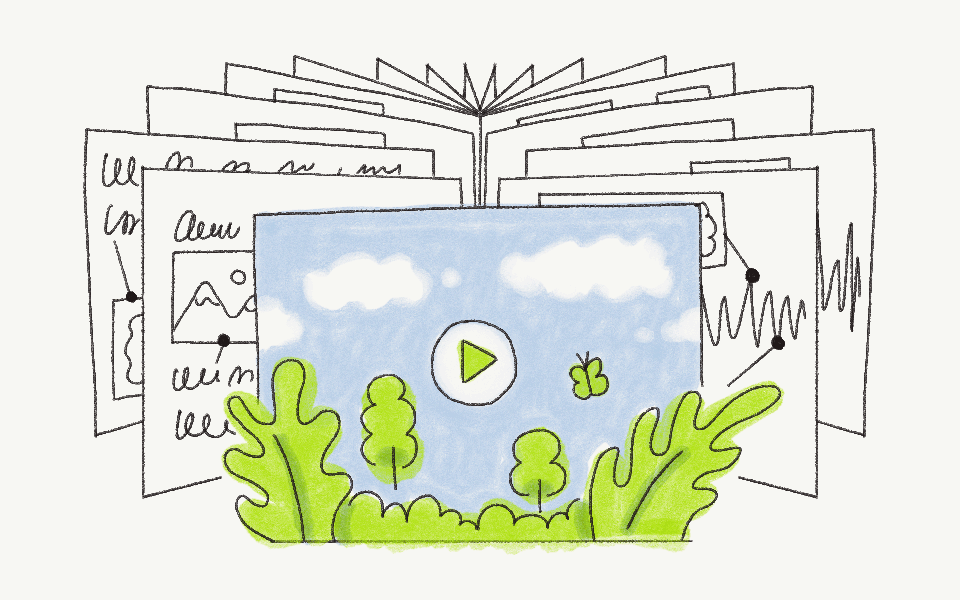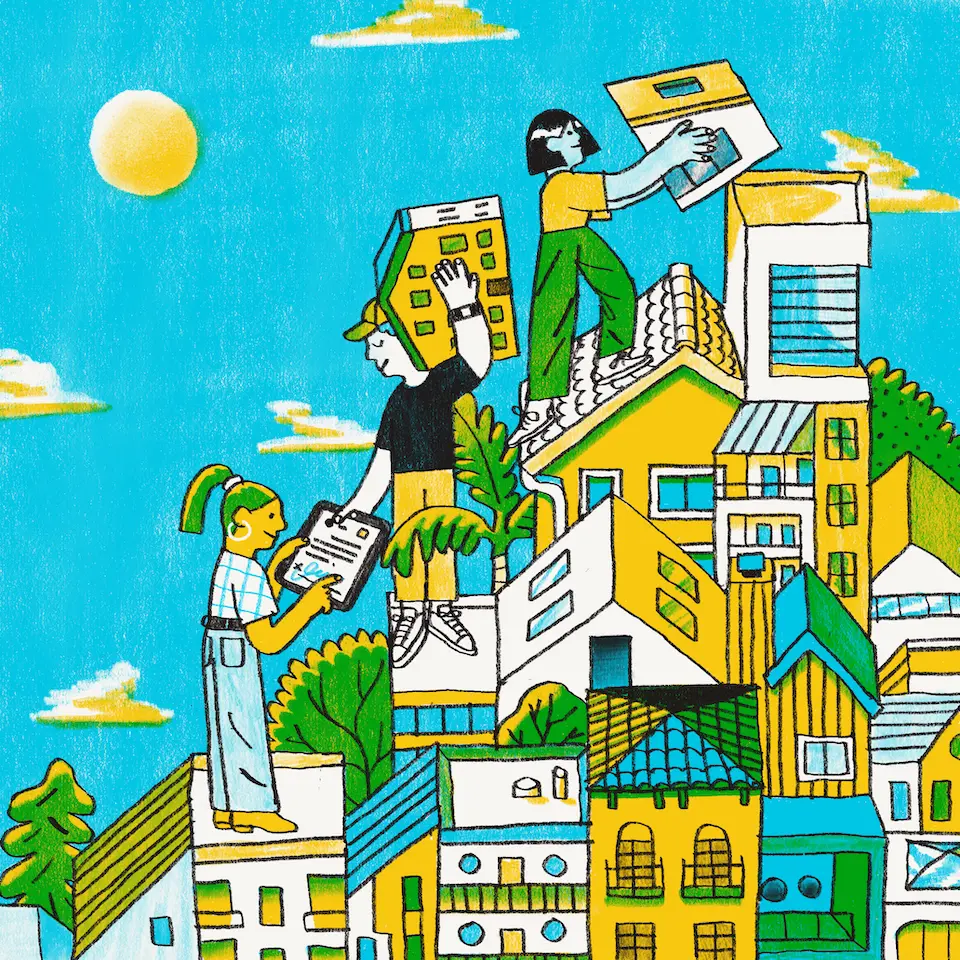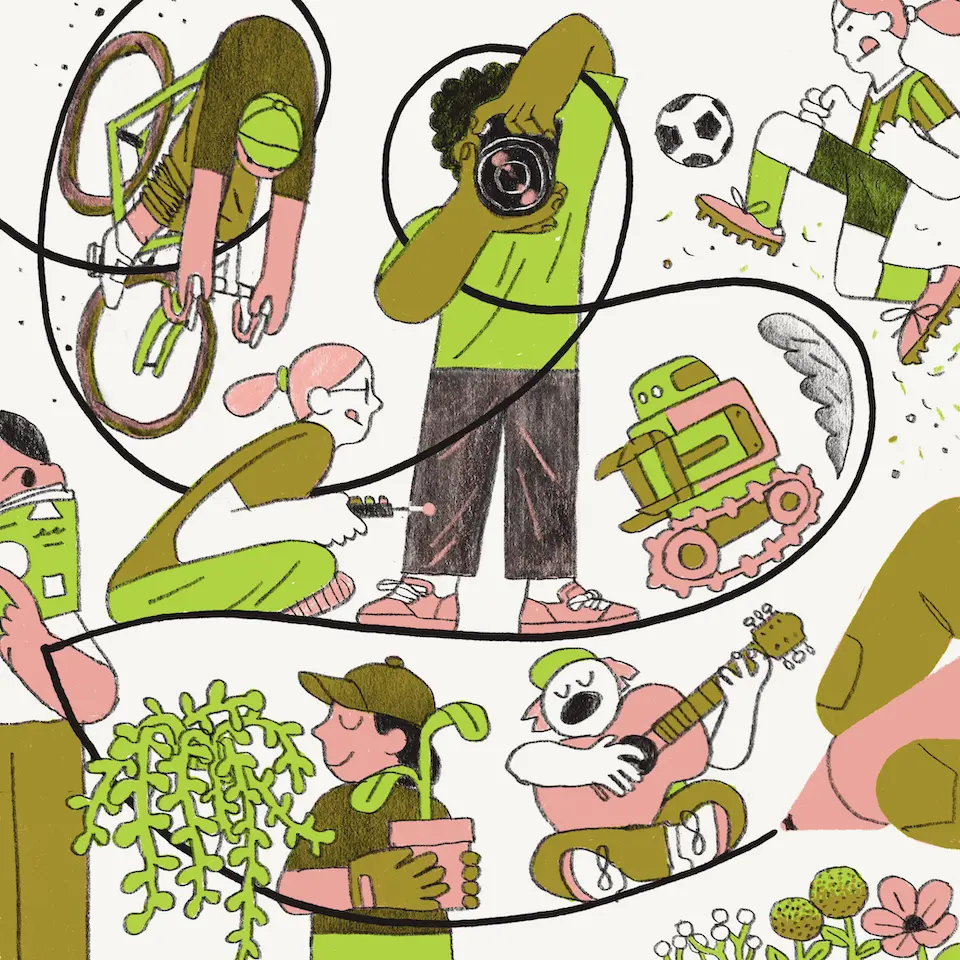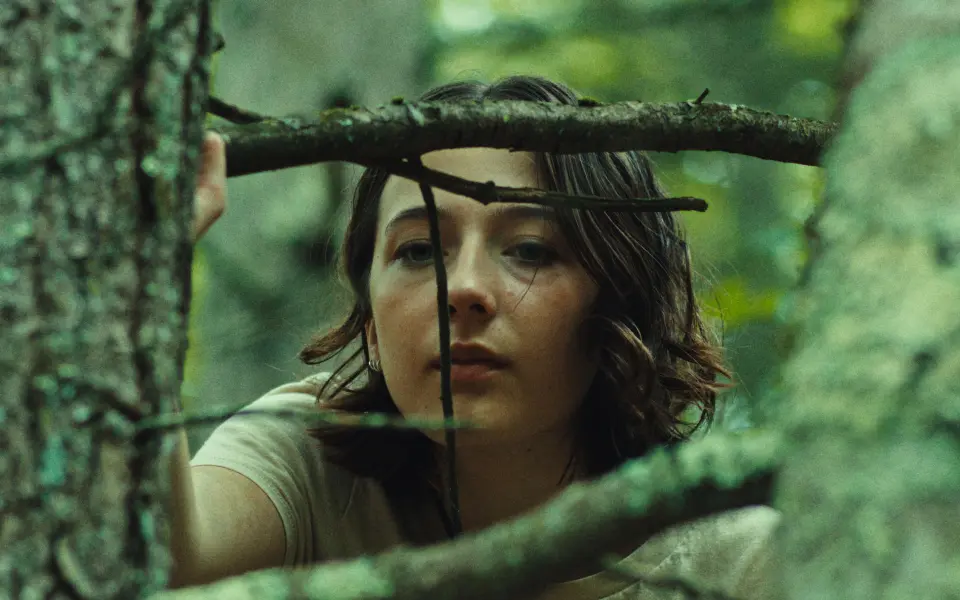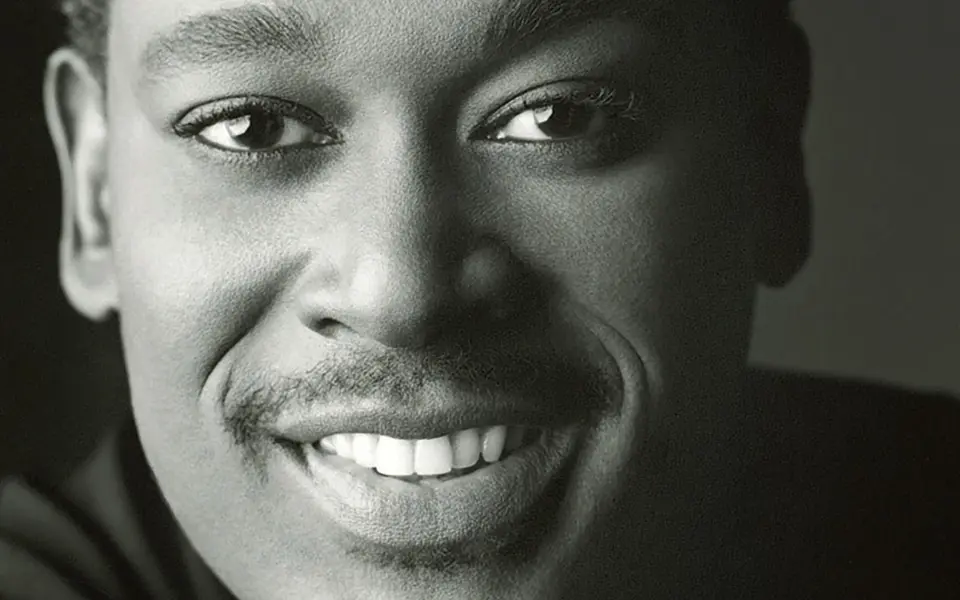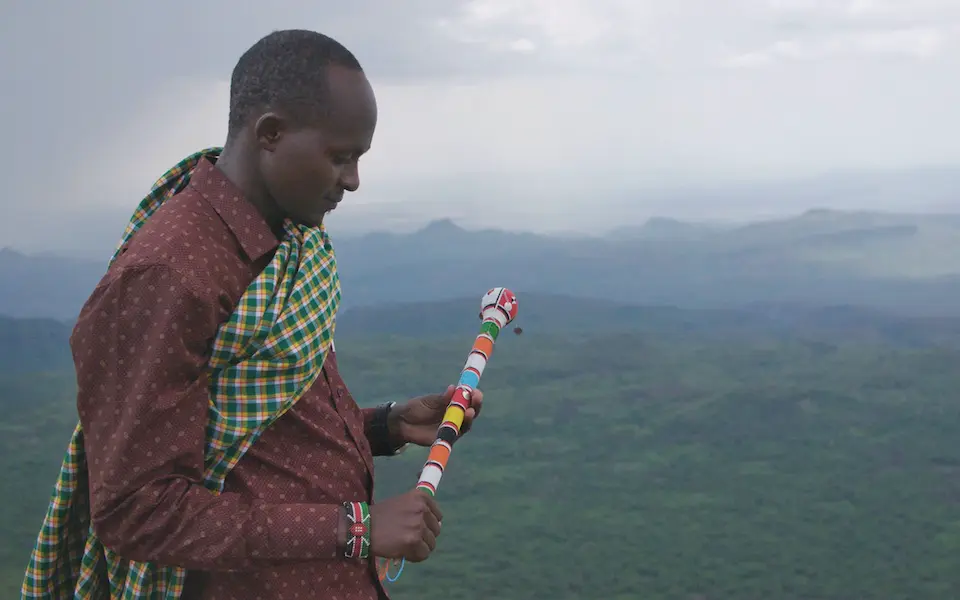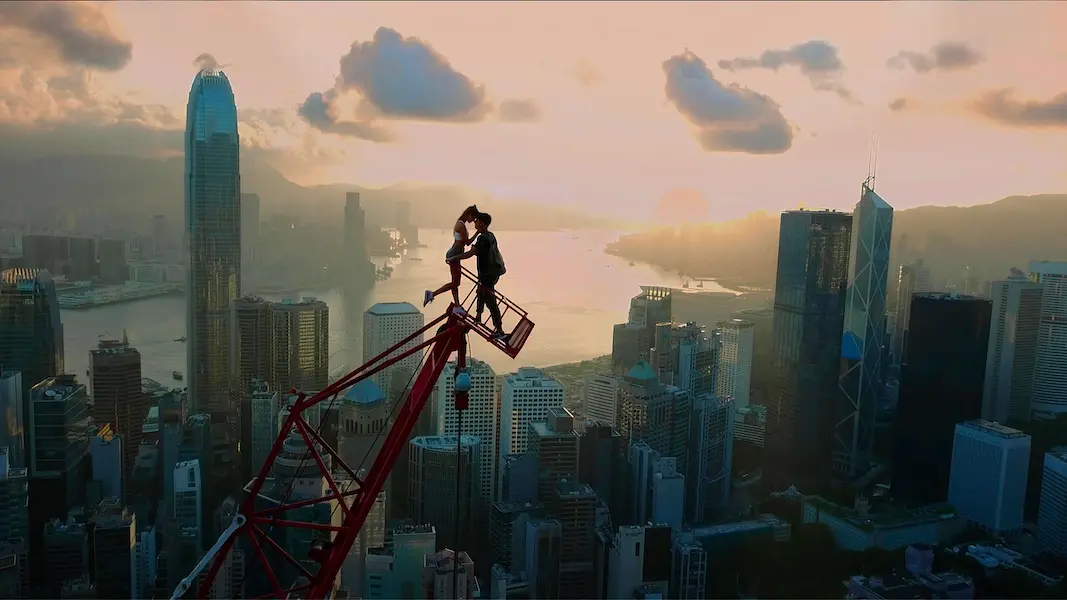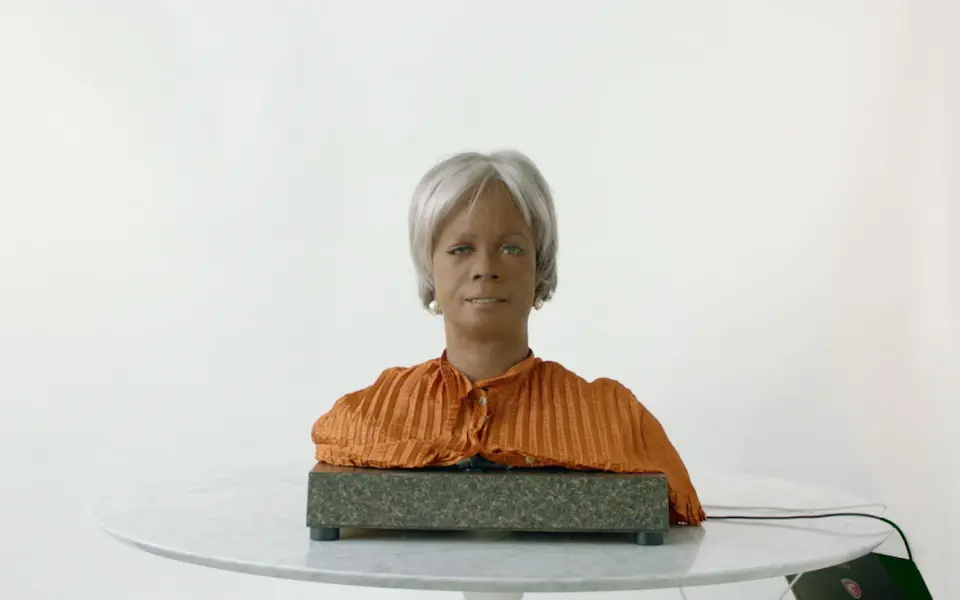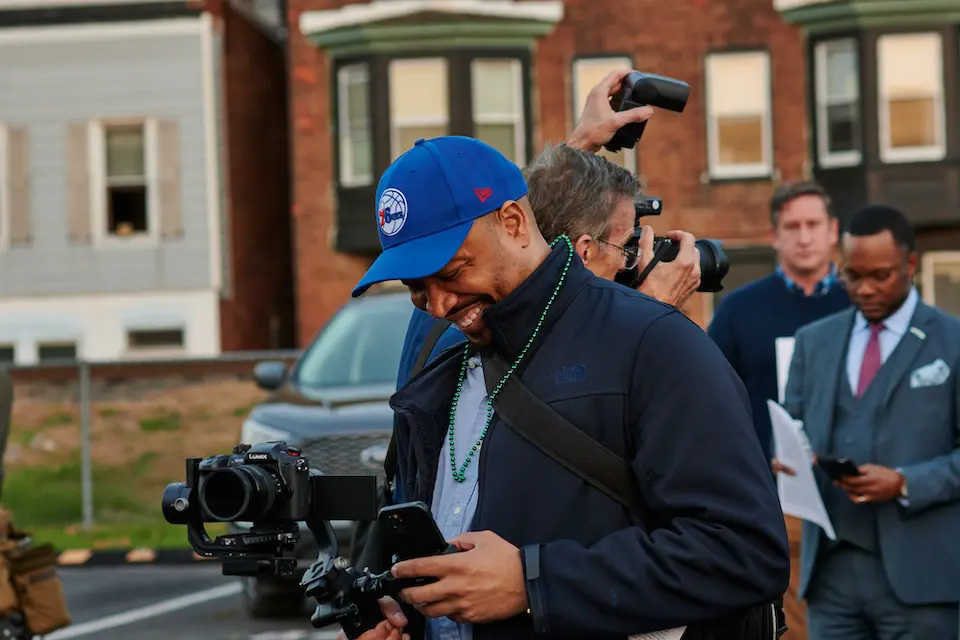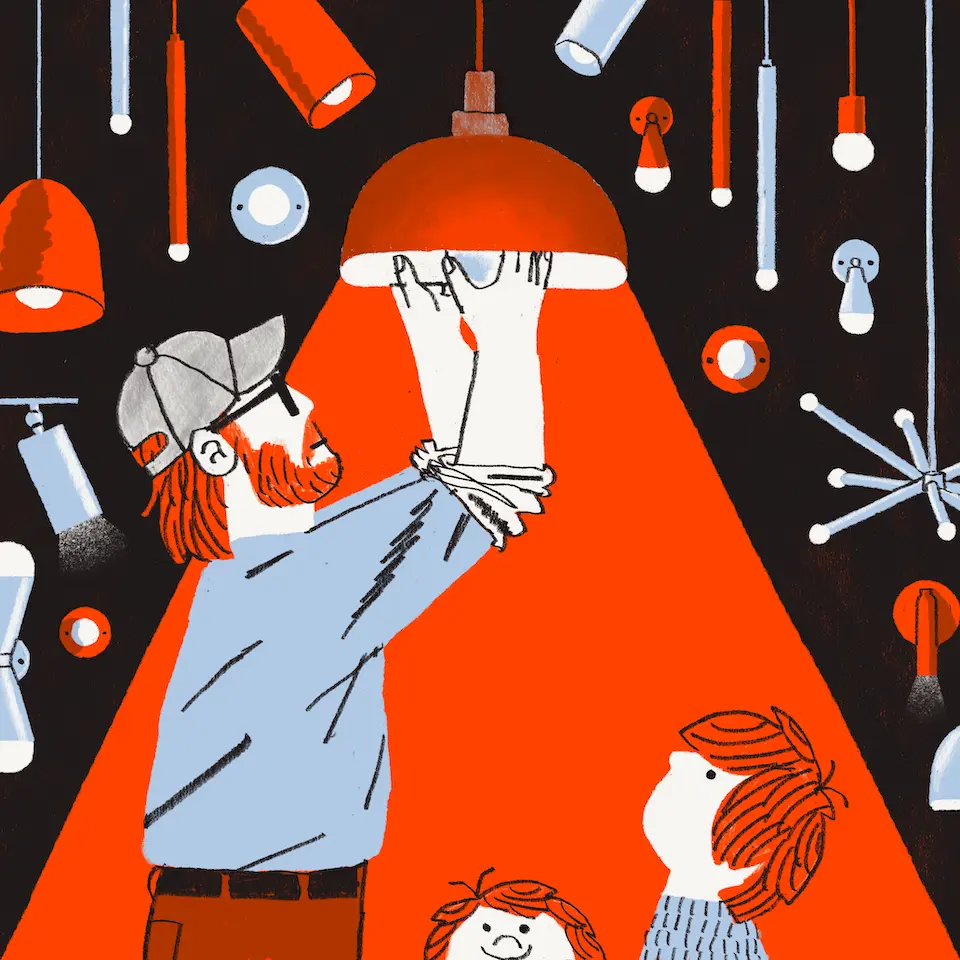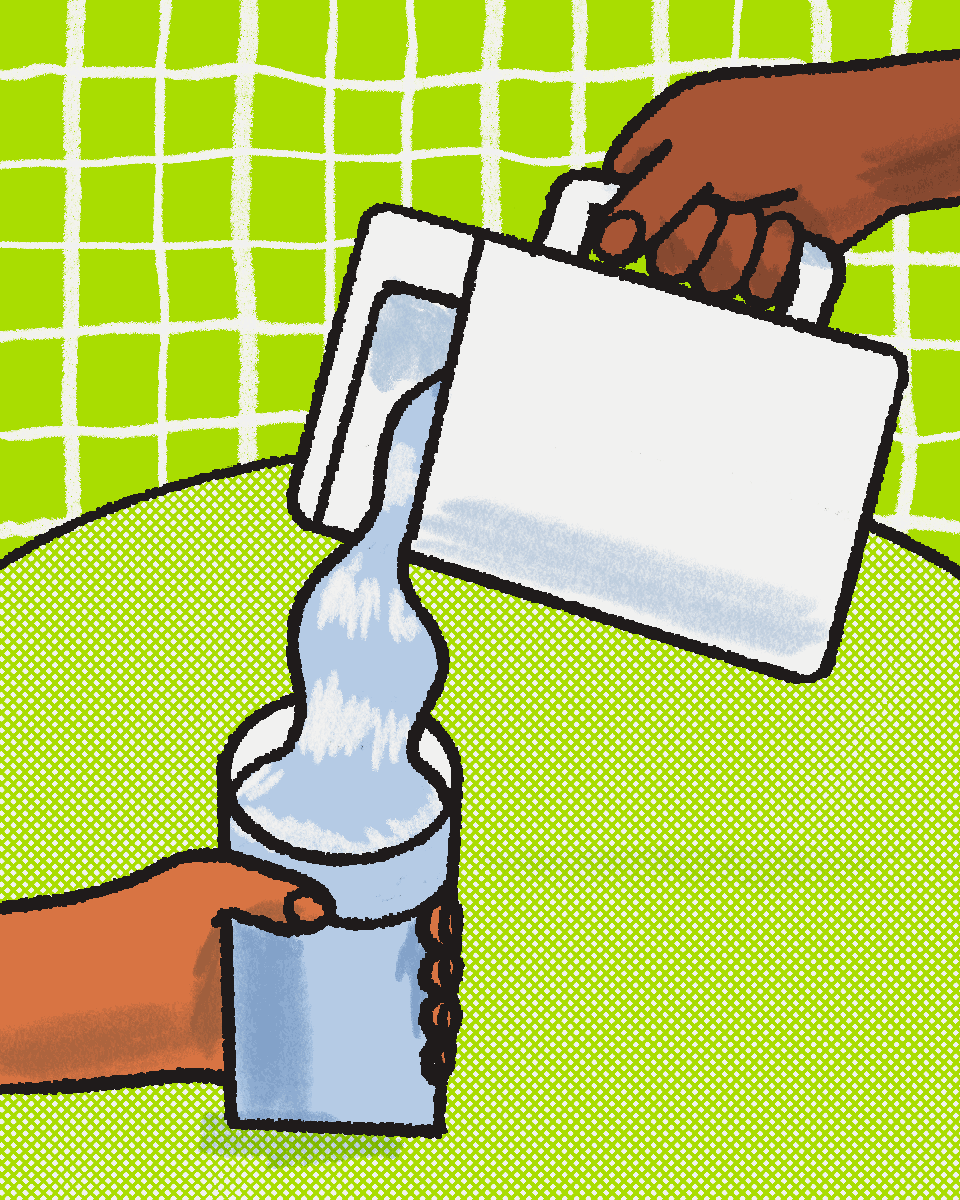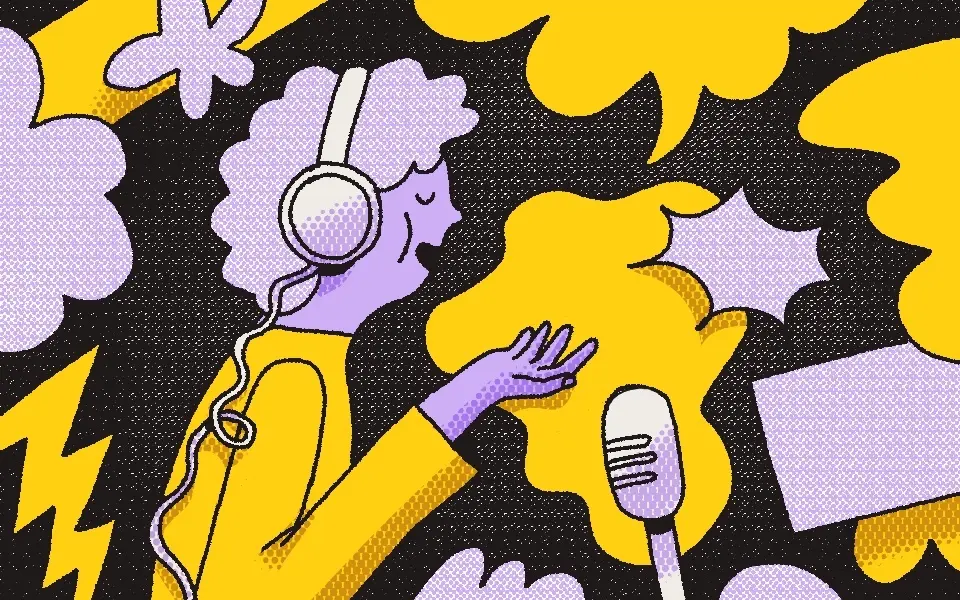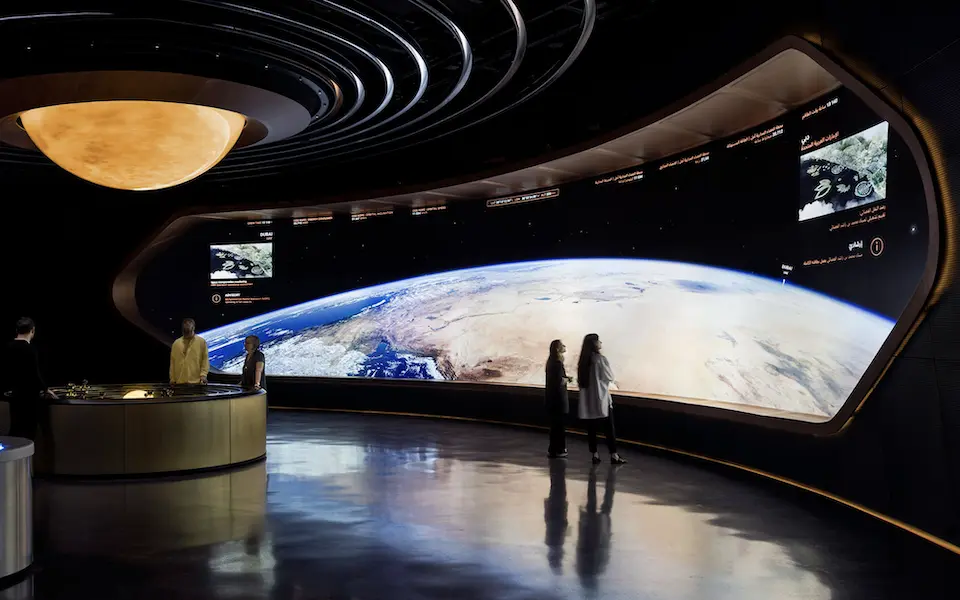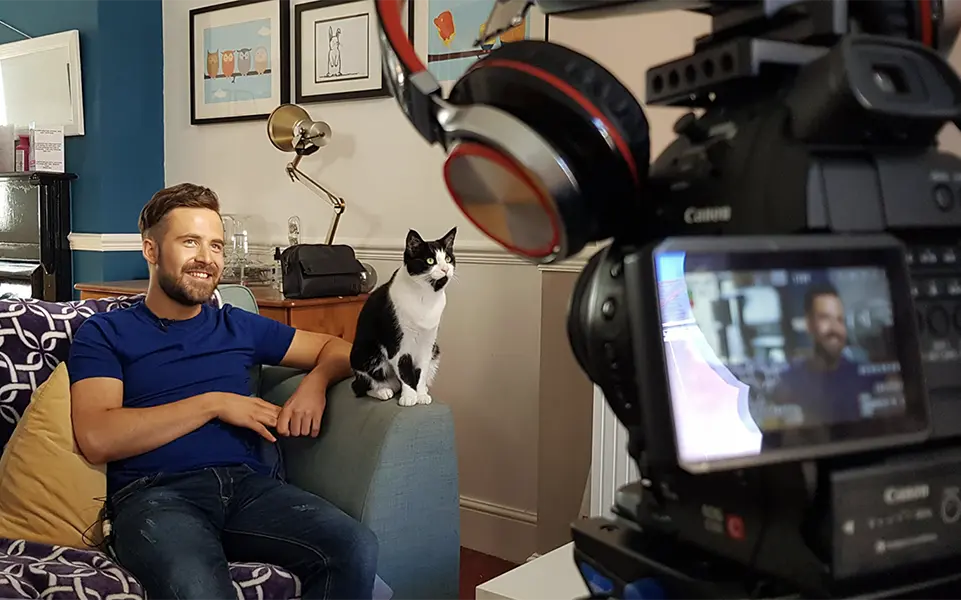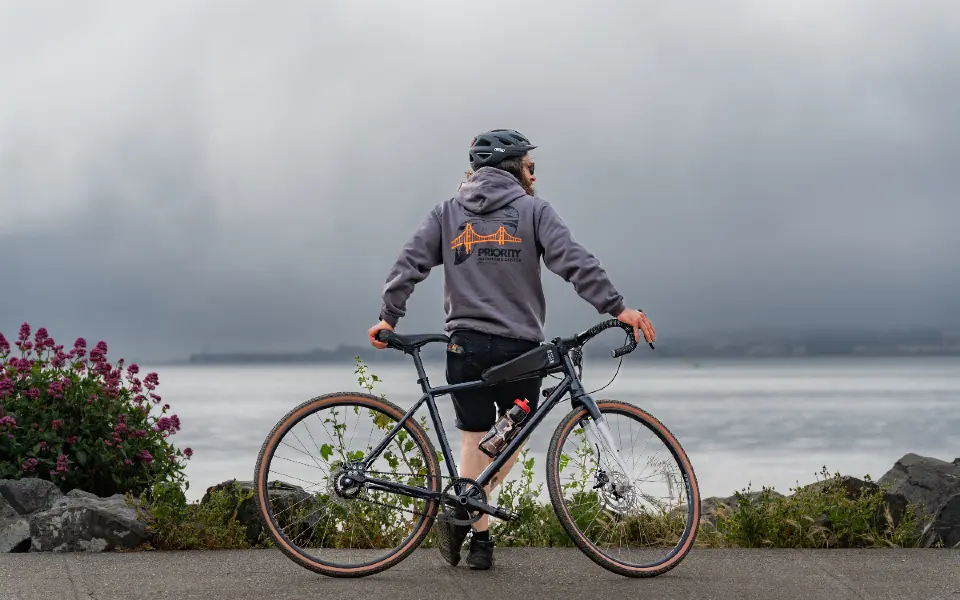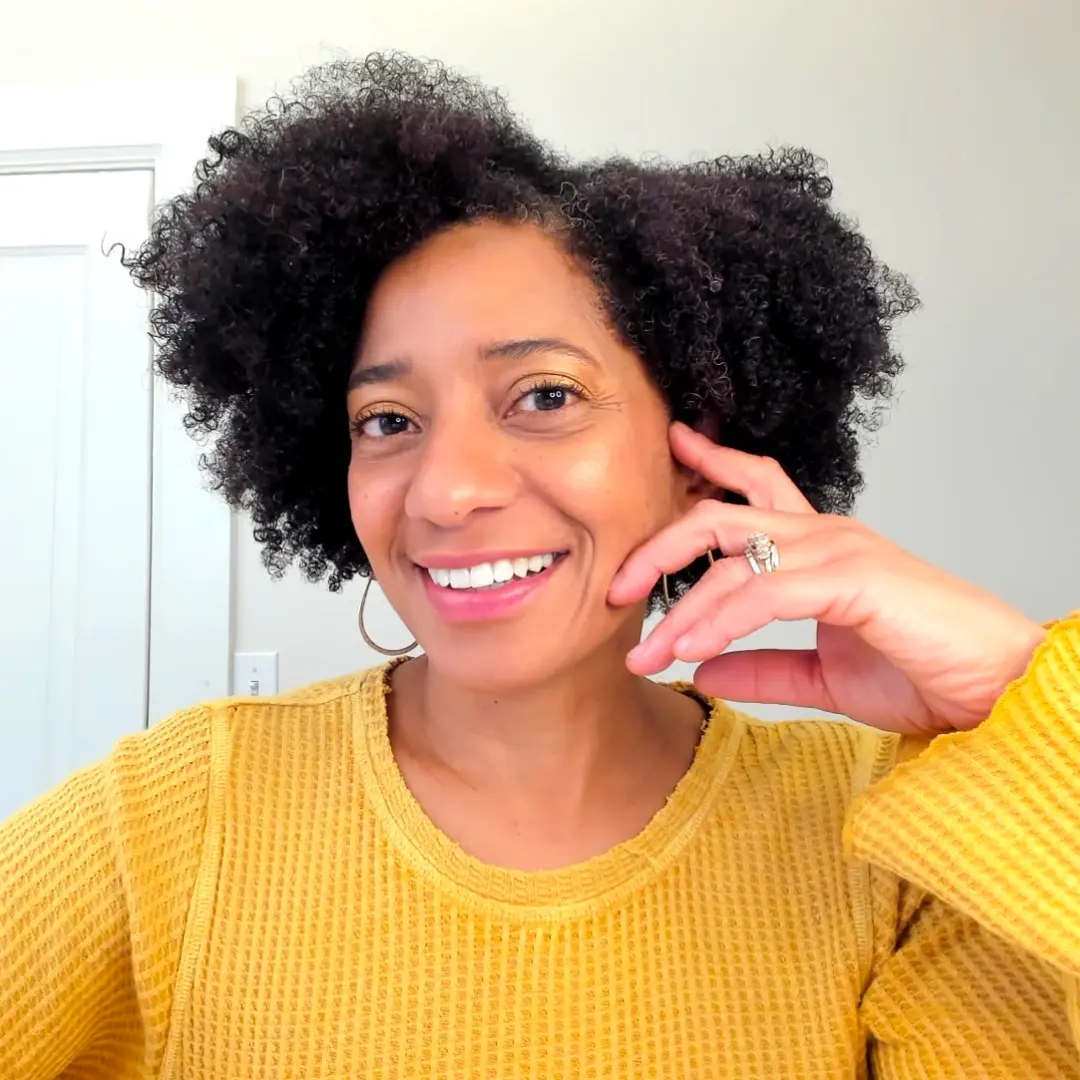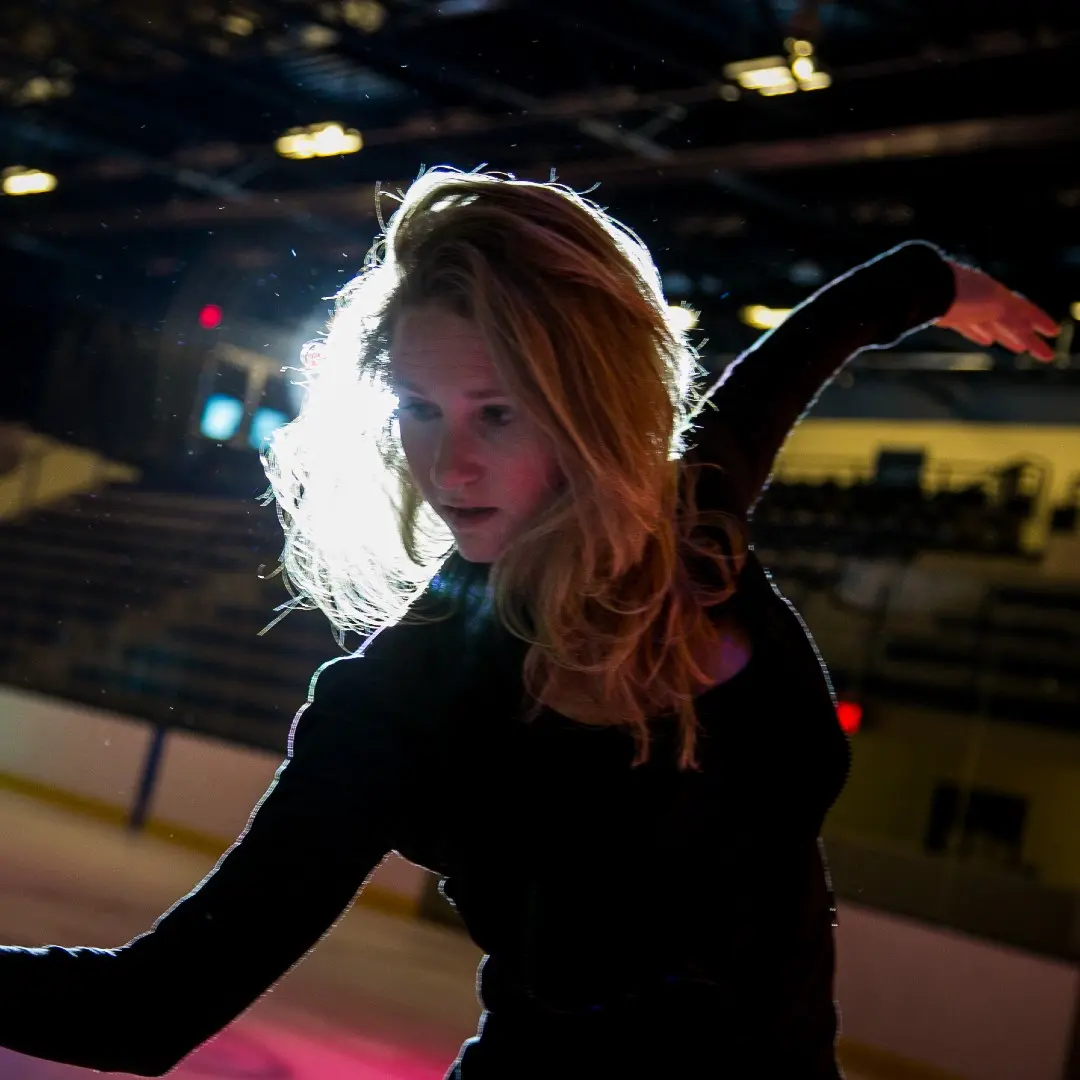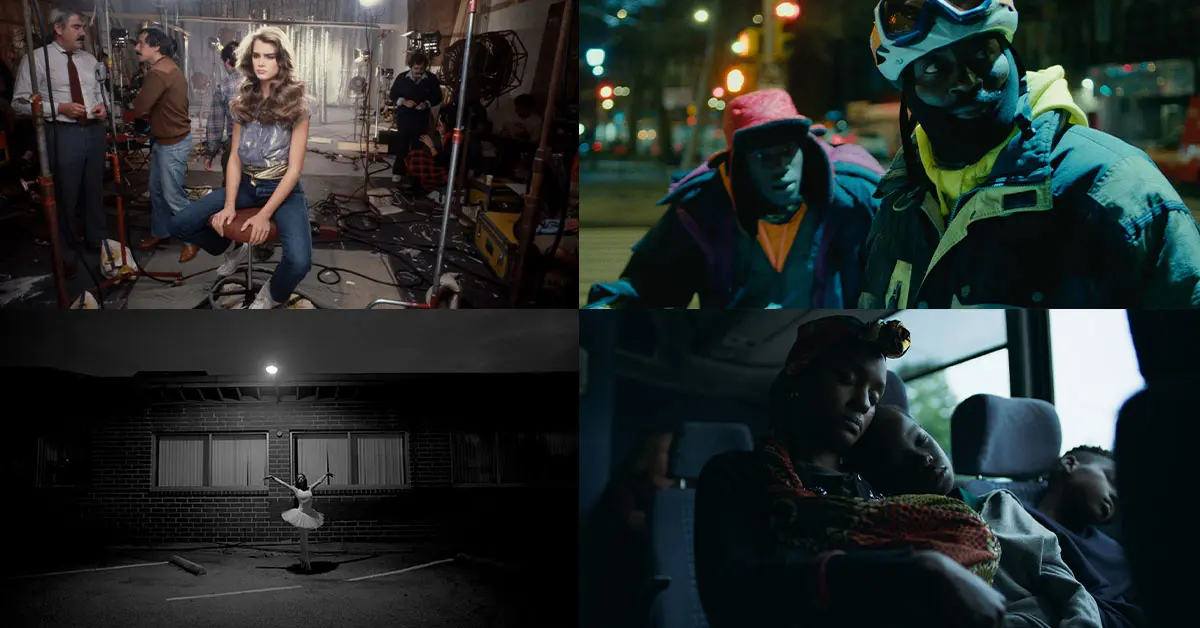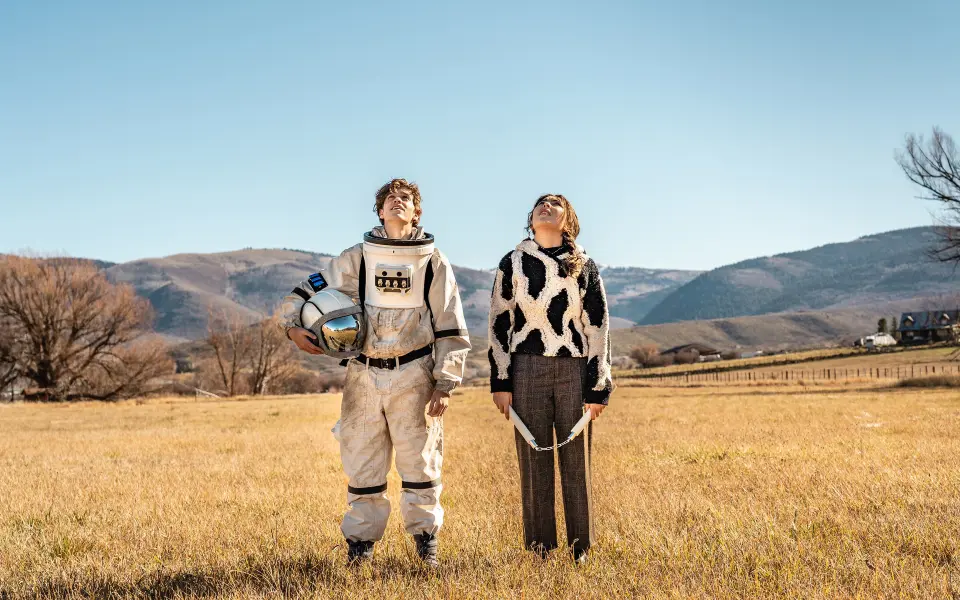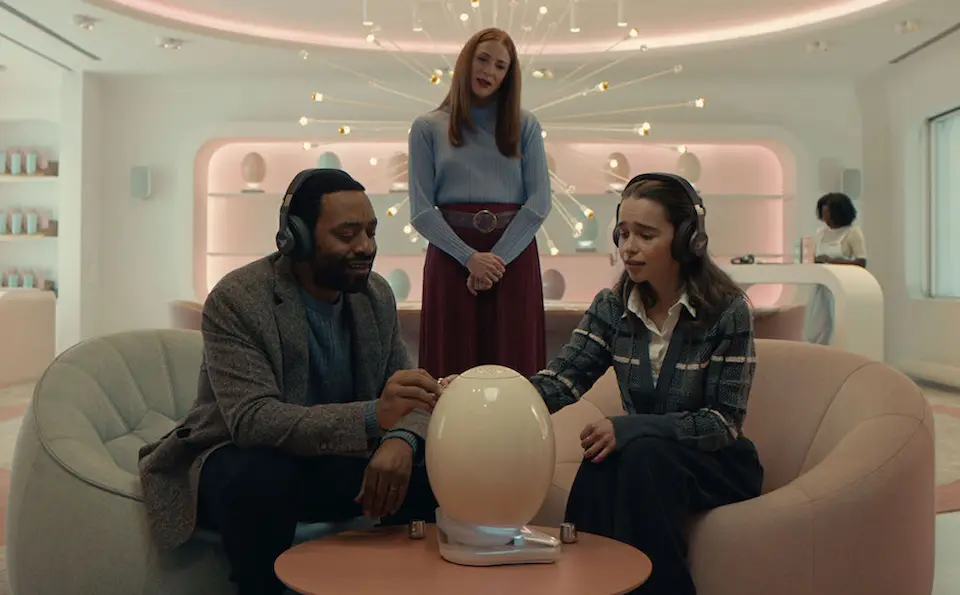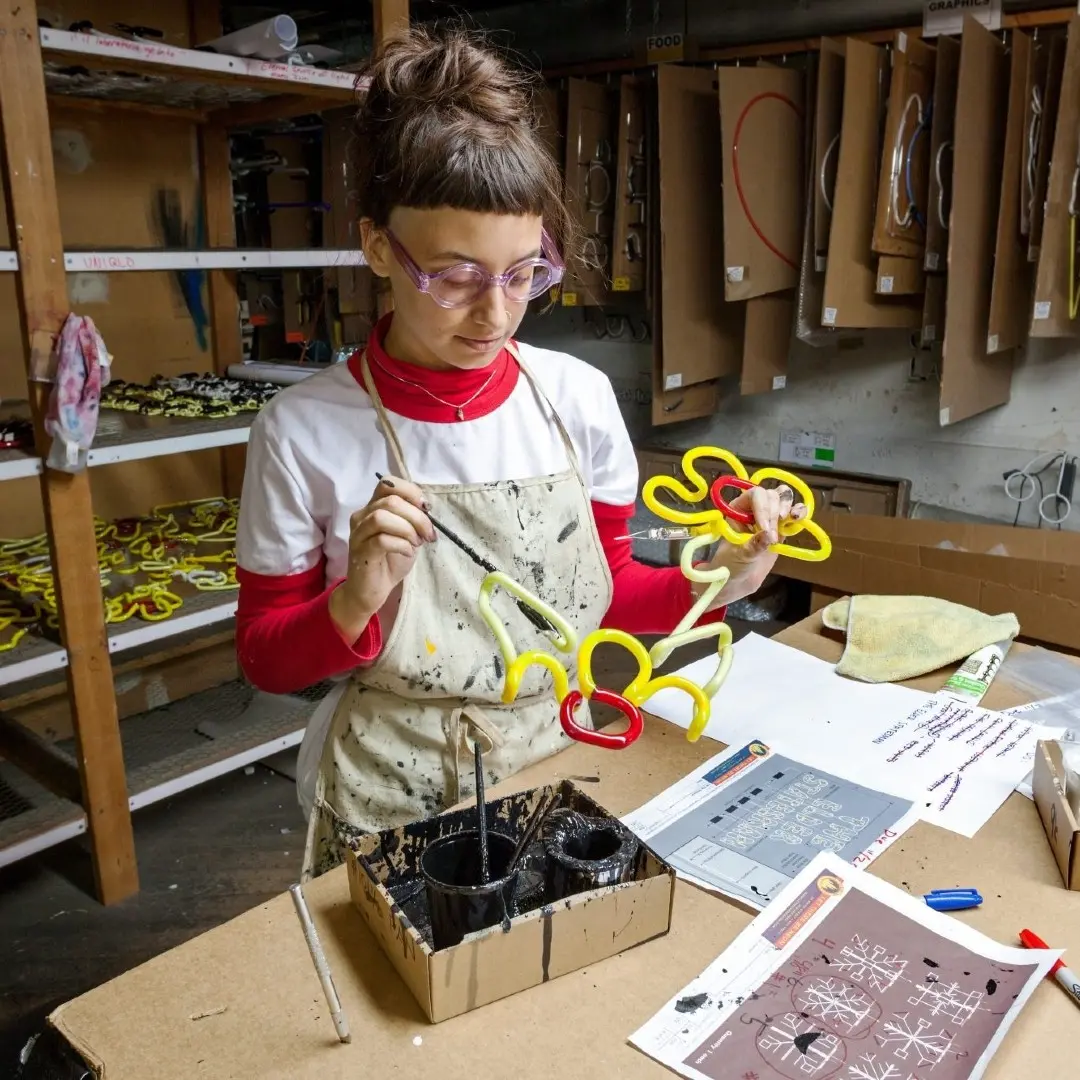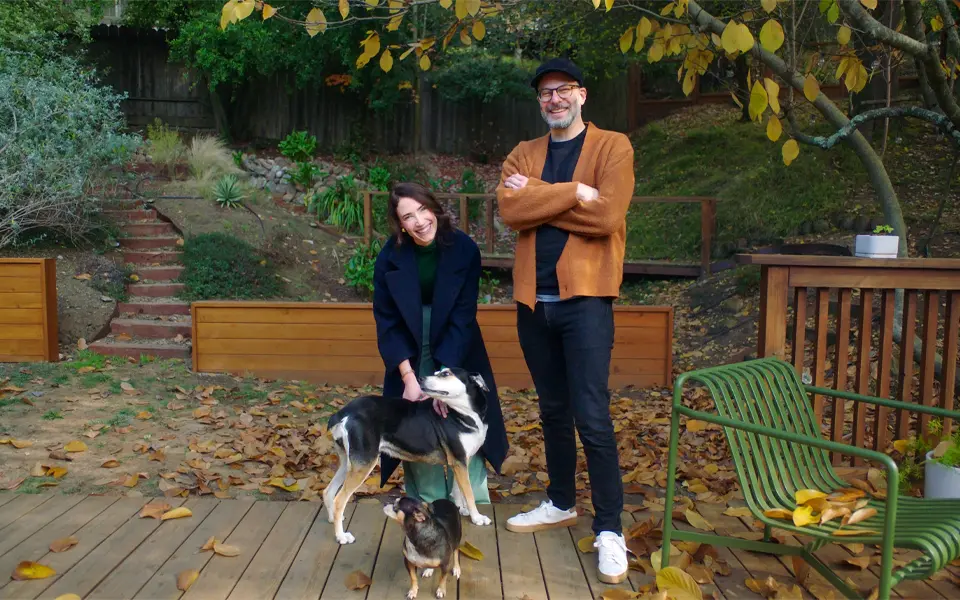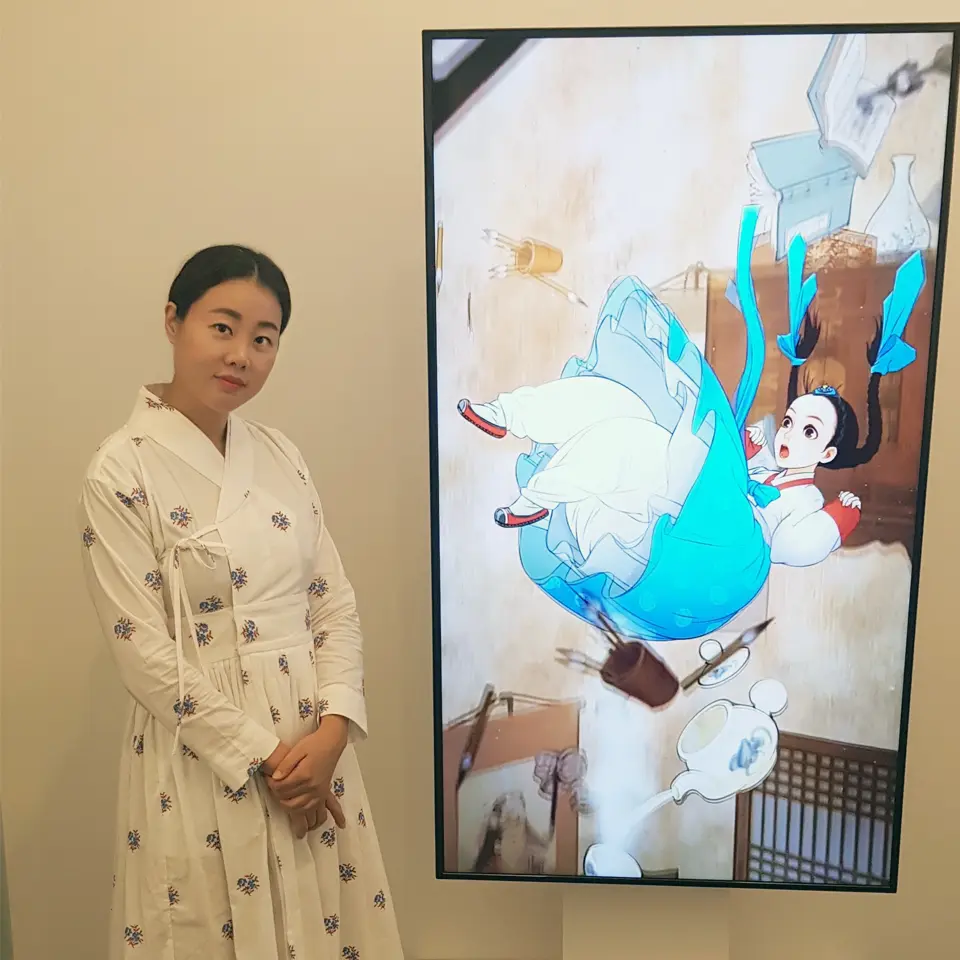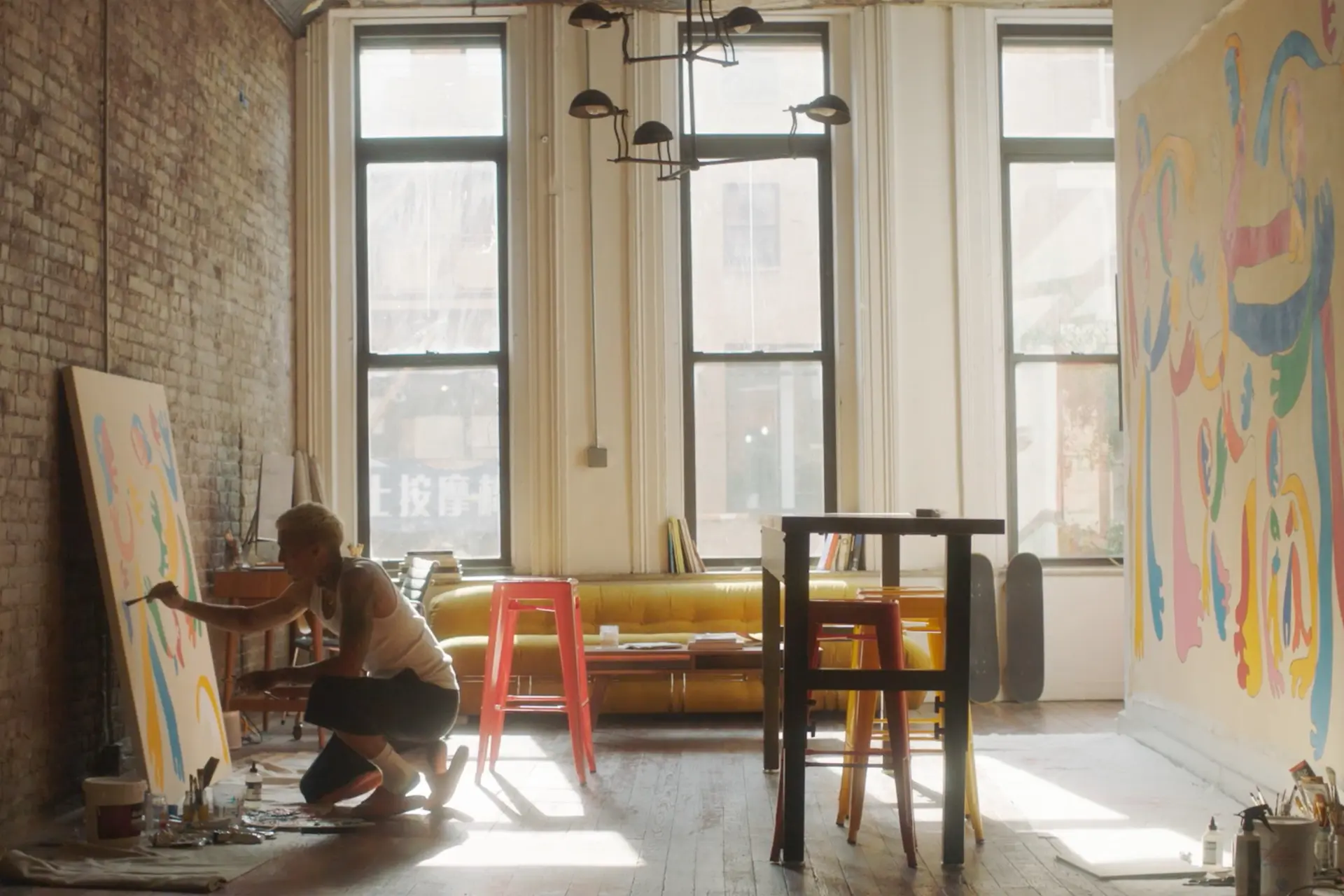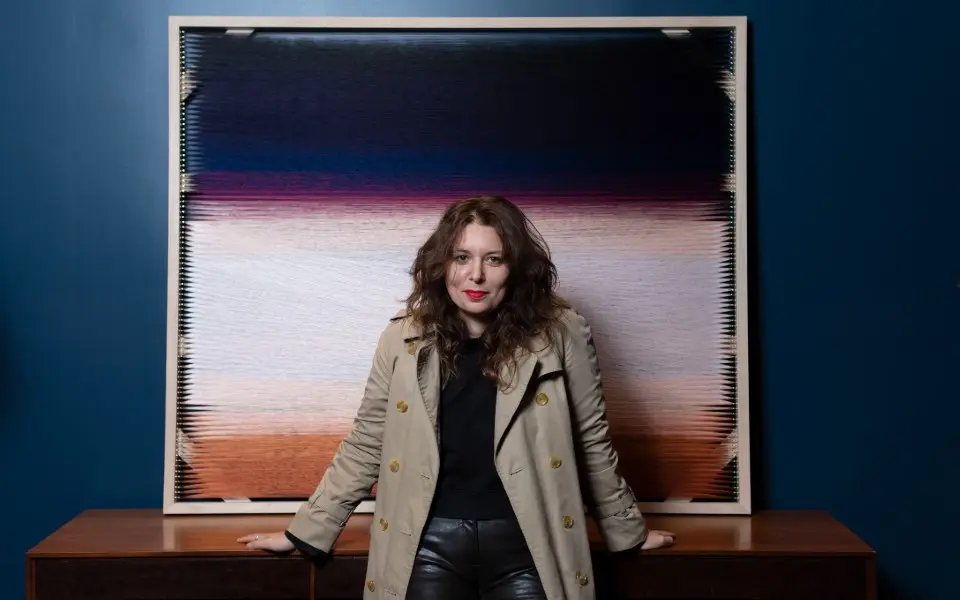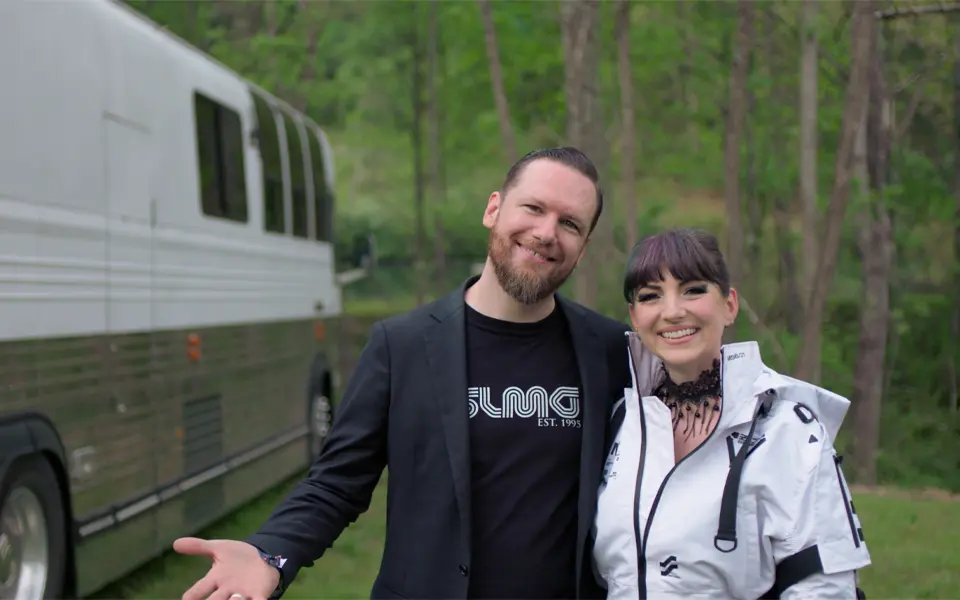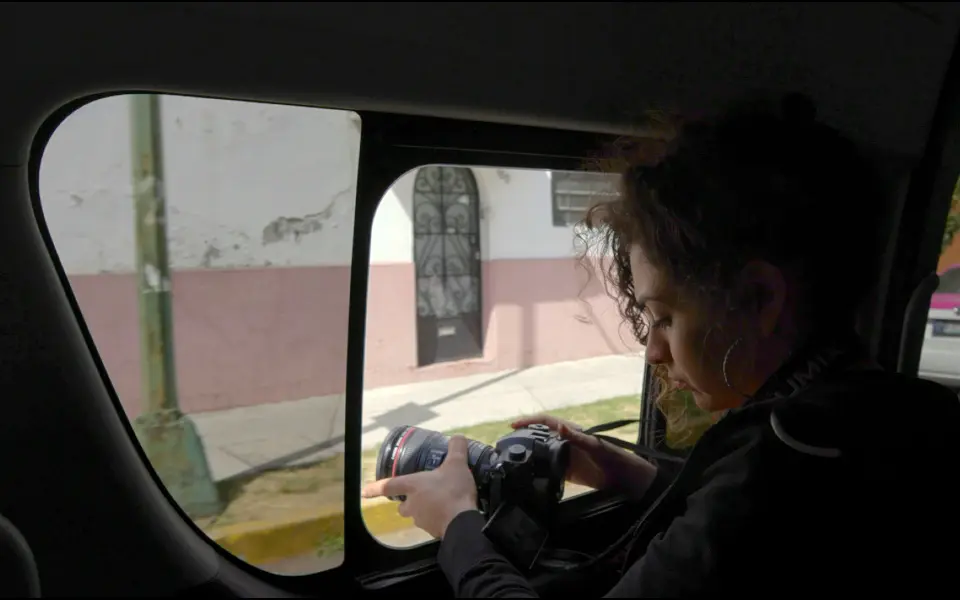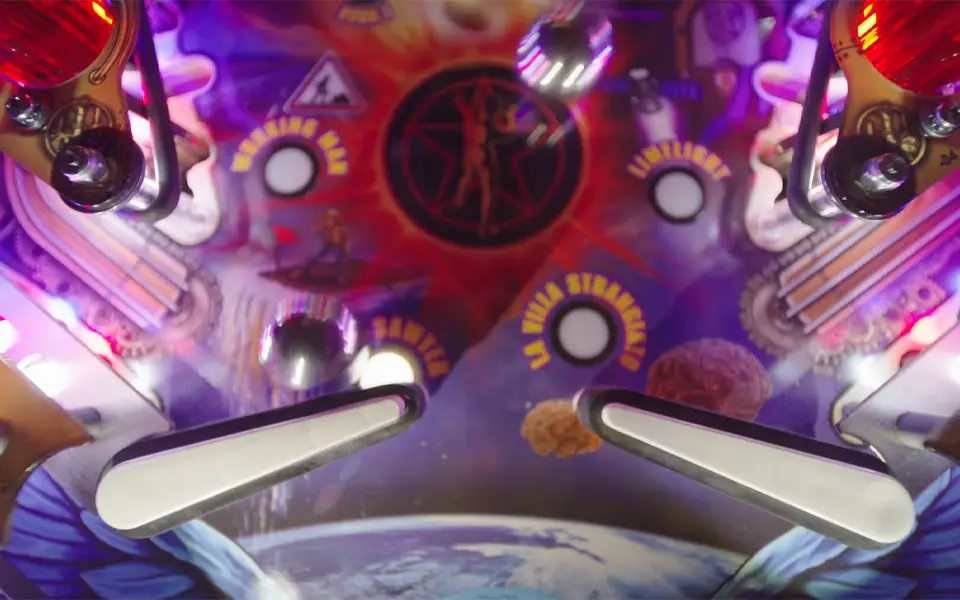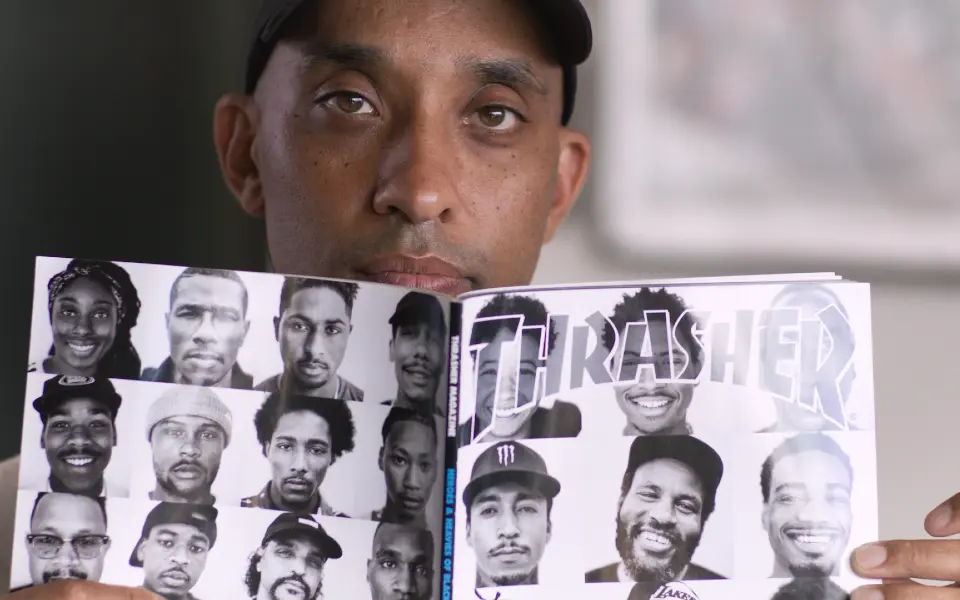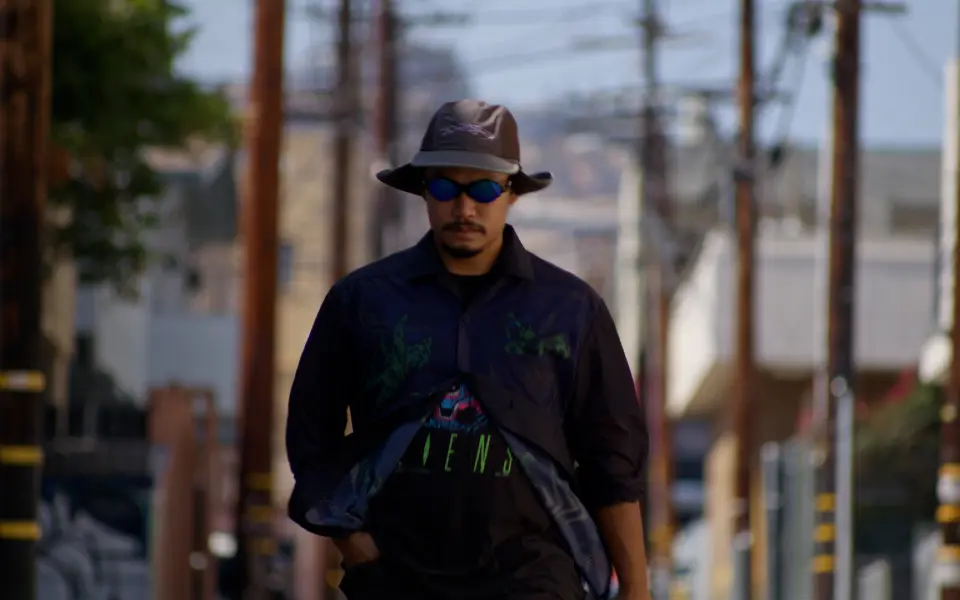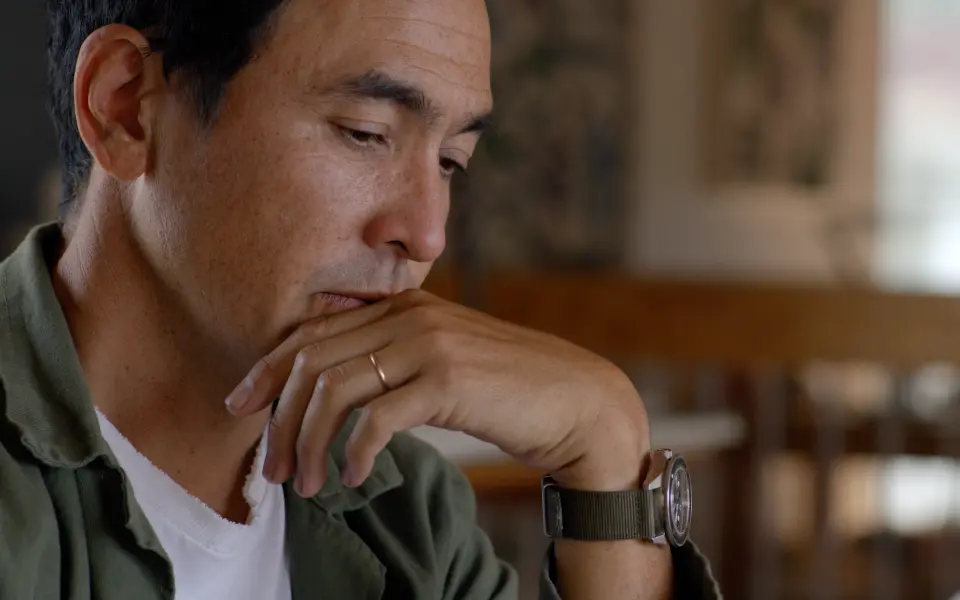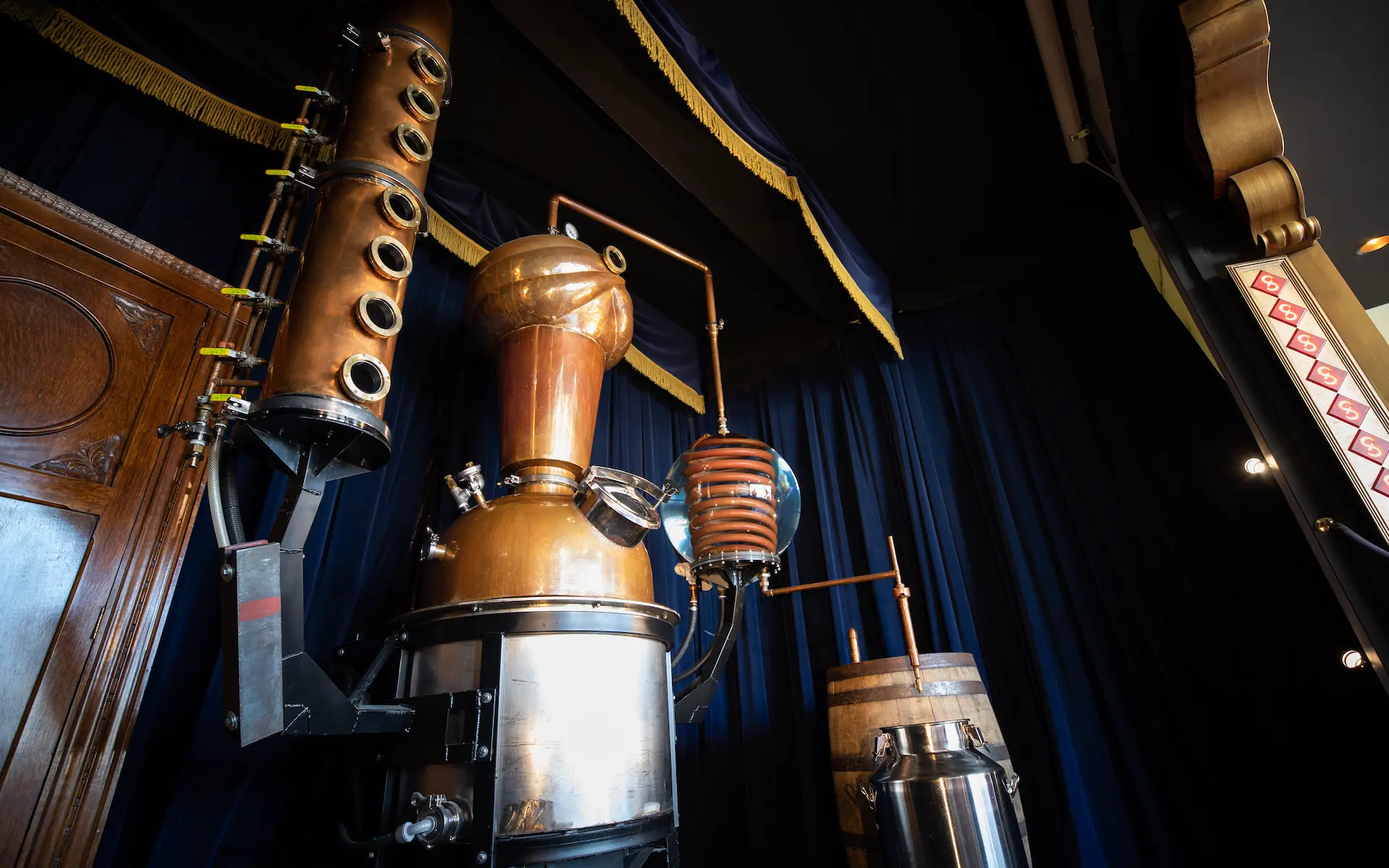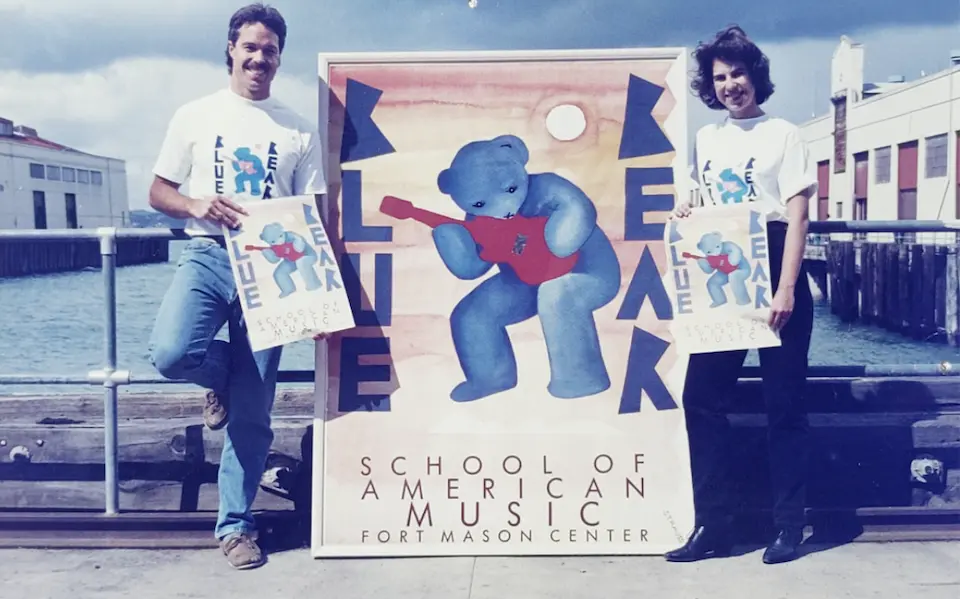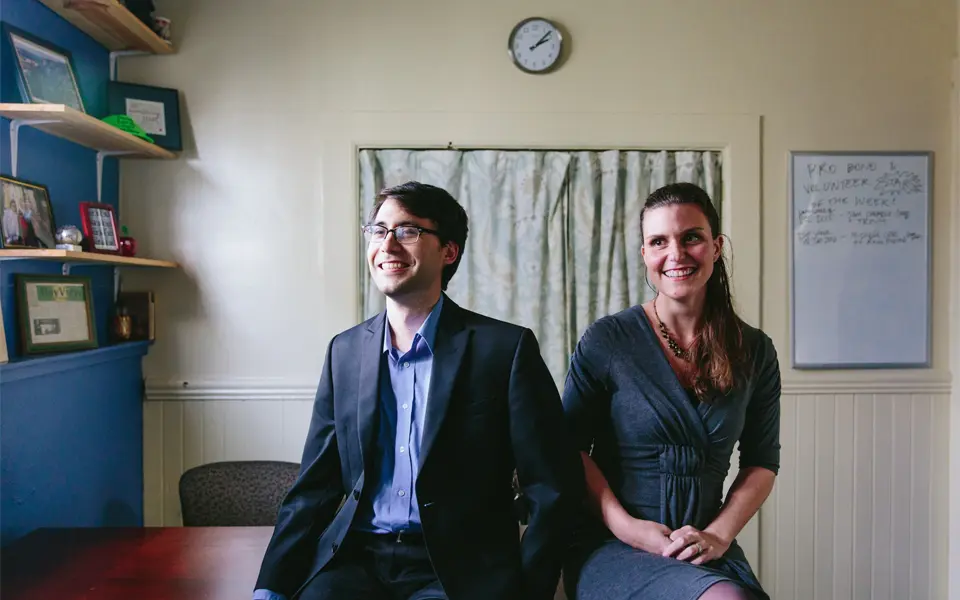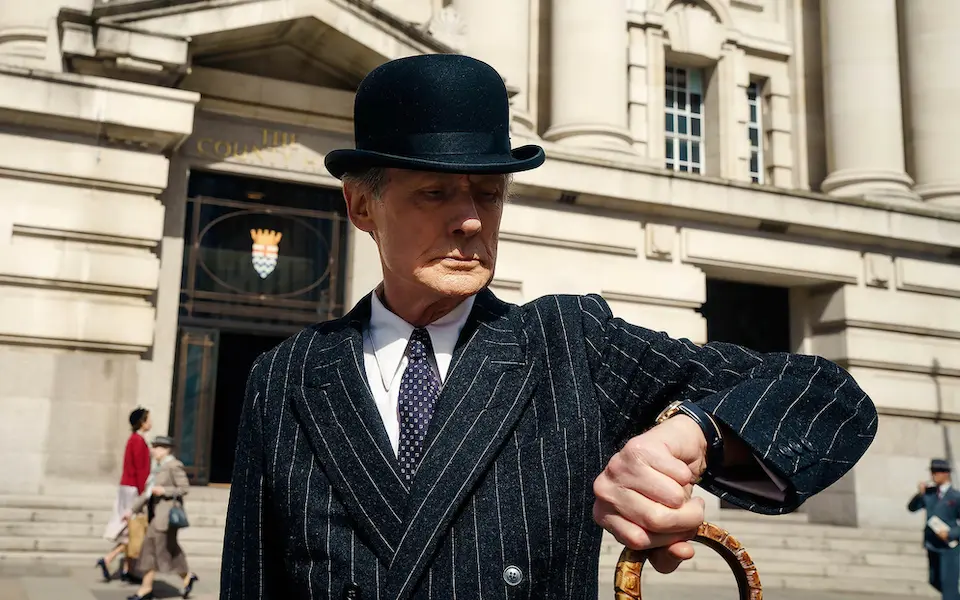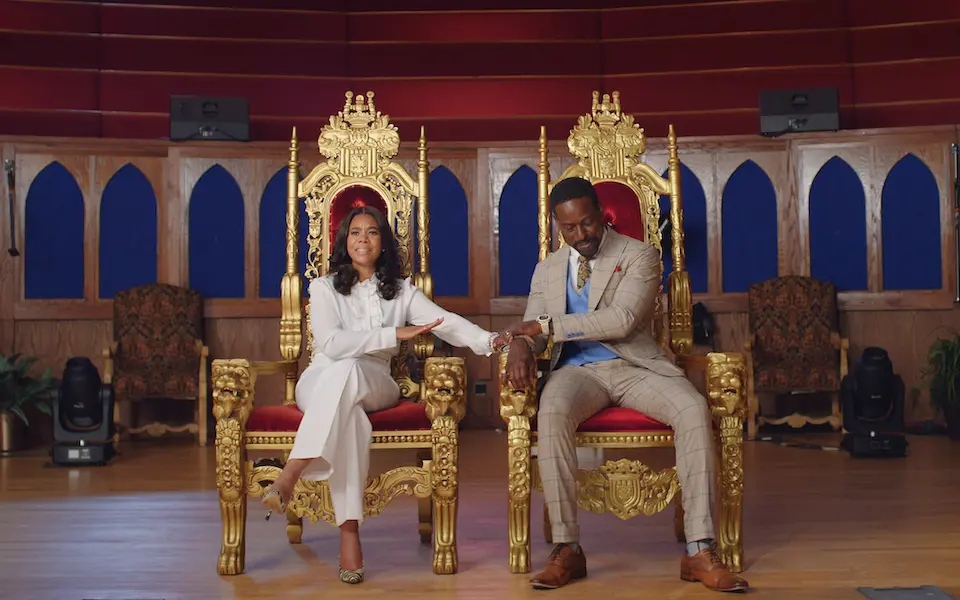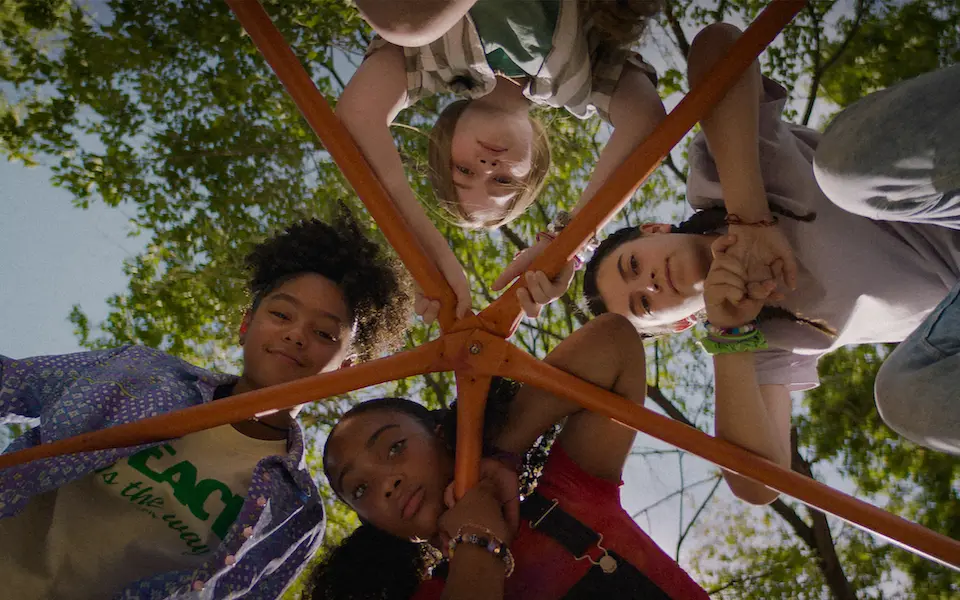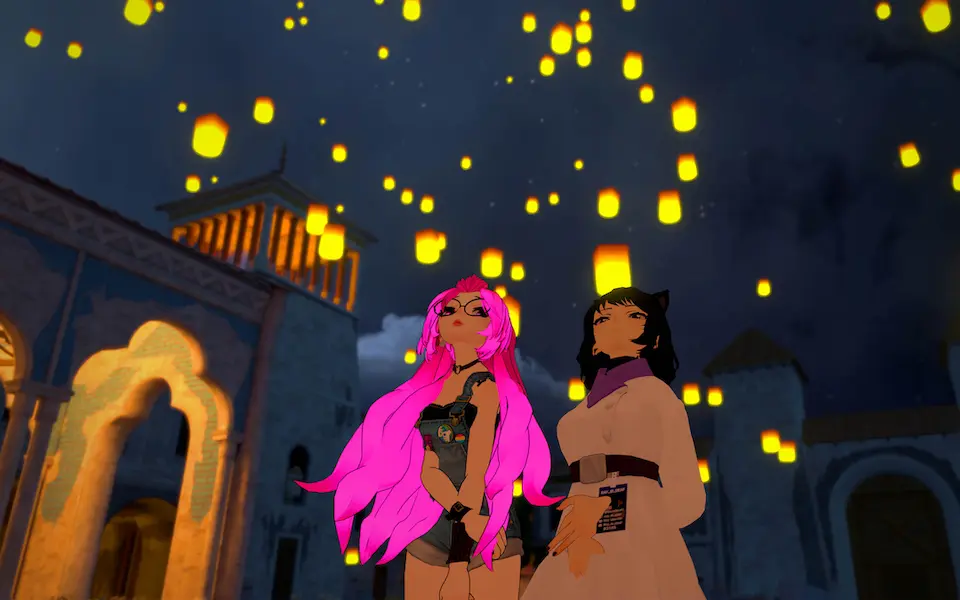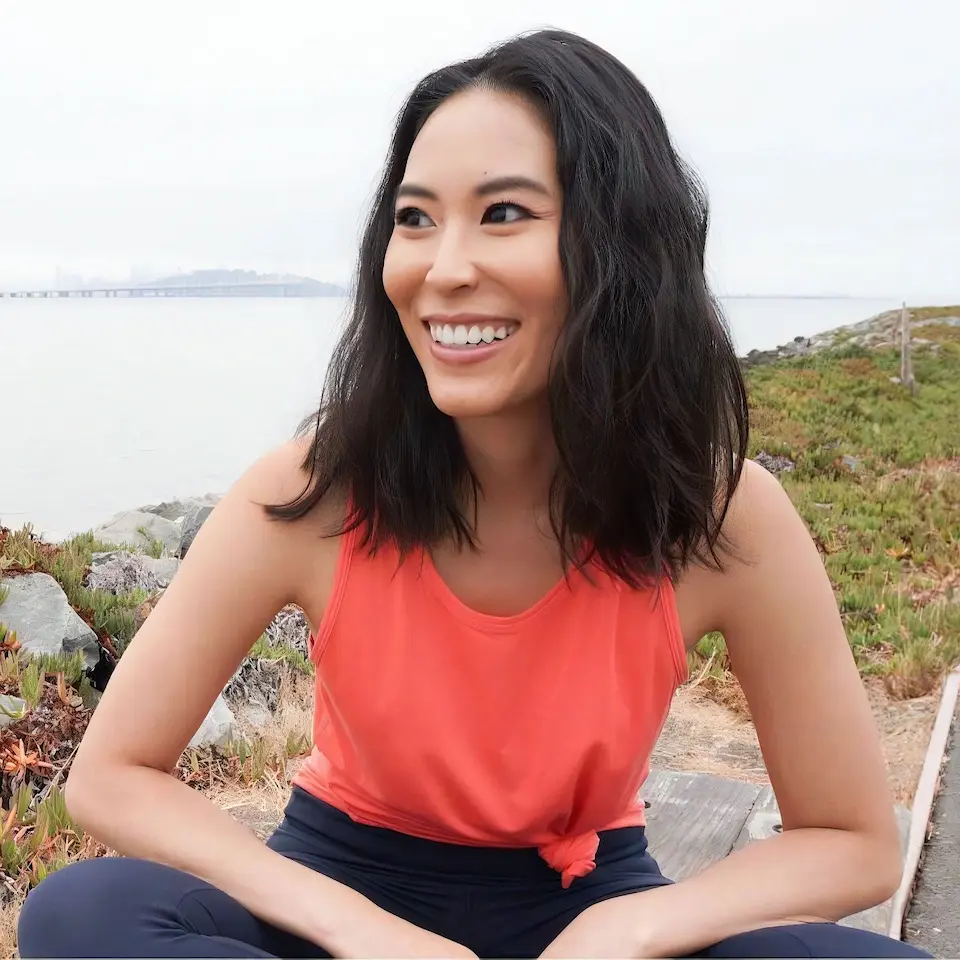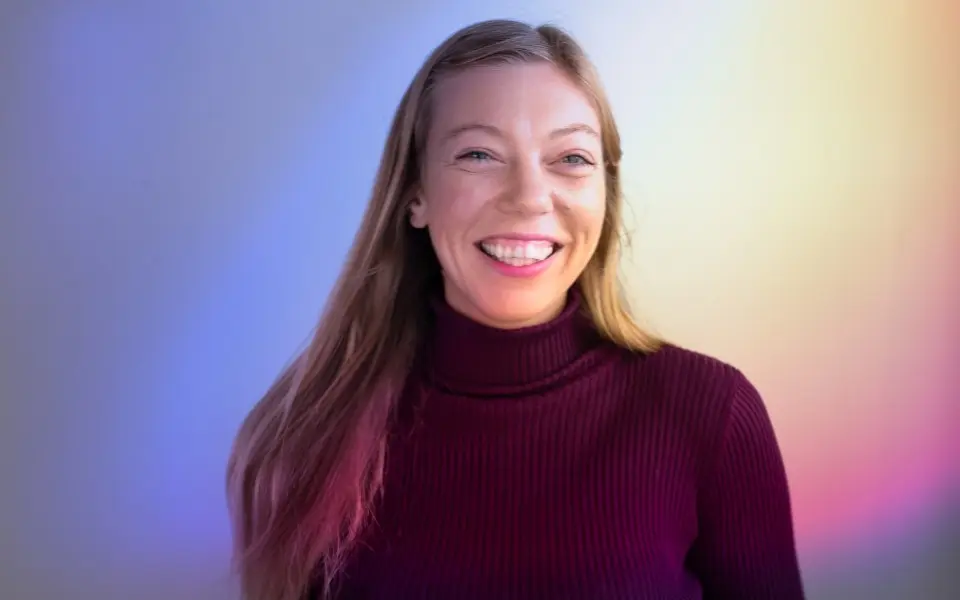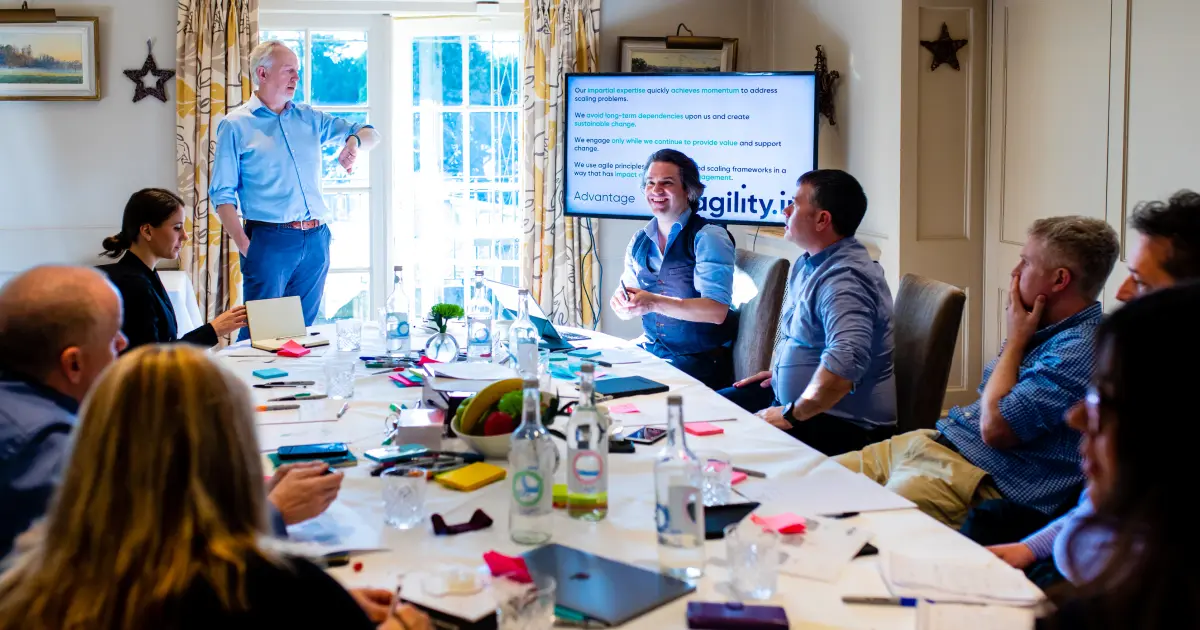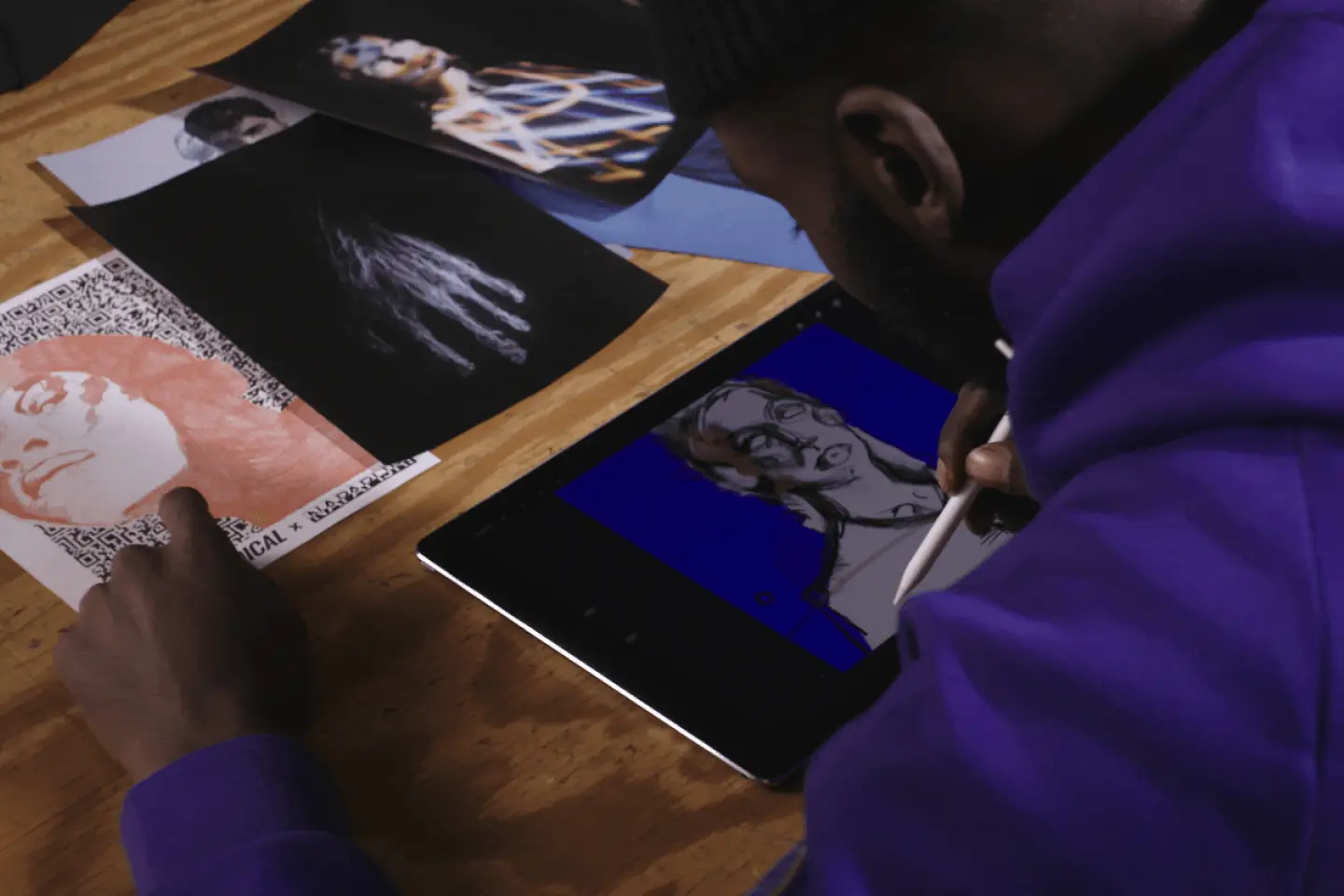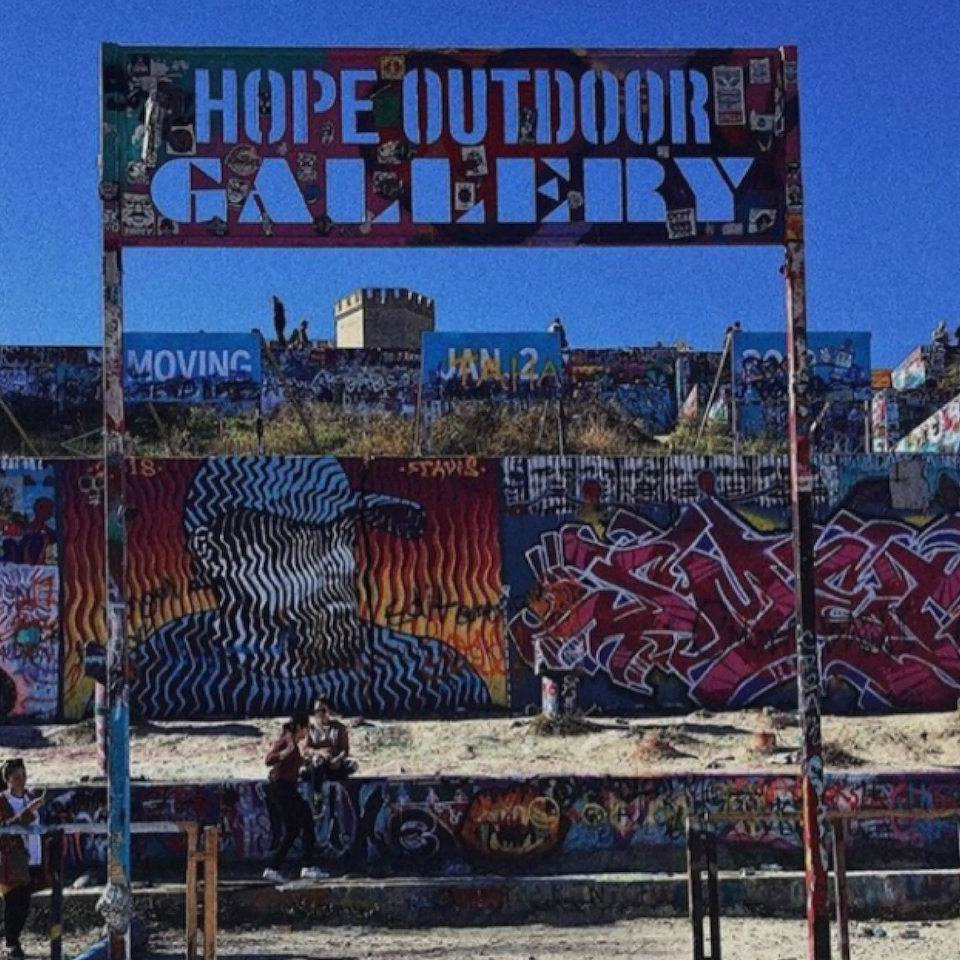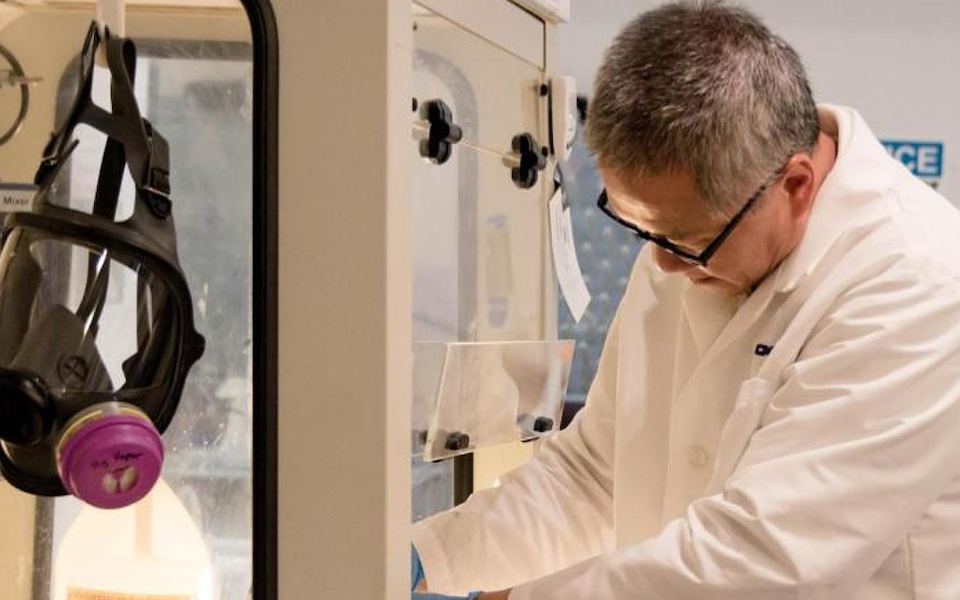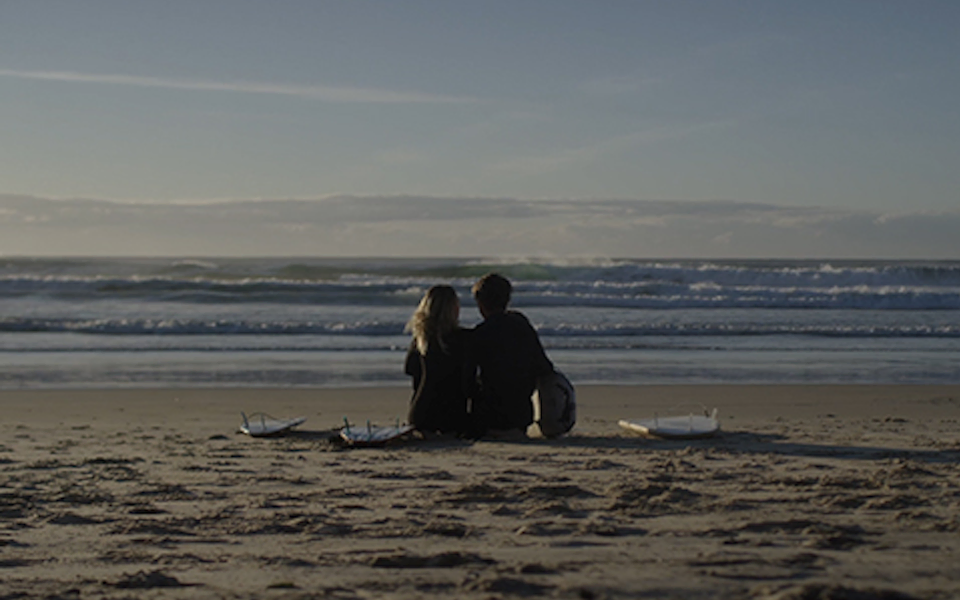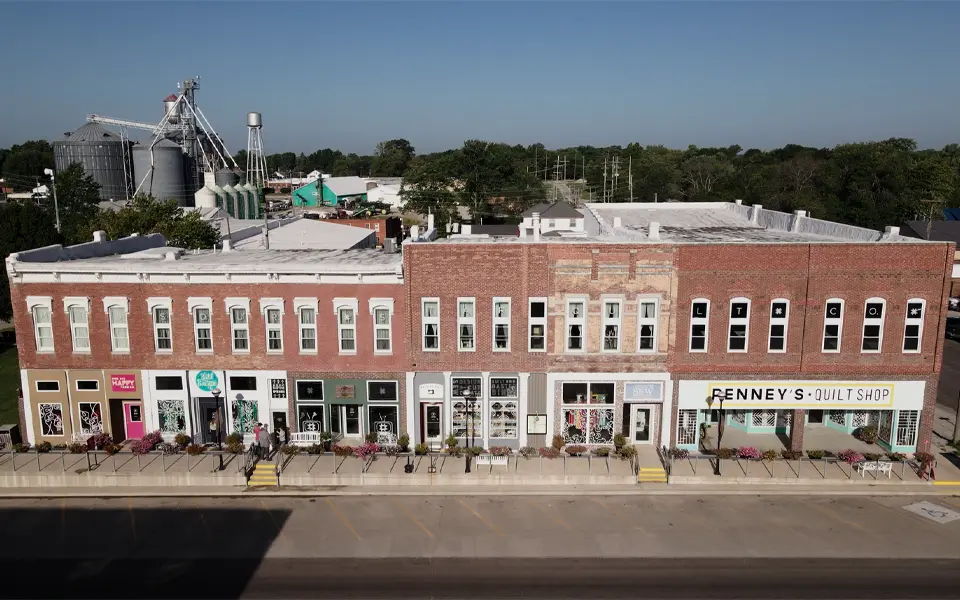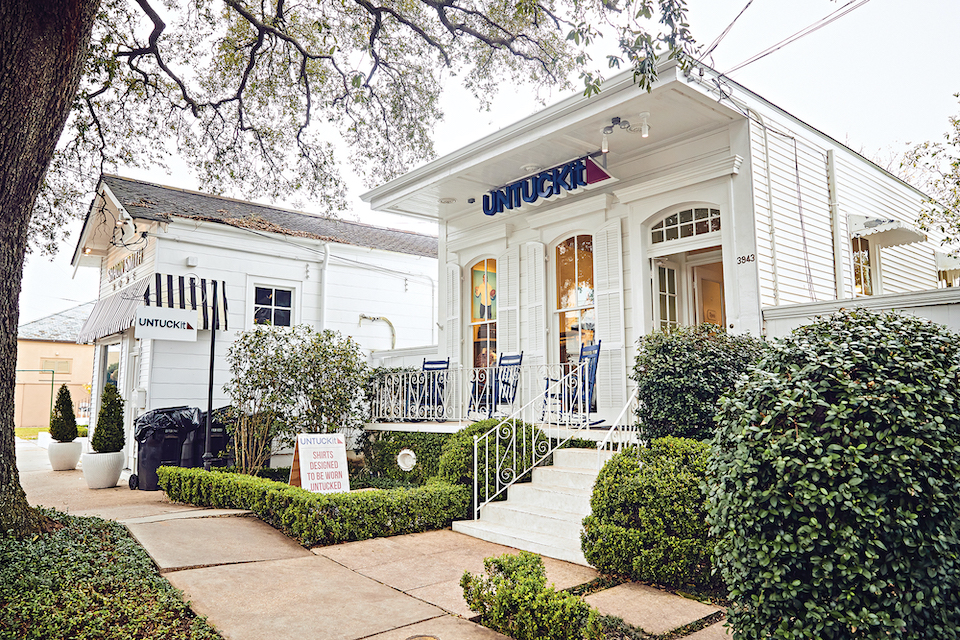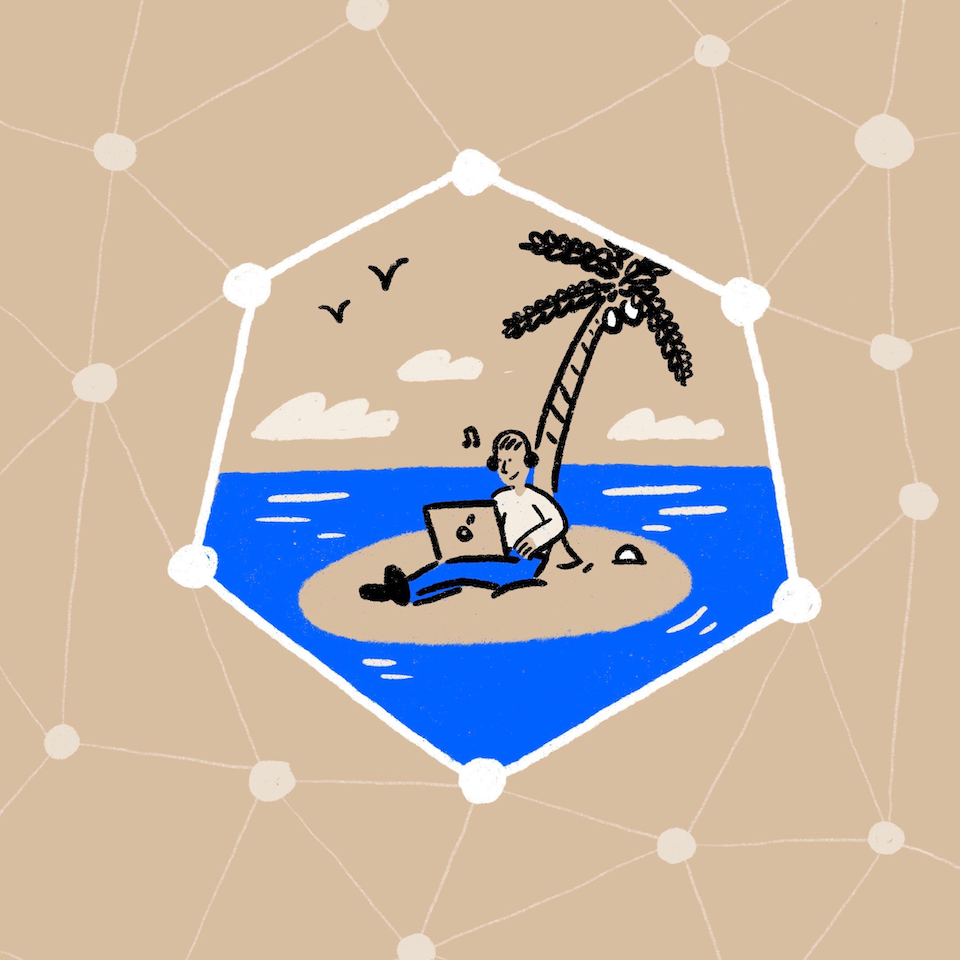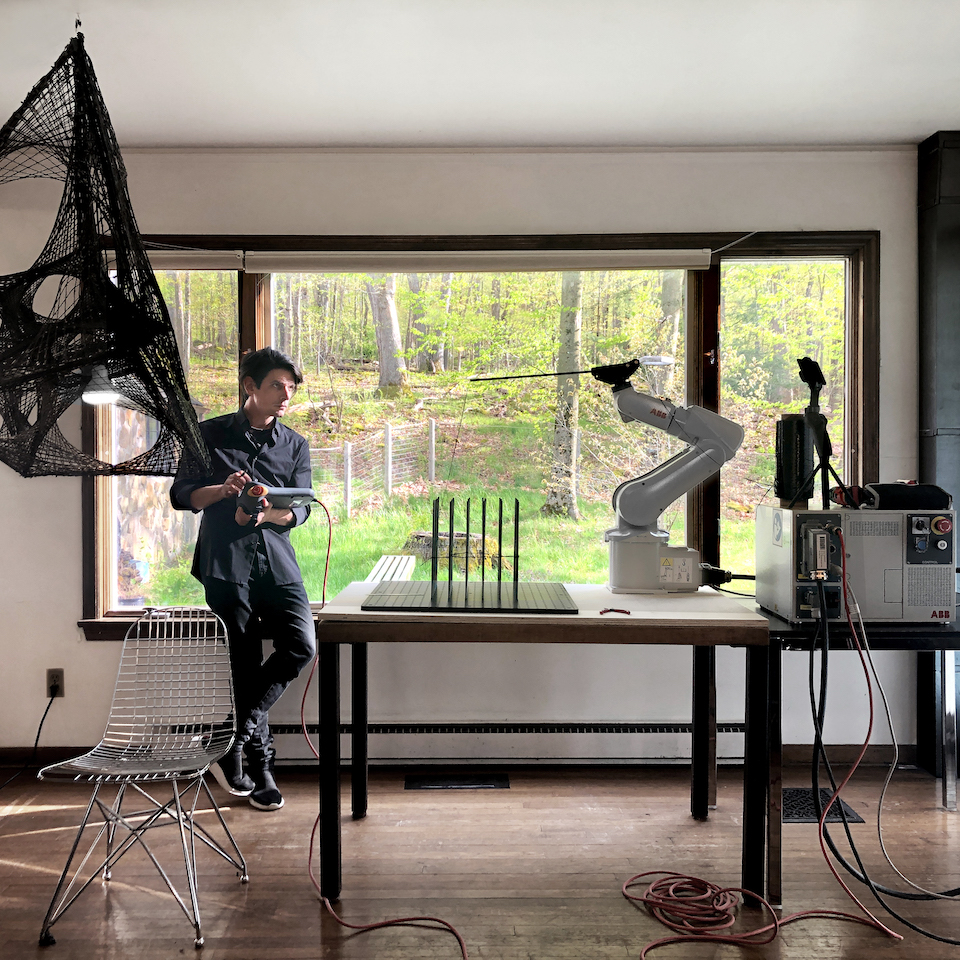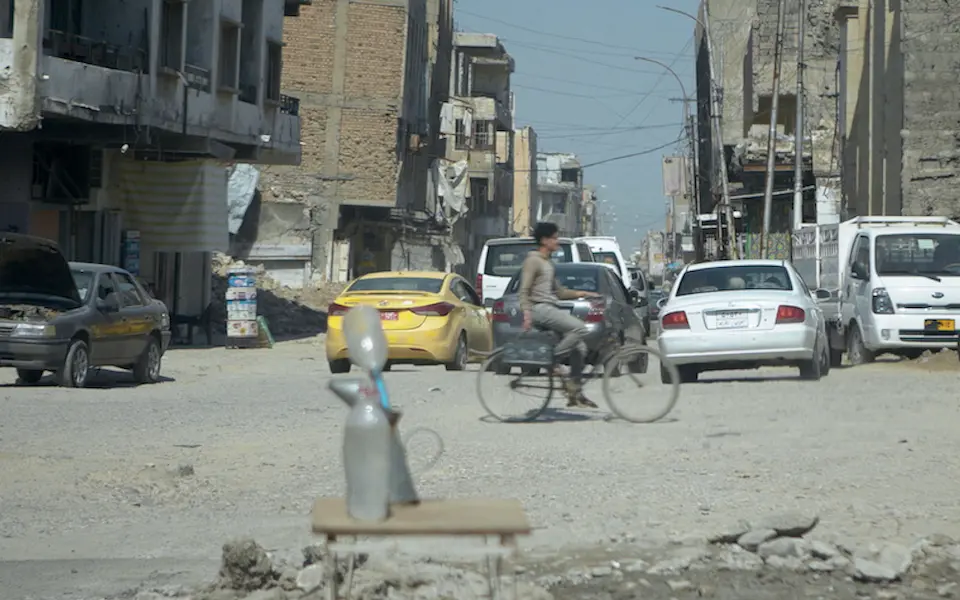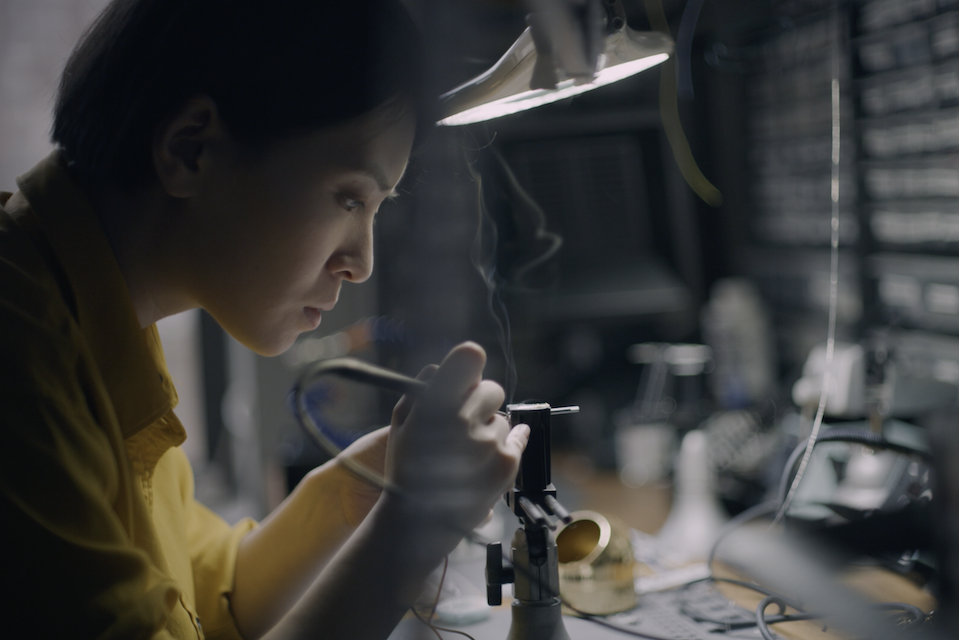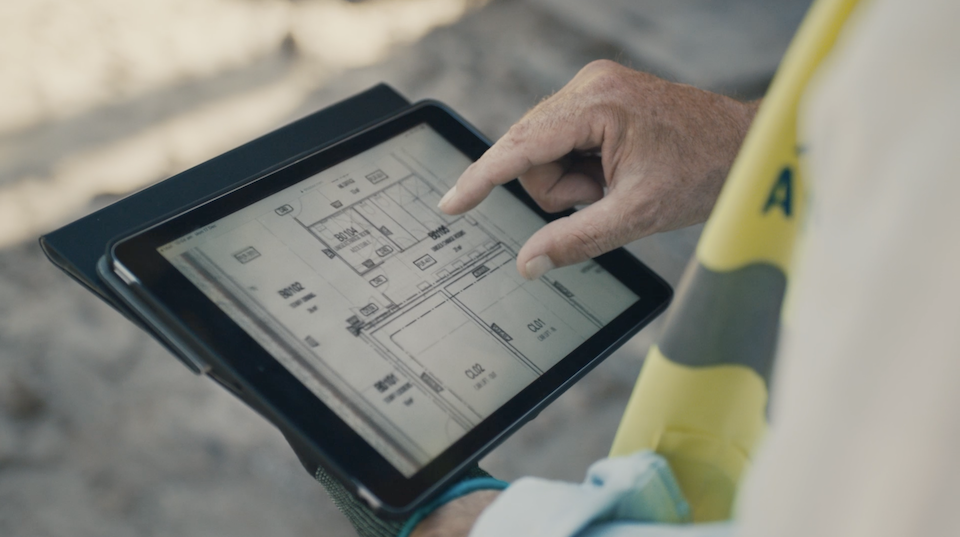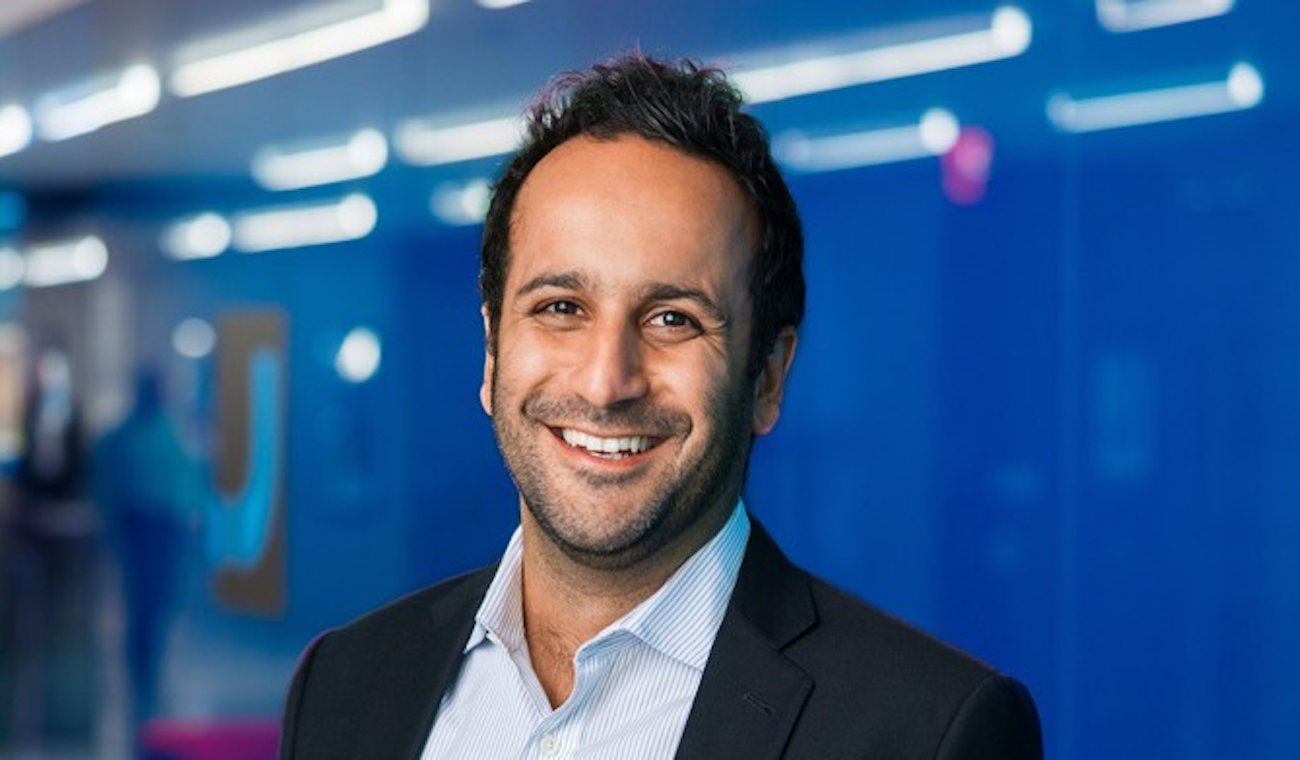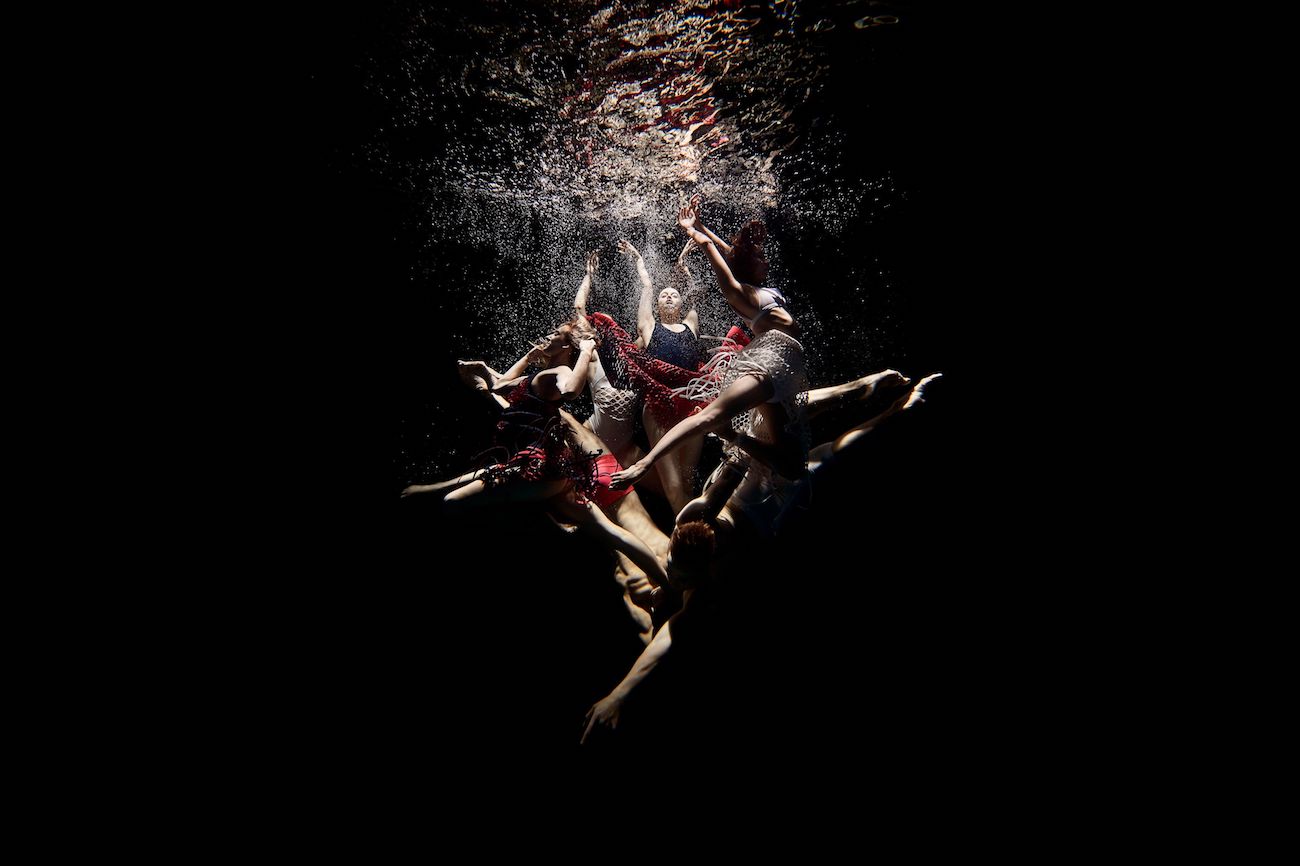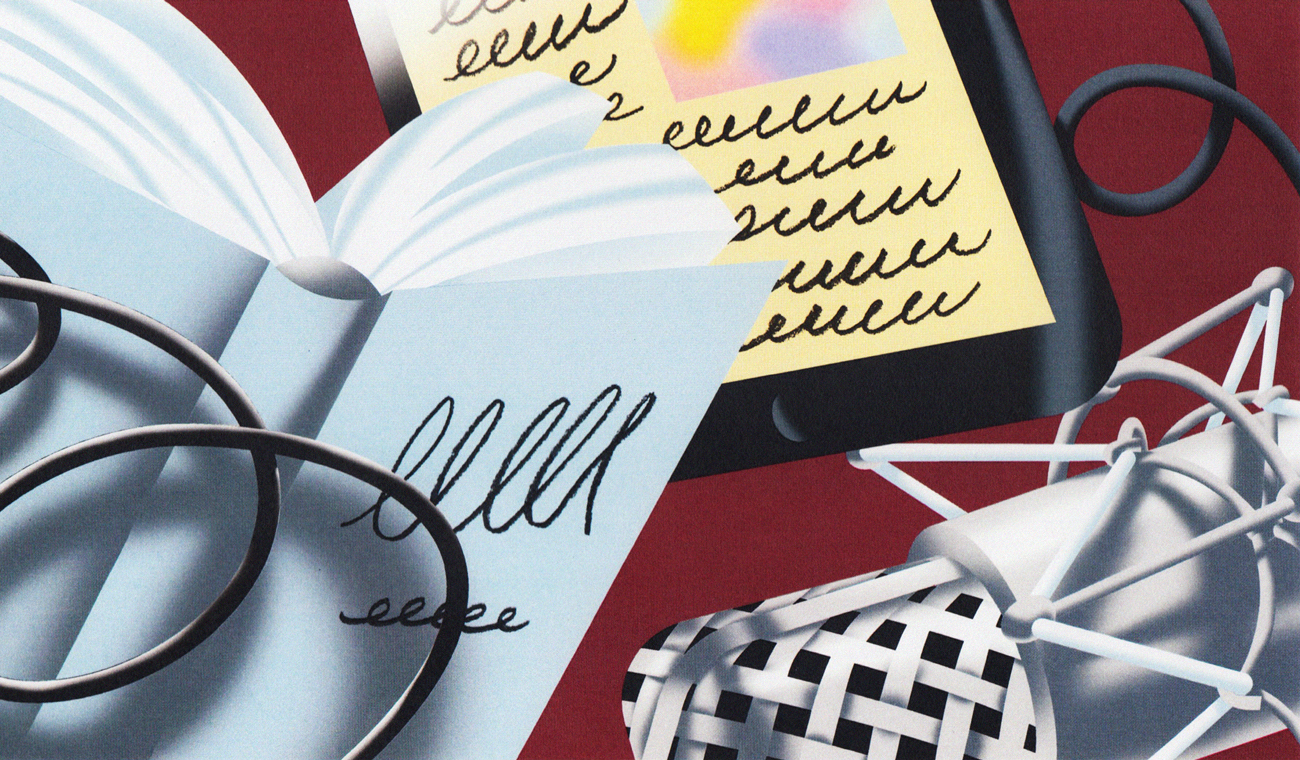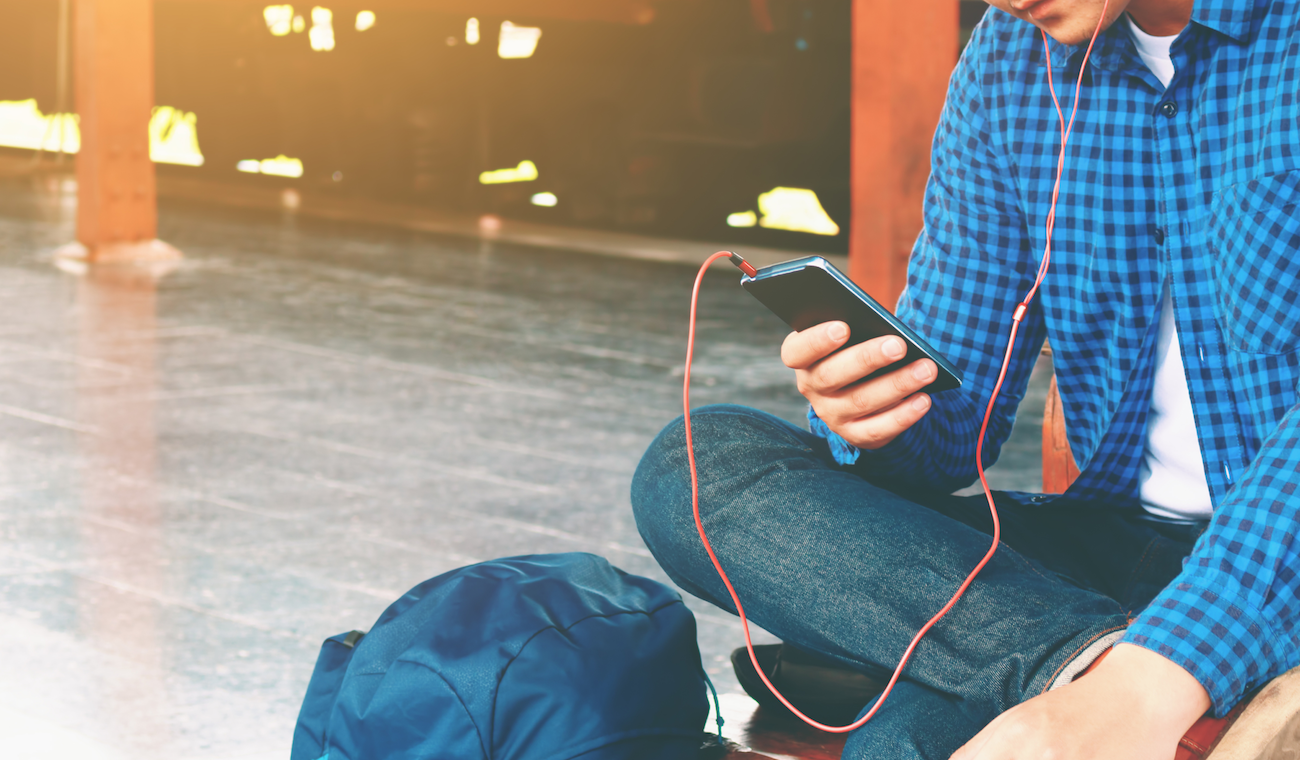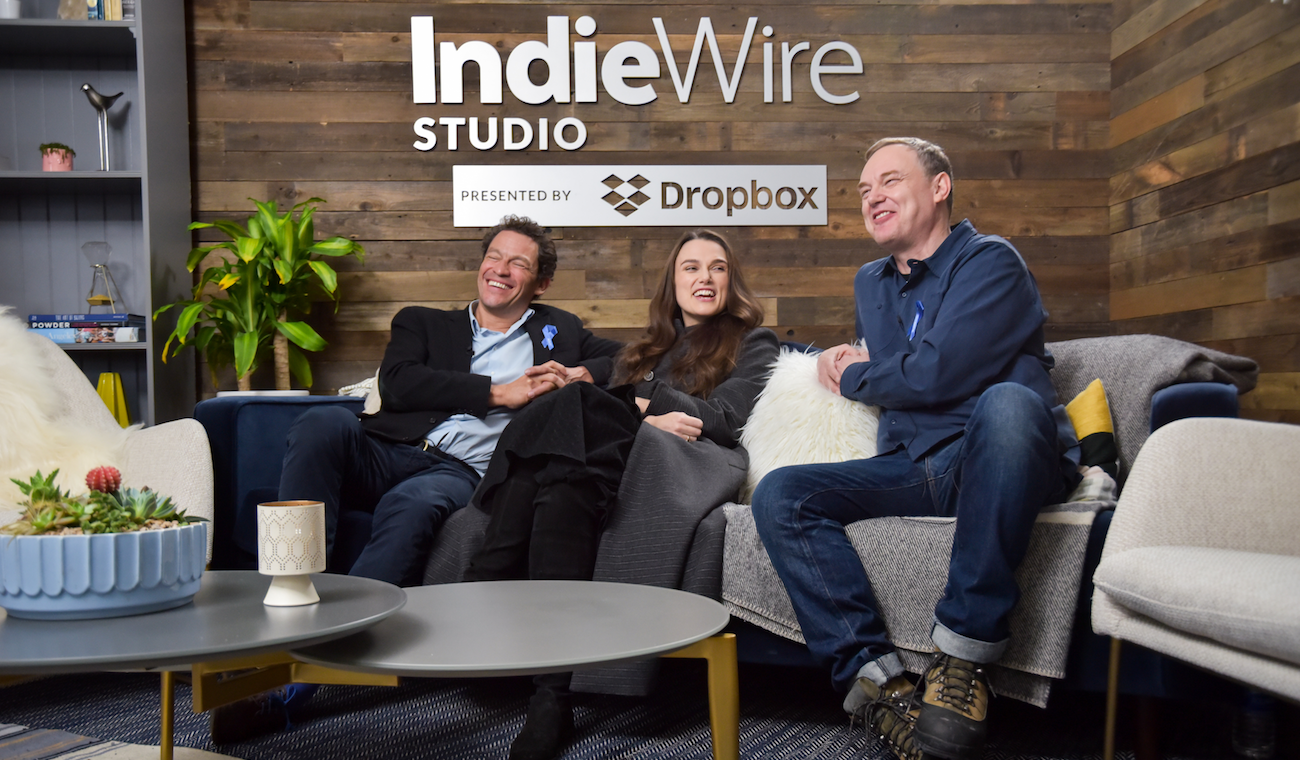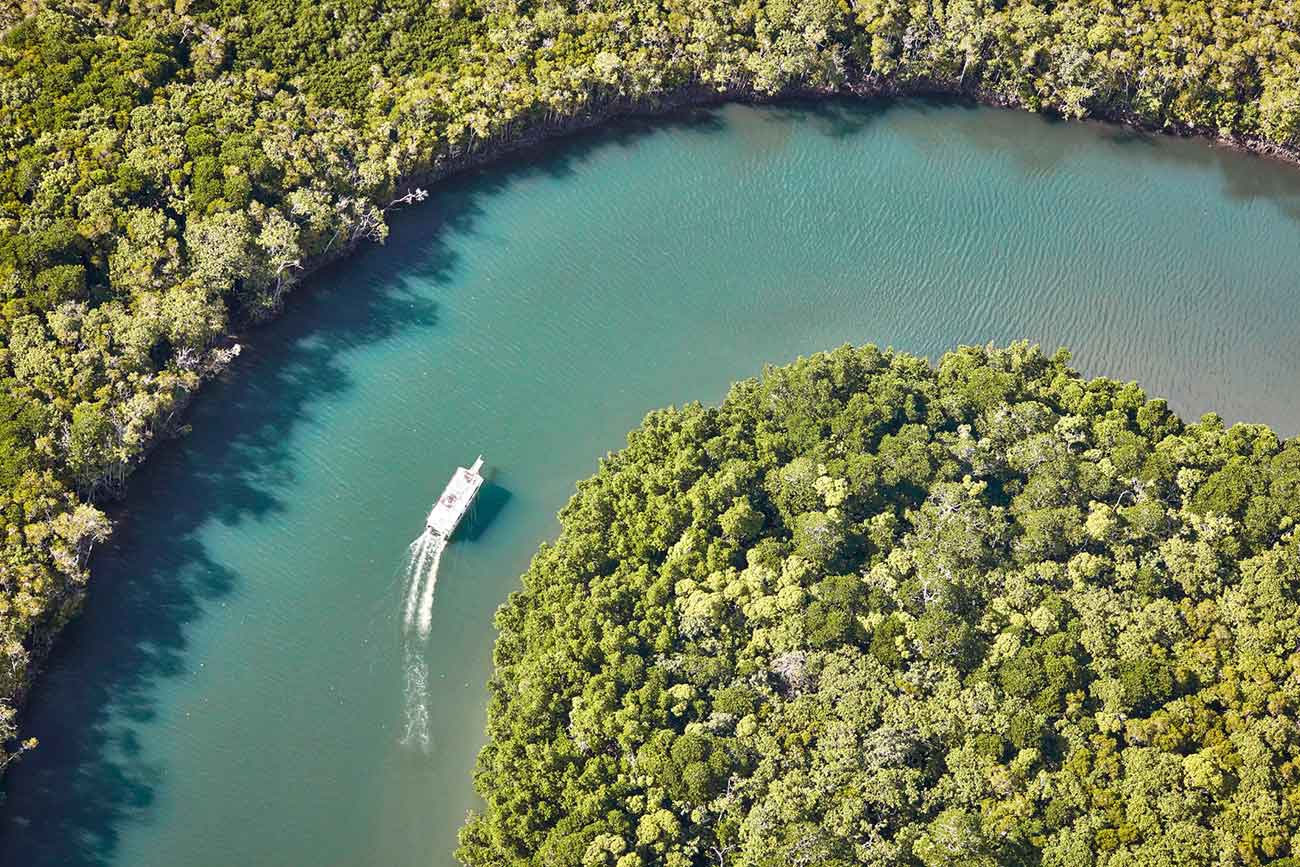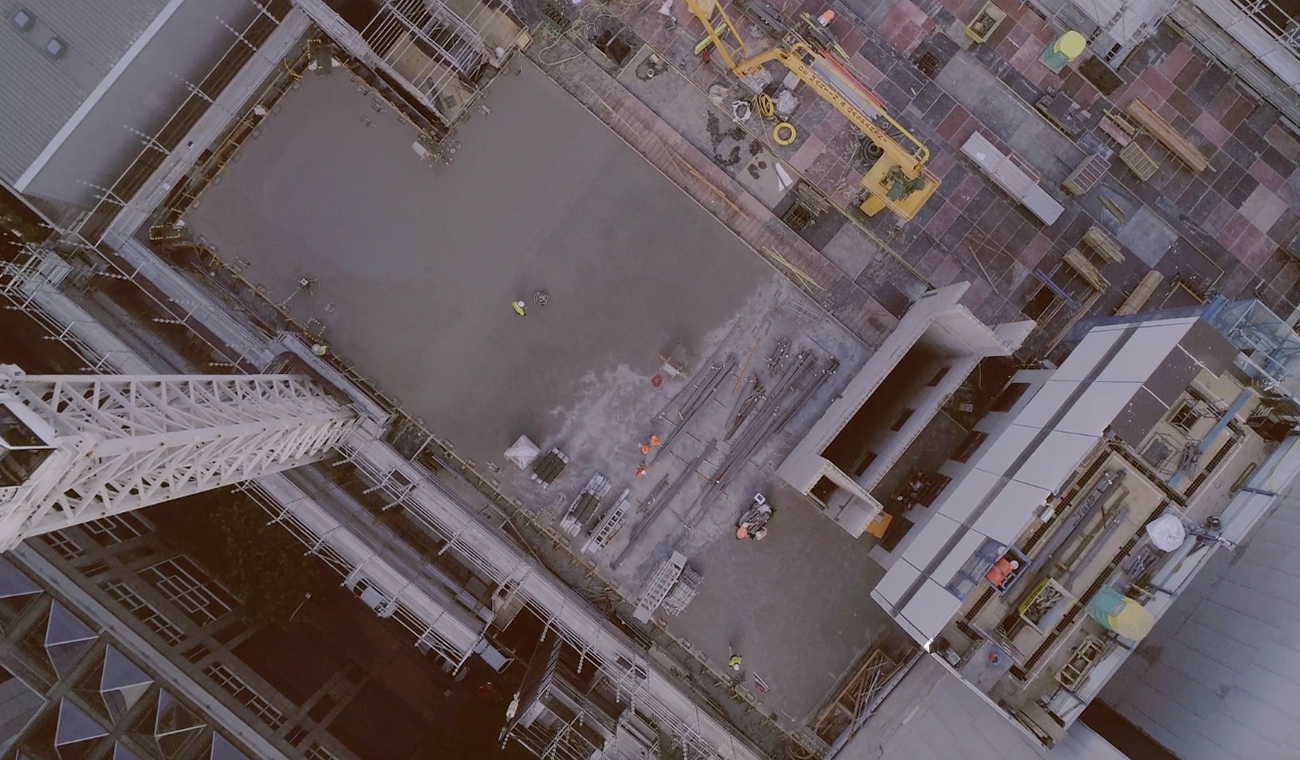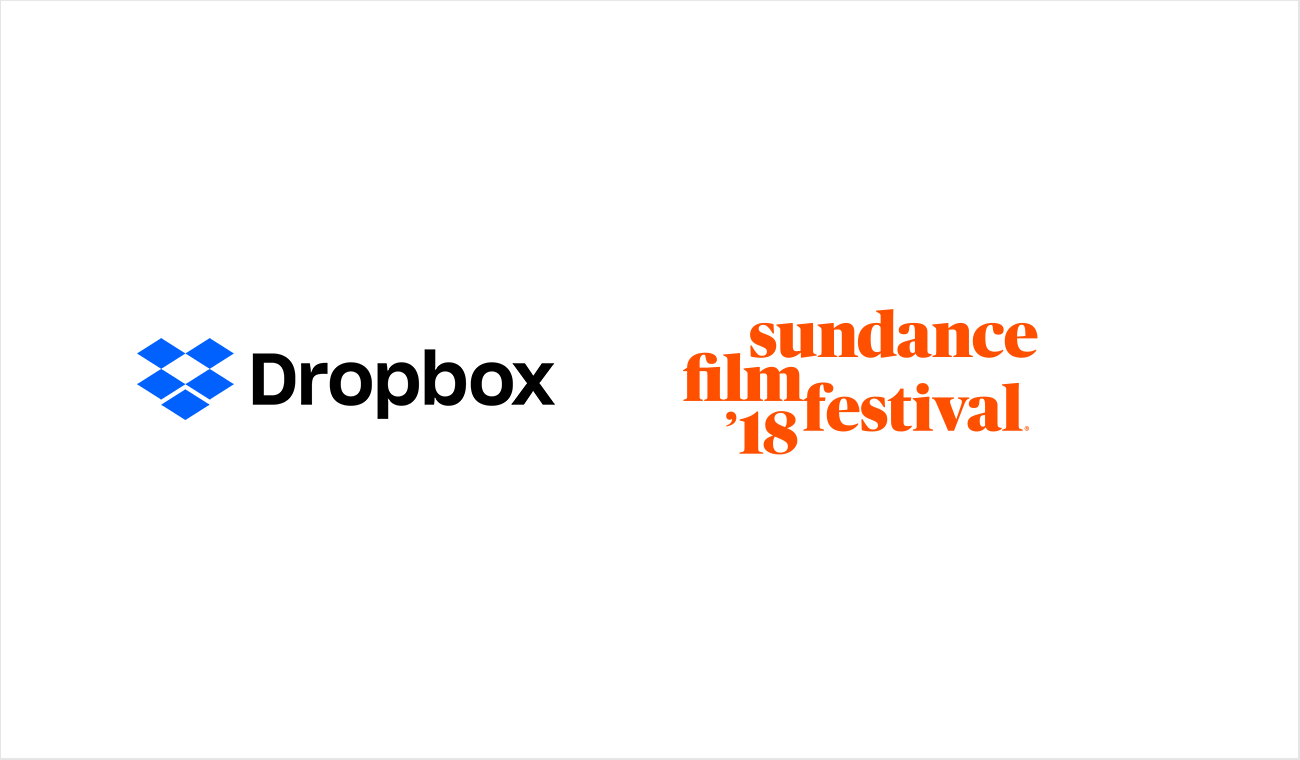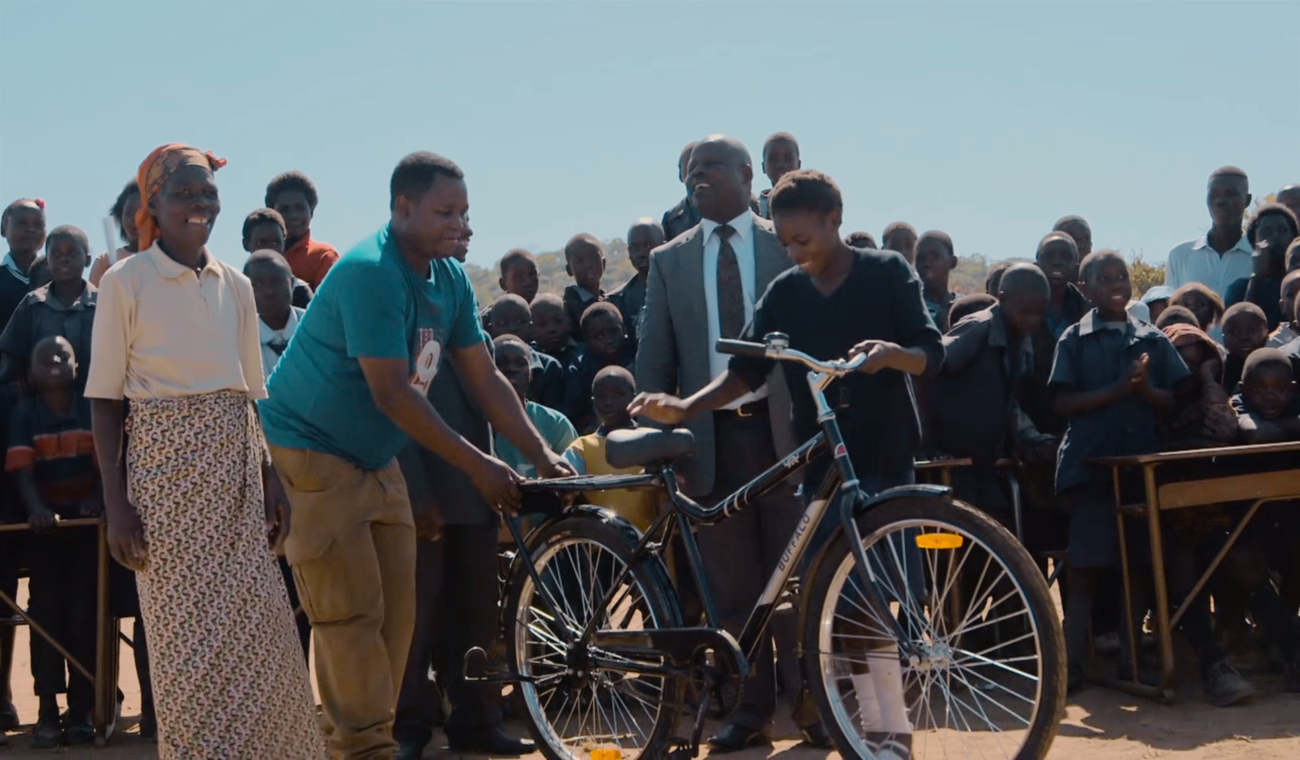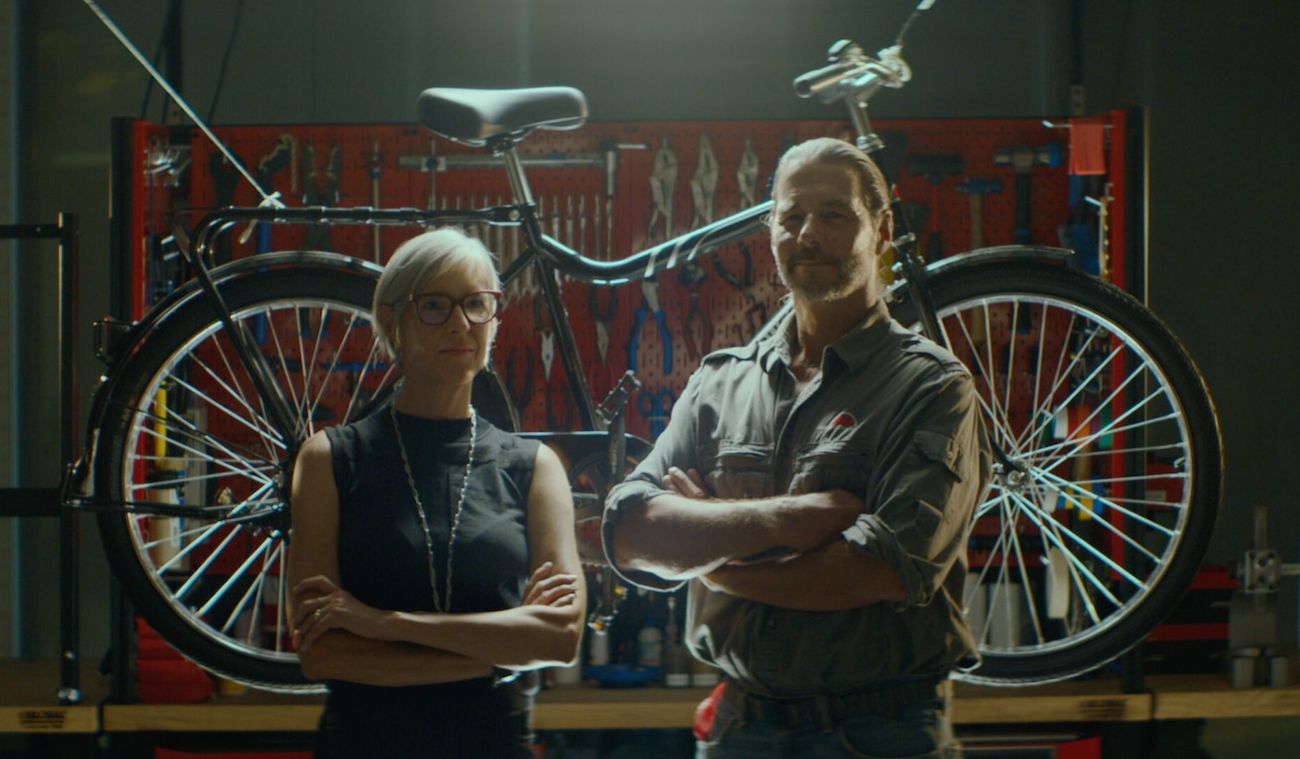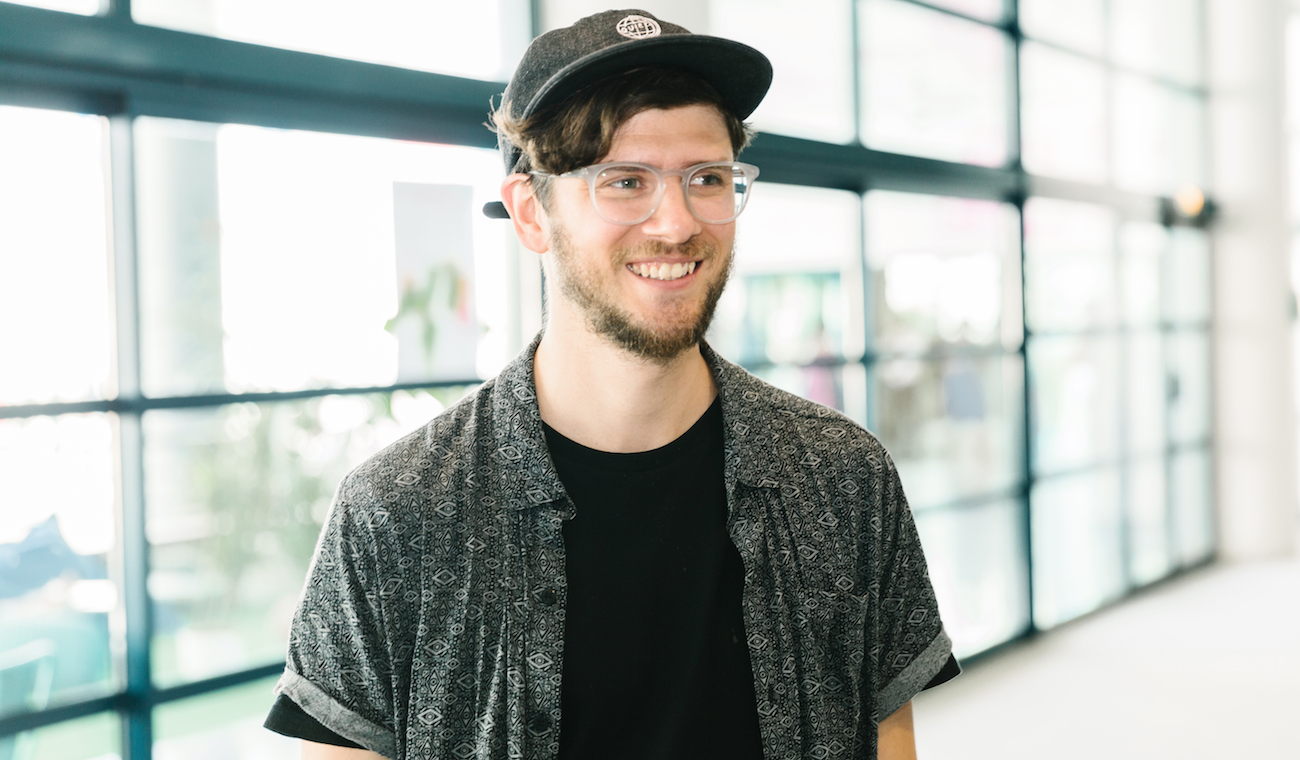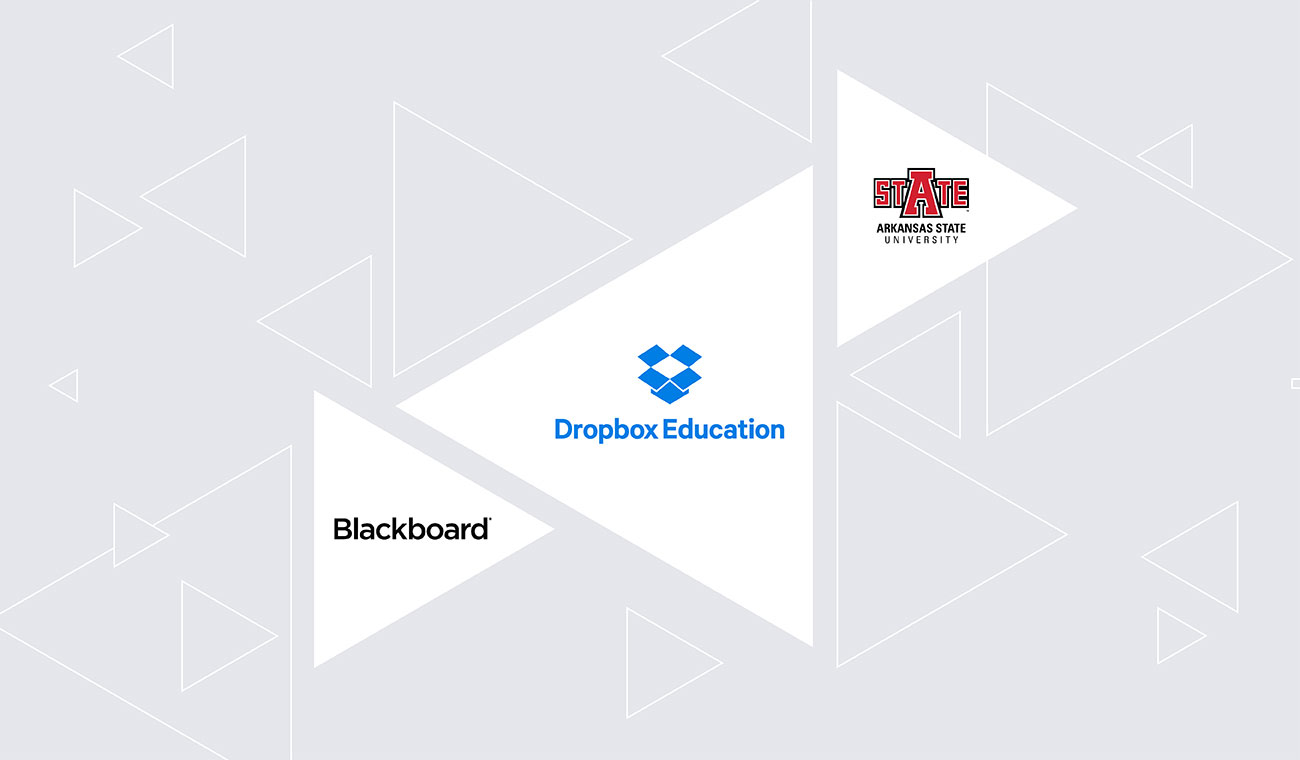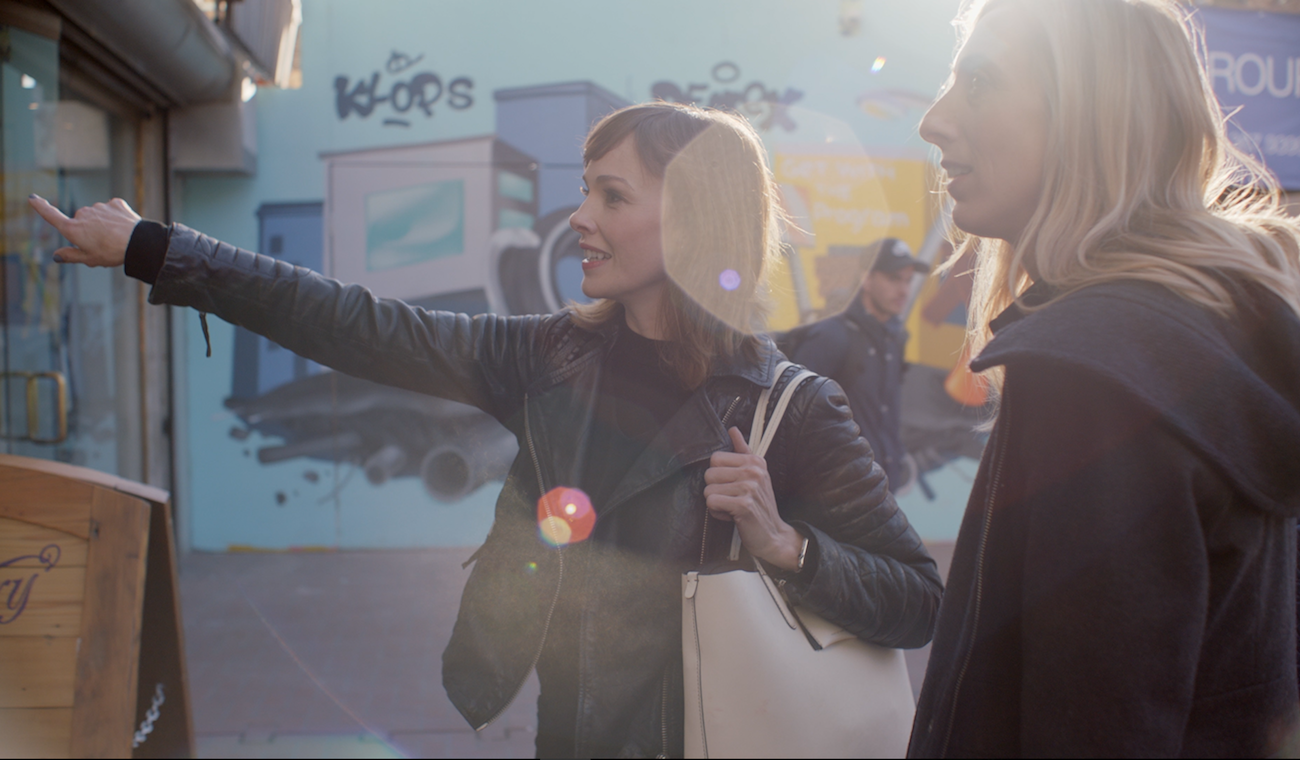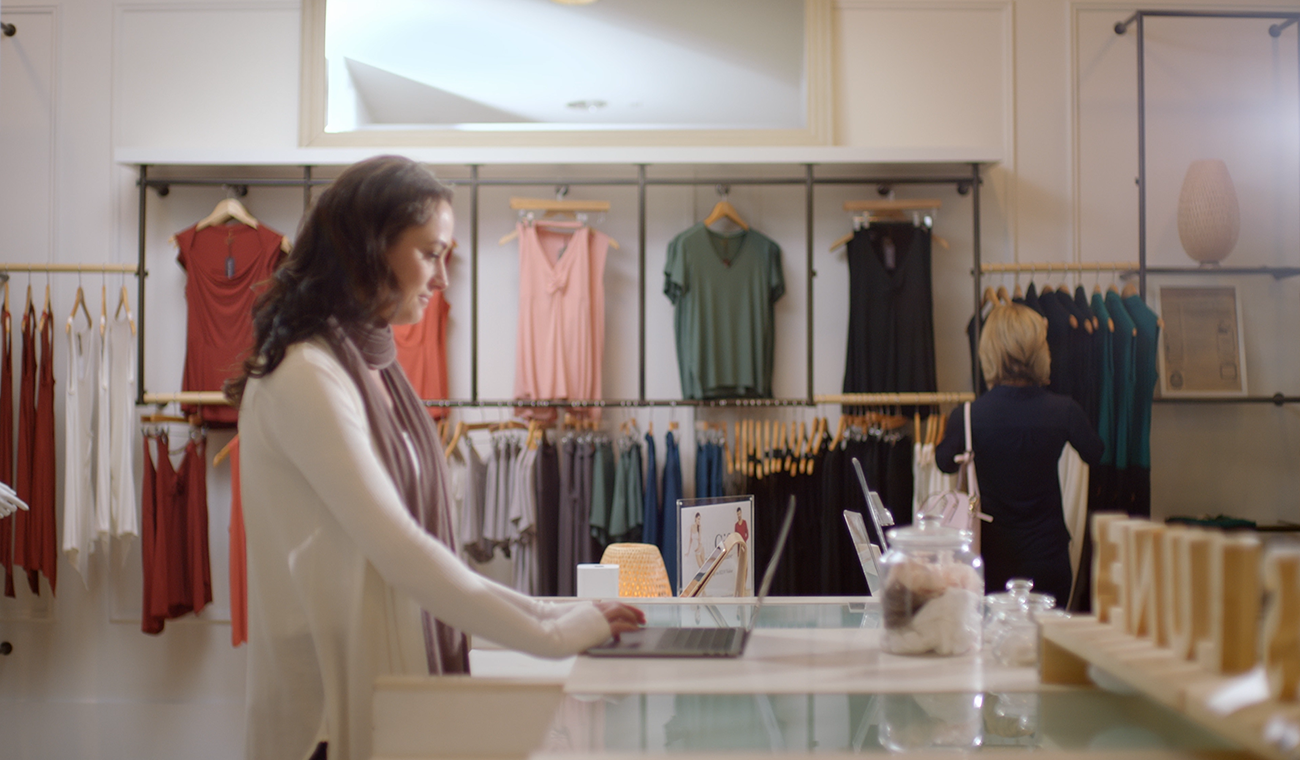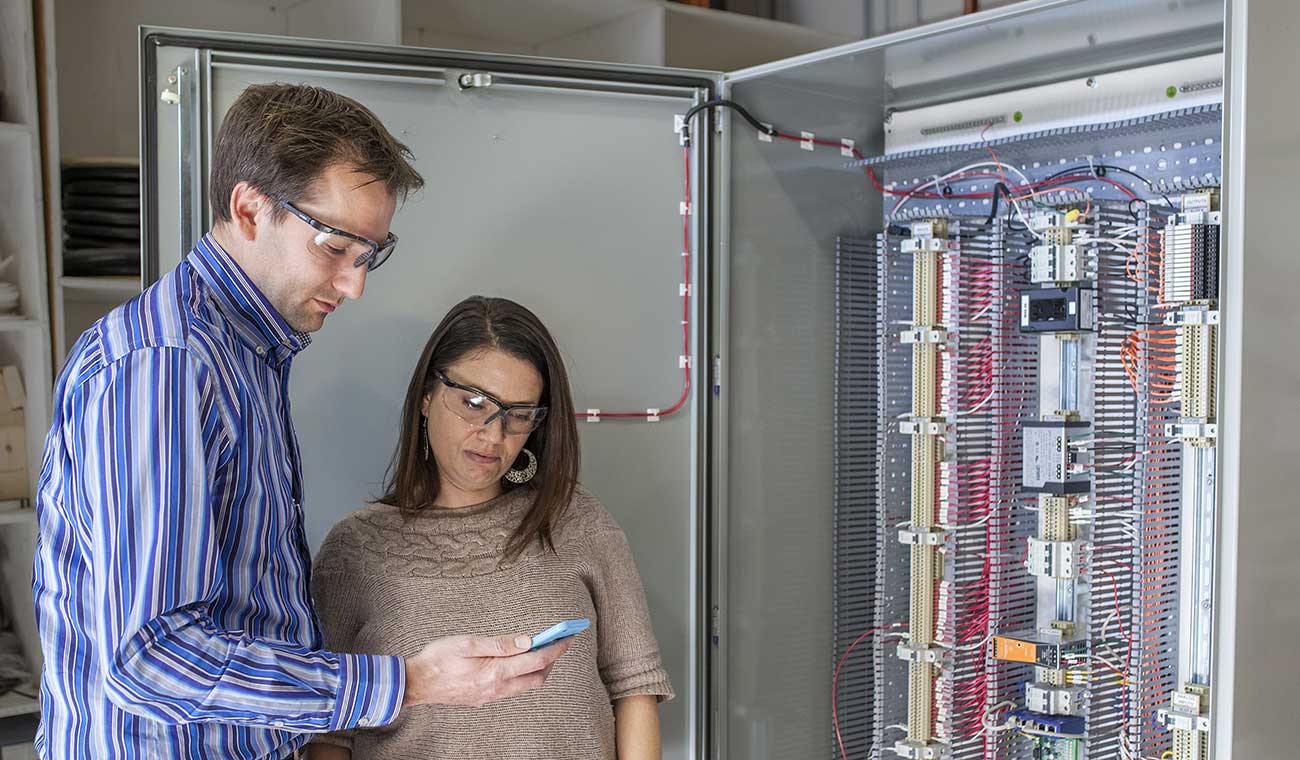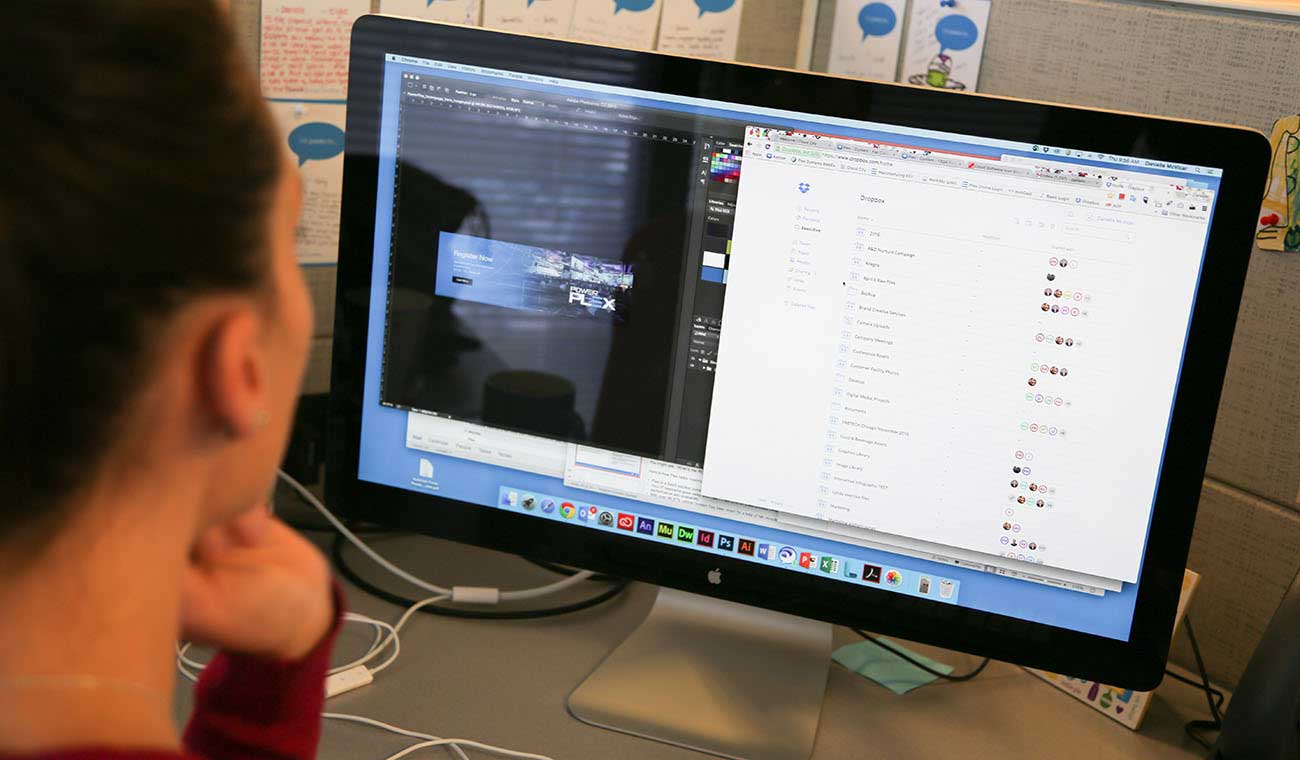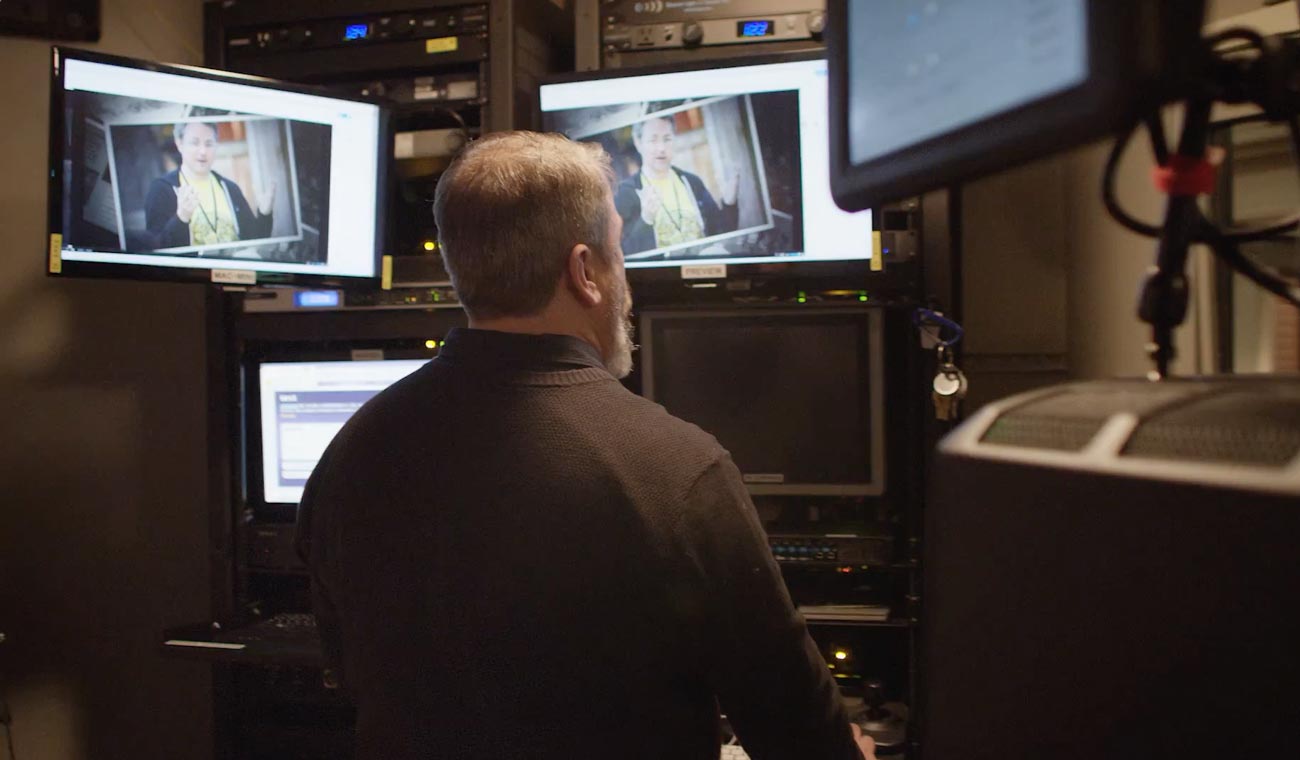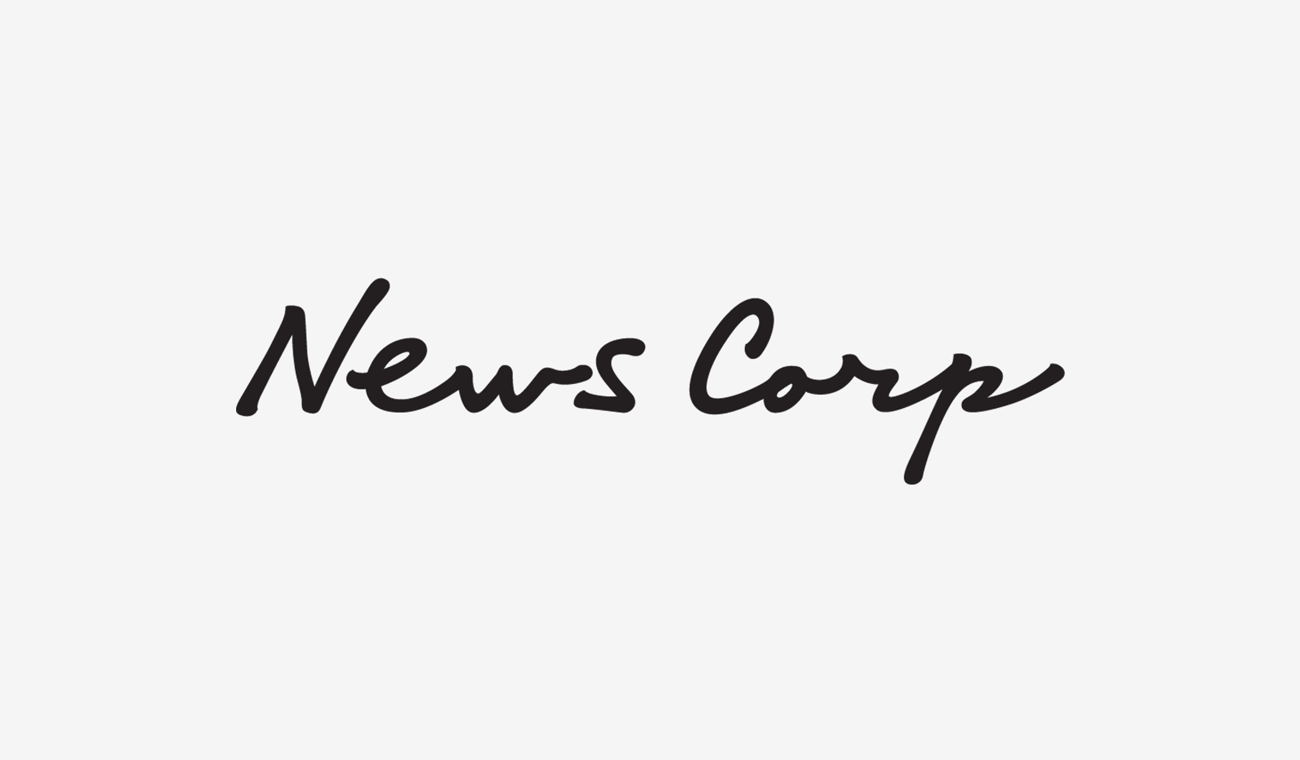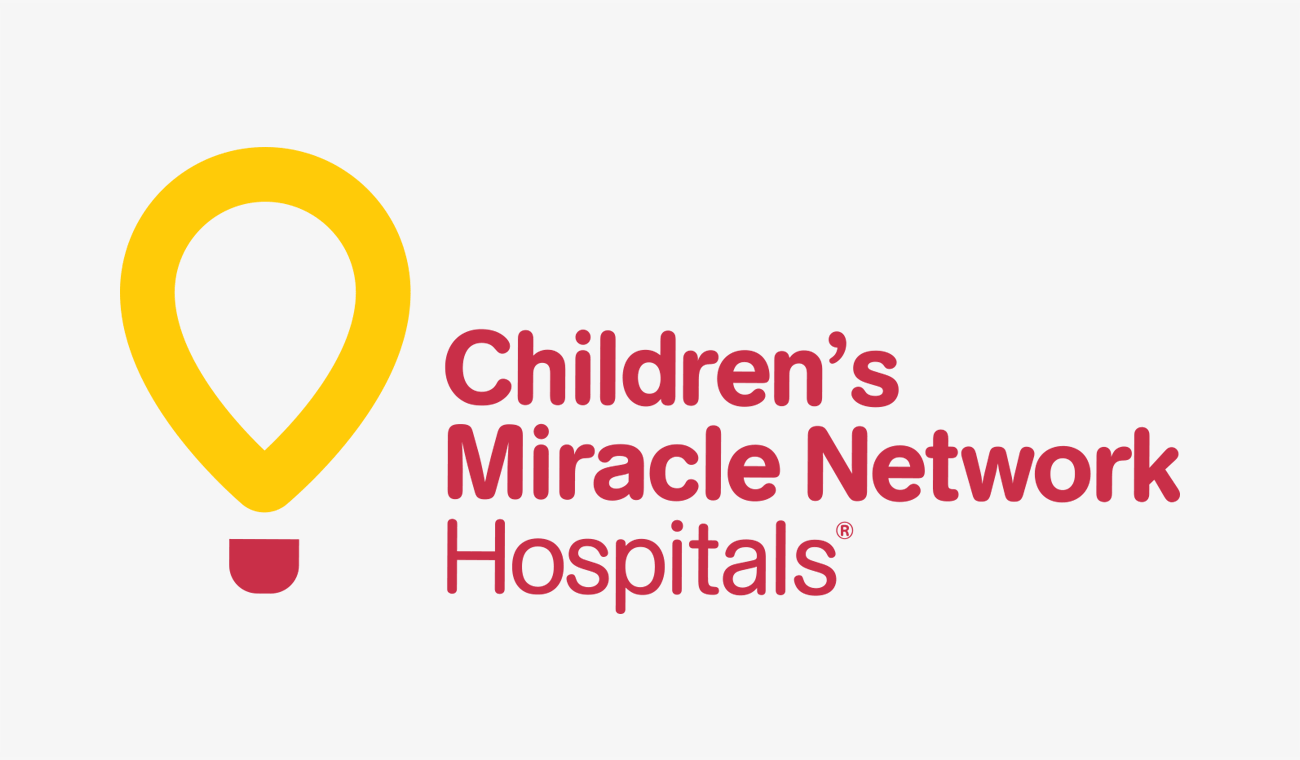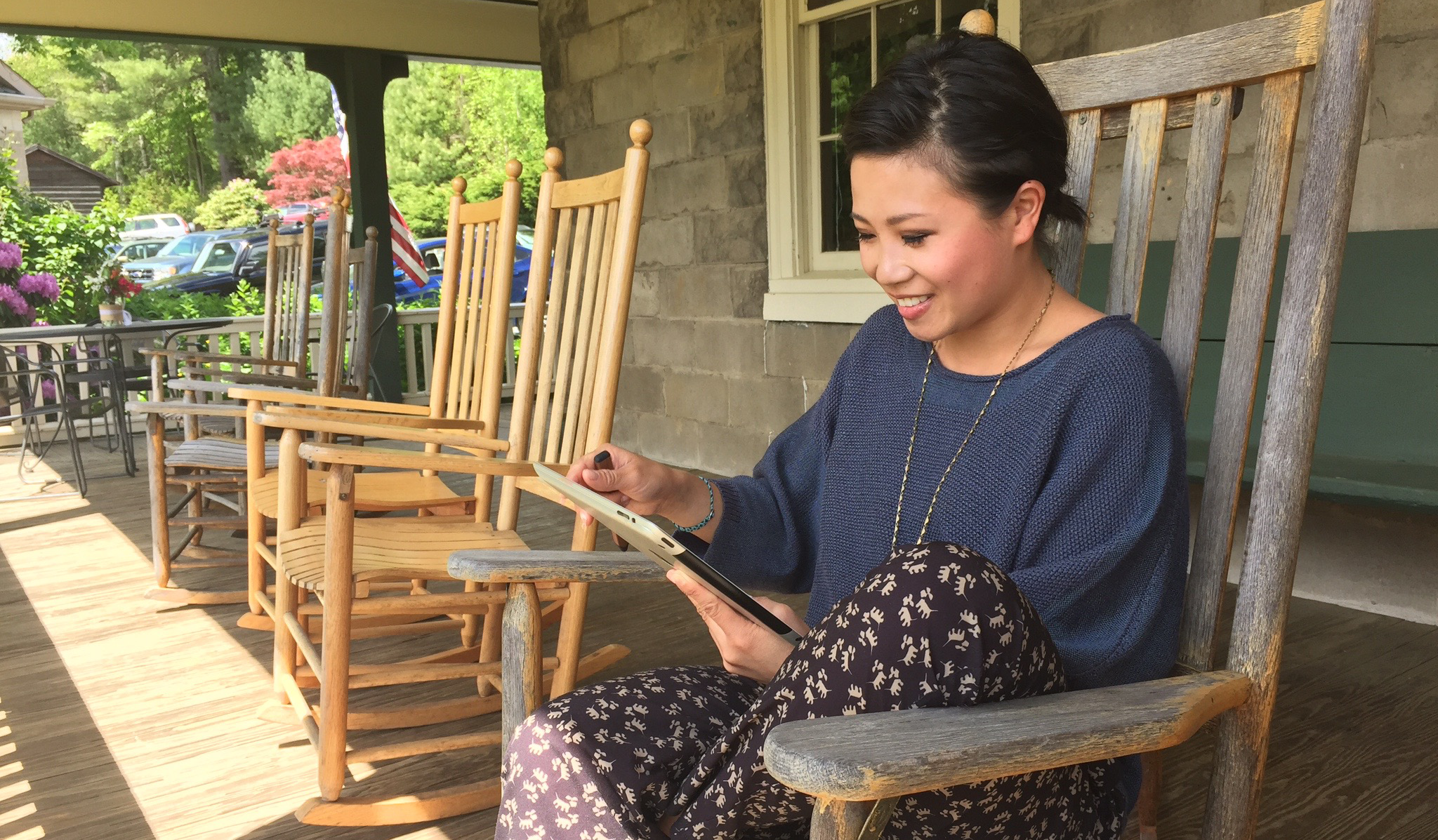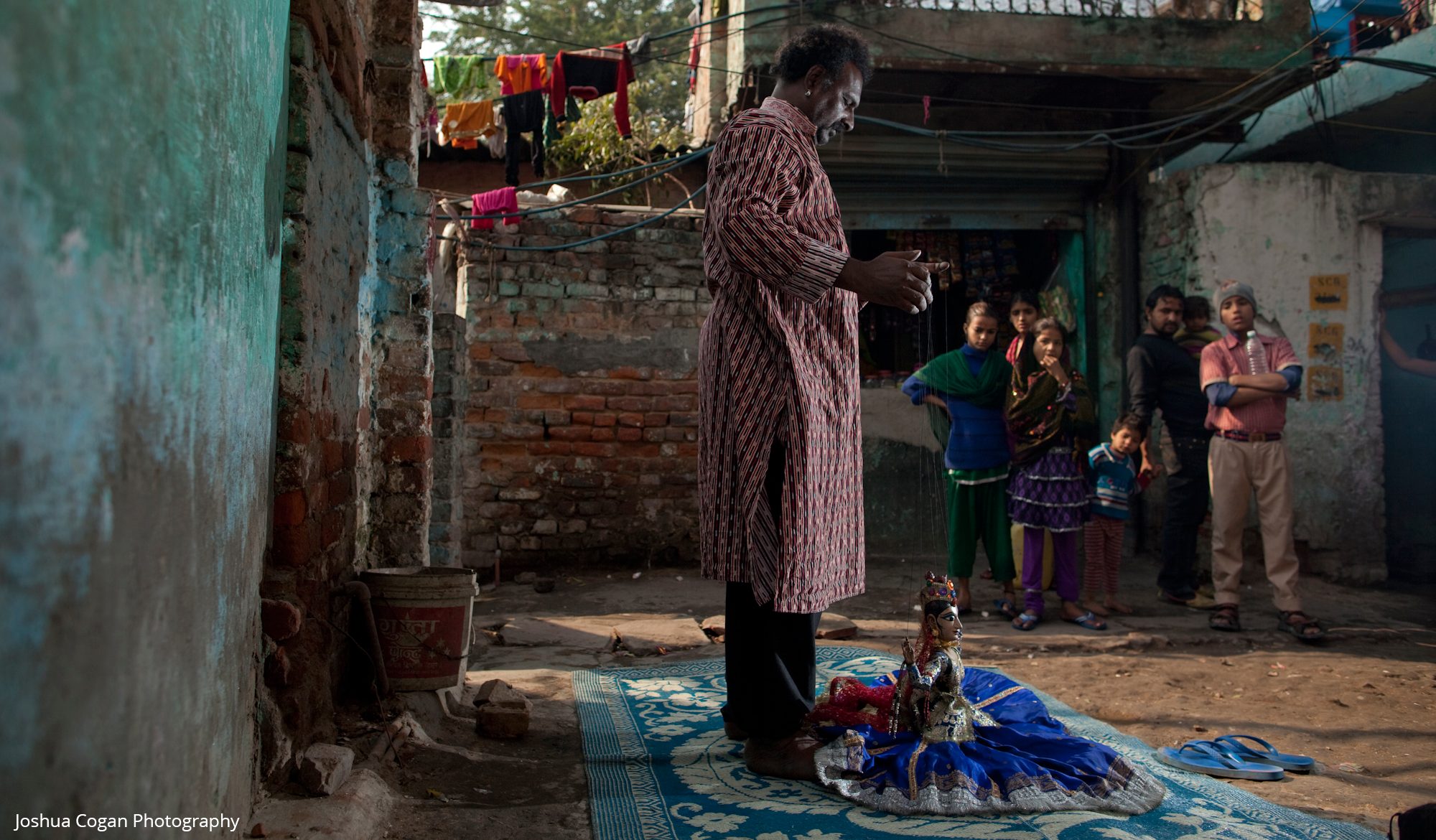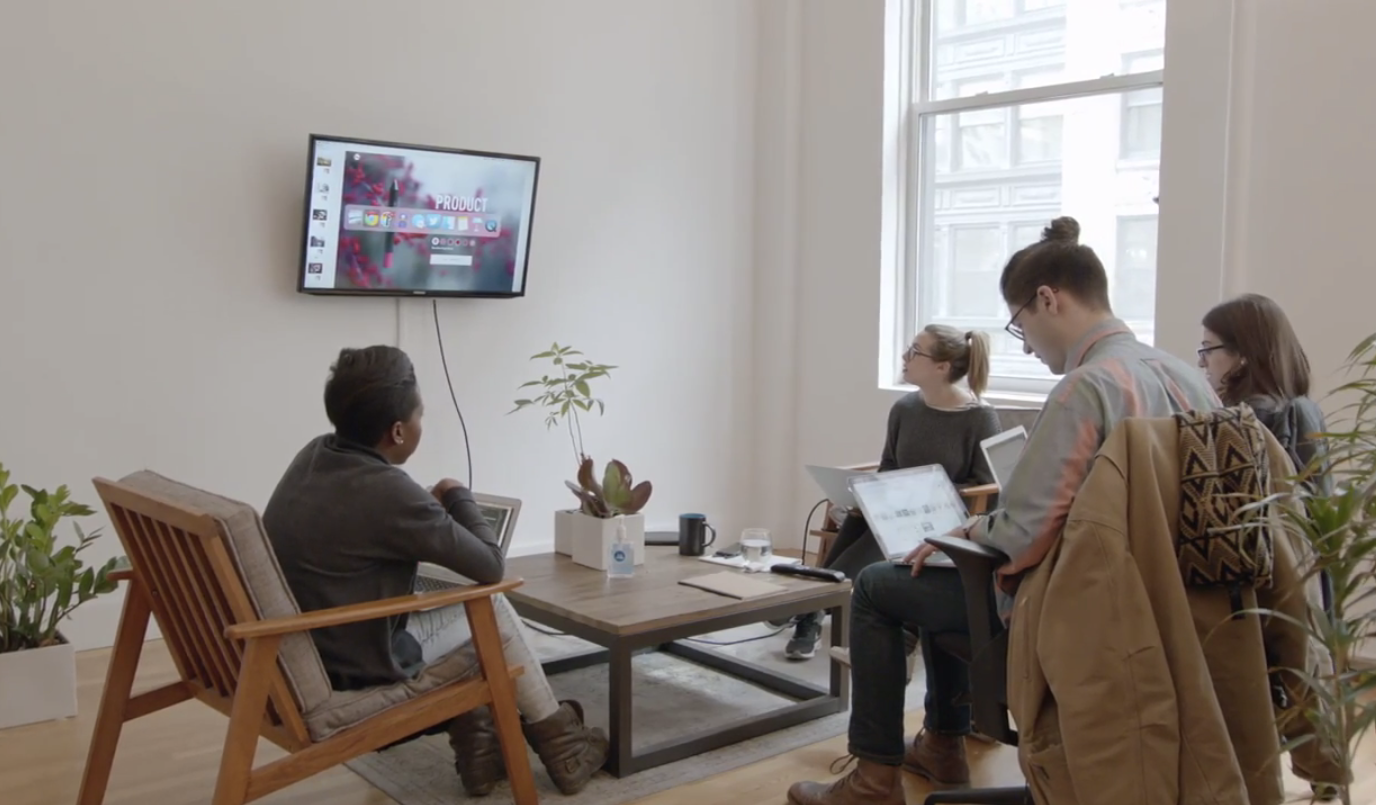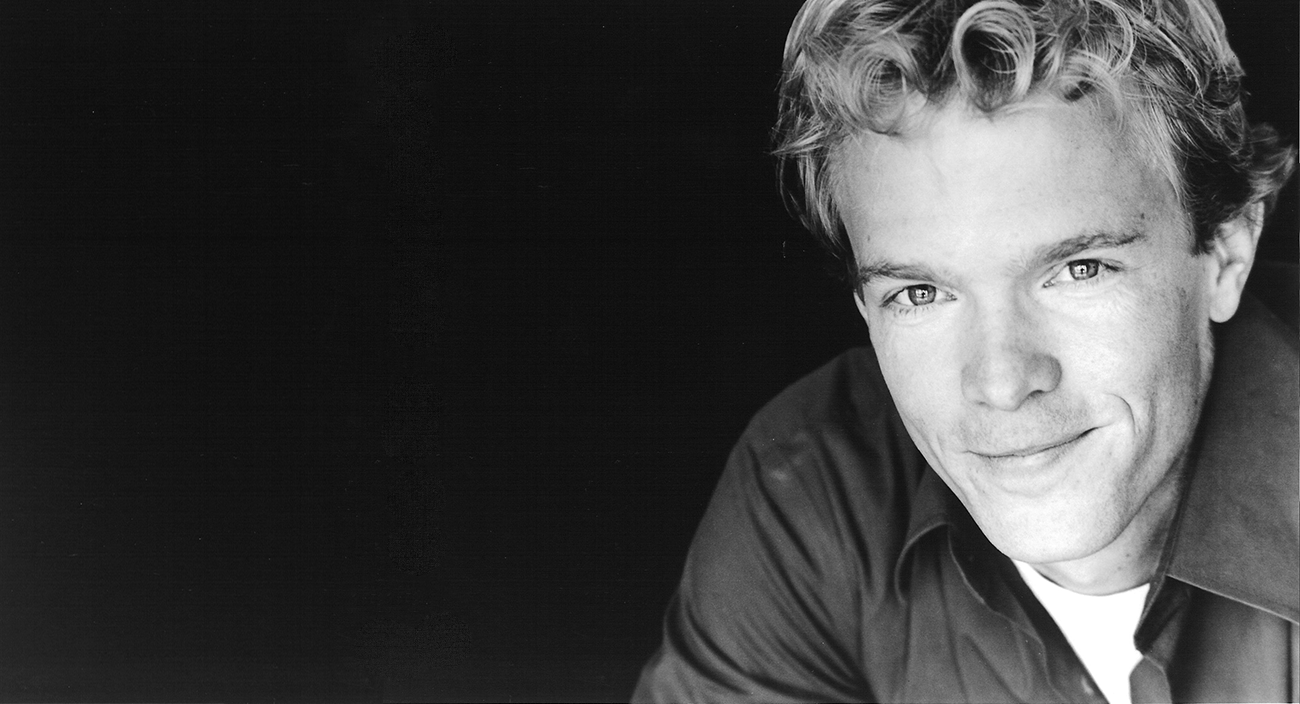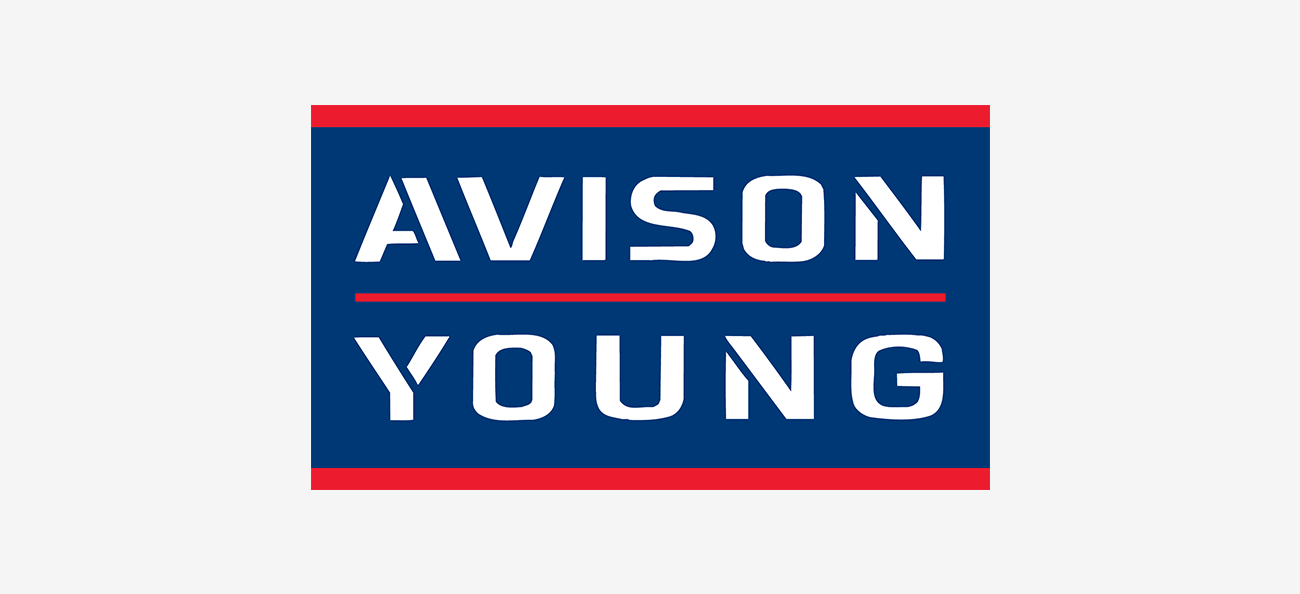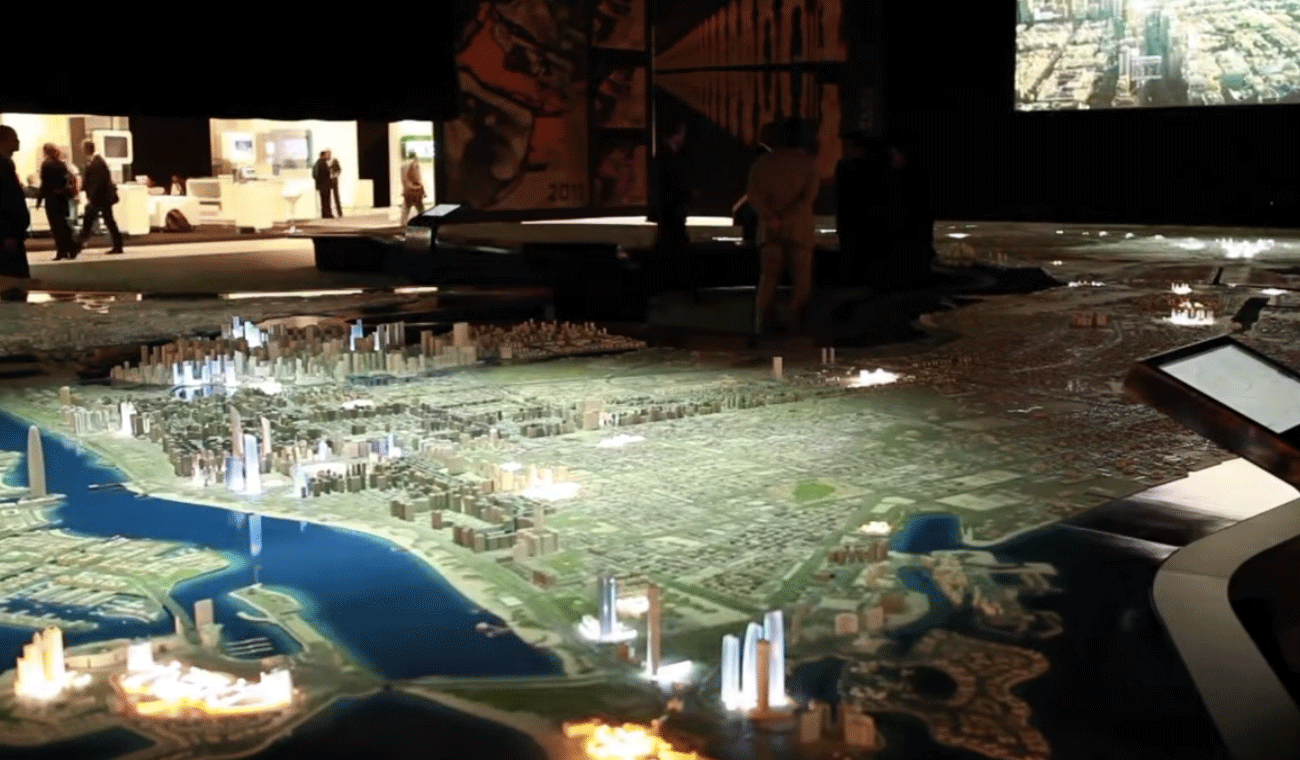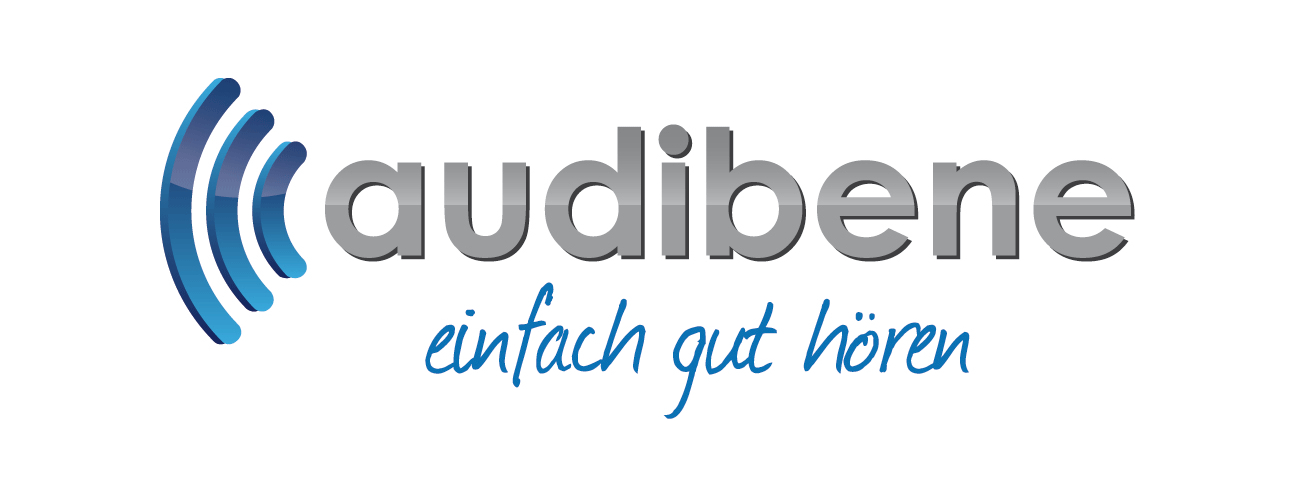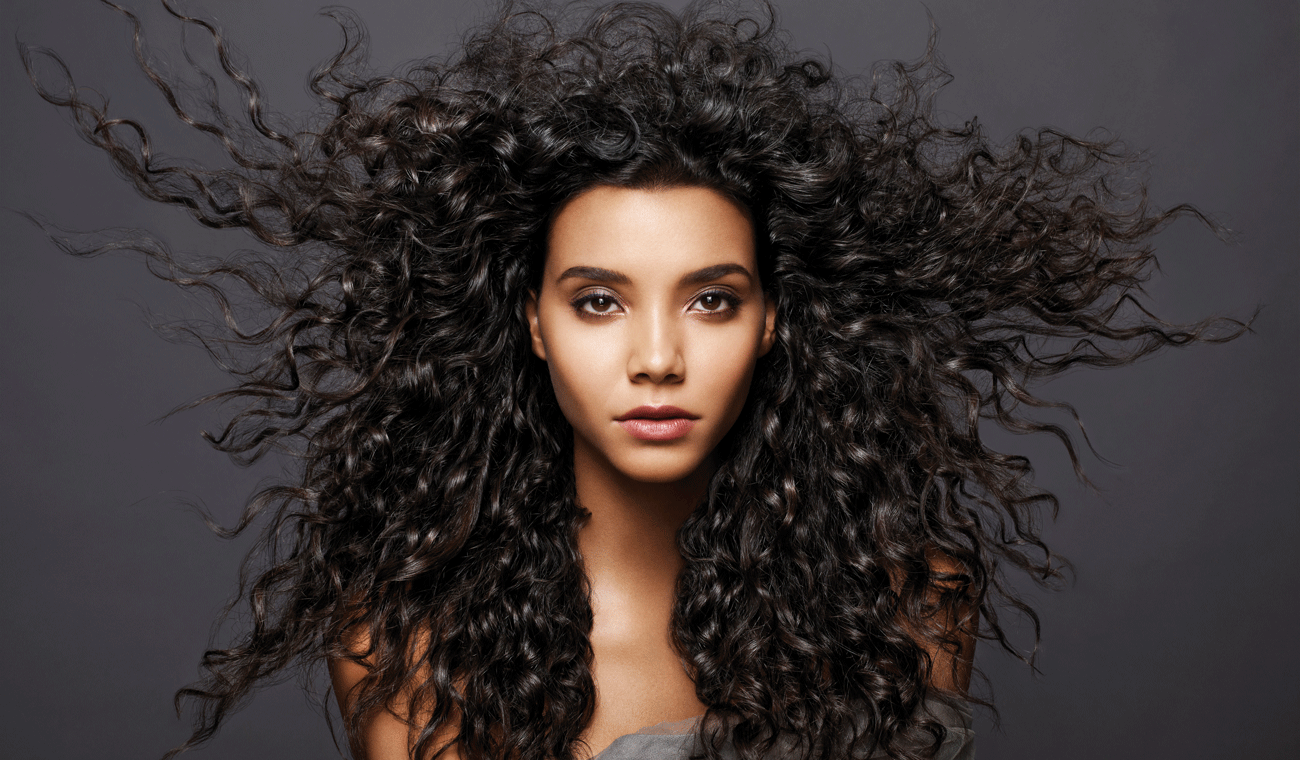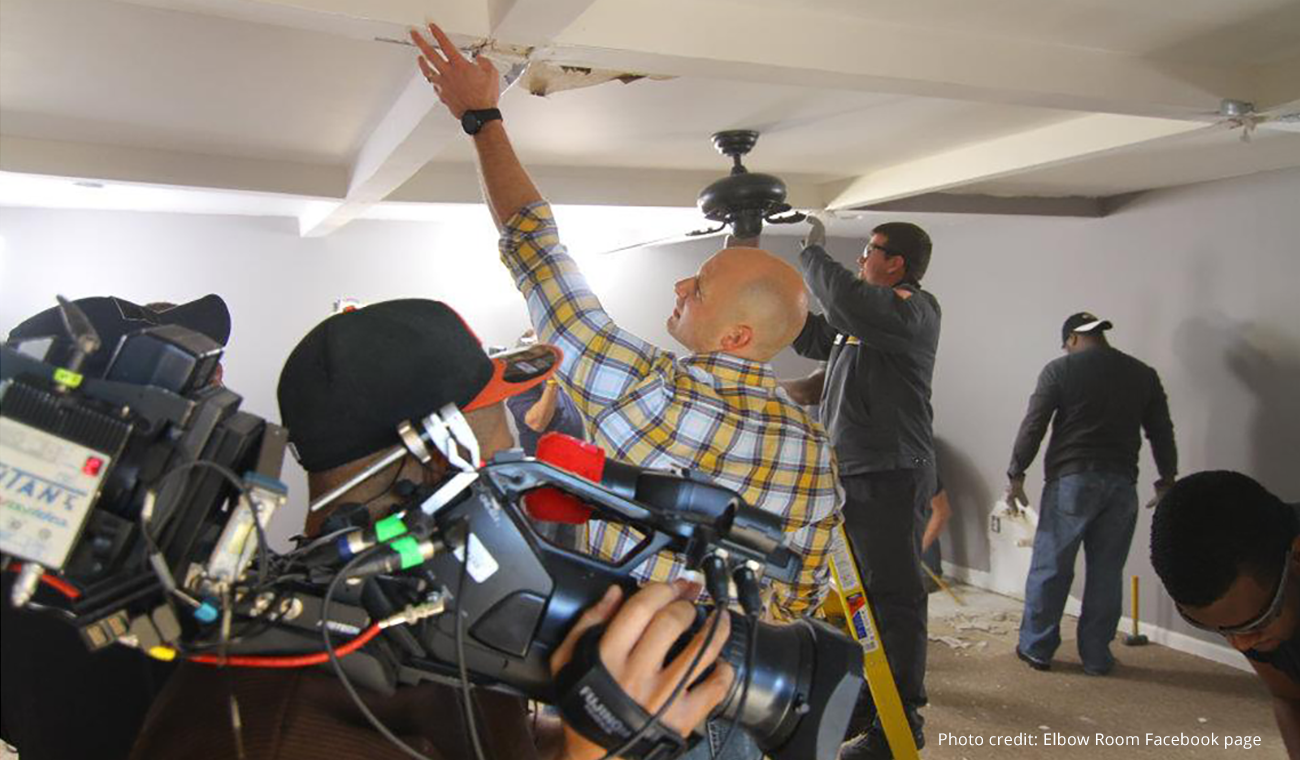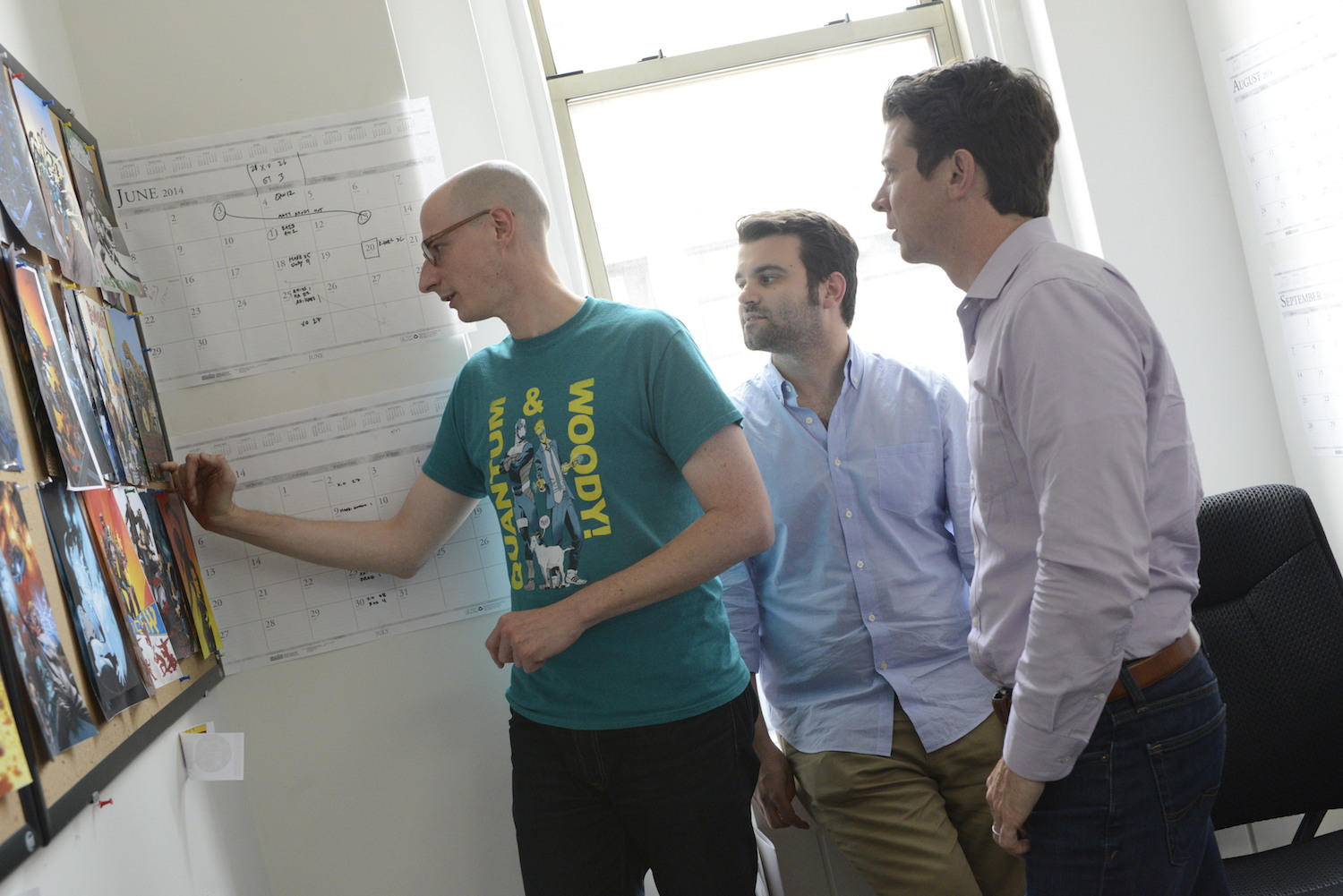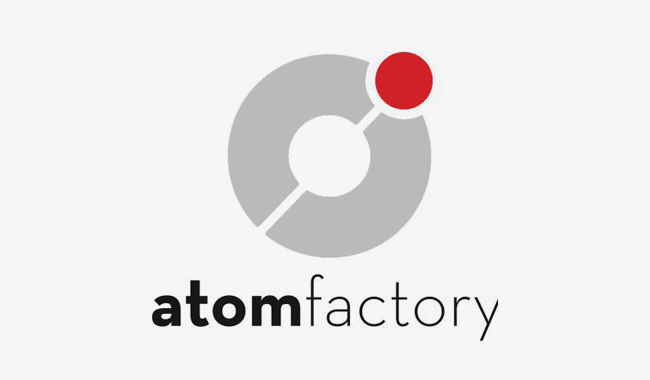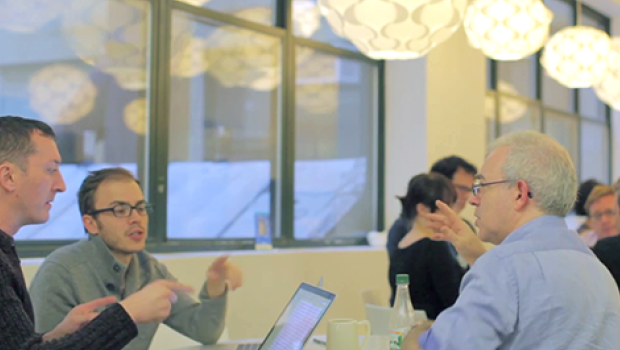
A Sundance “ghost thriller” haunted by a mother’s fears
Published on January 30, 2023
"Run Rabbit Run" explores a mom's childhood trauma and adult anxiety using a stunning and unsettling visual language created in Dropbox.
In the opening moments of Run Rabbit Run, director Daina Reid’s camera is drawn to a woman. She is laying on her side against the red clay of a river basin, her clothes and hair wet and rumpled, her expression haunted. The gnarled limbs of river red gum trees stretch upwards toward a stark and unyielding sky. She is the only living creature we see in this harsh, otherworldly landscape—a lone explorer in a strange land.
As the film goes on to explore how repressed traumas can resurface and be handed down from parent to child, you can’t help but come back to that scene. You’d be hard pressed to find a better visual representation of how isolating motherhood can be. (It’s no wonder Netflix acquired the film the day before its premiere.)
Starring Sarah Snook (the actor known for her role as Shiv in HBO’s Succession), many consider Run Rabbit Run to be the latest entry in a growing offshoot of “arthouse horror”: motherhood is scary. (See: 2014’s The Babadook and Hereditary four years later). Reid would classify her film as a “ghost thriller” though—no offense meant to horror buffs, she adds.
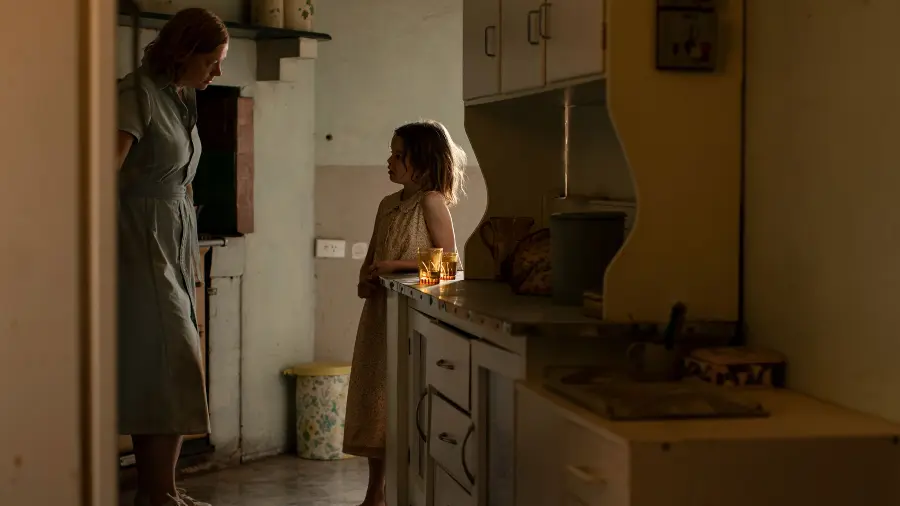
For Reid, “motherhood is scary” isn’t the whole story. In fact, it’s another oversimplification of women’s experiences—something there’s an overabundance of in media.
“You have the saint/whore, old/young... It's all really archetypal kind of cut outs. There's no nuance in it,” says Reid. (Reid has made a point to tell women's stories with nuance in her past work directing episodes of Hulu’s The Handmaid's Tale and Apple TV's Shining Girls.)
“I think the way we could explore motherhood is endless because everybody is going to have a different experience of motherhood or not motherhood or wishing they were a mother or whatever it is. And that really hit me when I became a mother," she says. "I went, There's nowhere I can look where I can see my story.
“I love to explore genre,” she continues. “Especially genre that has something to say, which Run Rabbit Run does.”
The real truth is that [mums are] somewhere in between: We are at the same time wonderful and terrible.
What was the underlying theme that you were drawn to with Run Rabbit Run?
Daina Reid: As a female, how one is perceived in the world, what's expected of you in the world, and how you can deliver or not deliver on those expectations. The idea of getting things wrong, getting things right, and the guilt that's associated with that, and really exploring the humanity of motherhood.
I know when I had kids, one of your greatest fears is that you haven't done enough work on yourself and that you will infect your child with your own foibles. You can't help but do that and there's something really quite horrifying about that idea. When we started working on this film, it really explored that a lot. I had a lot of fun with that, but it was also a little bit confronting.
How was the film’s production affected by COVID and working remotely?
Well, we got delayed and delayed and delayed a lot. It’s set in South Australia, which is a fantastic state with beautiful things and really interesting landscapes. And also that's where [screenwriter] Hannah Kent lives.
We really wanted to shoot on the Murray River, which is an incredible river system in Australia—one of the main ones—with an incredibly beautiful landscape. But suddenly, we couldn't travel around. When there was a lockdown—of which we had a lot—we would wait and see if we could shoot somewhere else. But luckily, as time went on, we were eventually able to shoot where we wanted to.
How did Dropbox help you navigate some of those challenges of COVID production?
When you are limited by COVID, and you can't travel, that is the tool that we all have to know where we're going to shoot. Really, that's how we found all of our locations. People dropped locations, all sorts of different things, in Dropbox. It's very much the visual document of the film.
It's a concept I've only just really thought about—just how integral it is to sharing with all the departments exactly what the vision of the film is: from the art department or the location department to costumes, everything. It's a platform where you can bring everything together, and you've got it right there in front of you. I always need it right there in front of me because when it's all disparate, you can’t bring the whole vision together.
How did you figure out the visual language and feel of Run Rabbit Run? What was your process?
Our production designer [Vanessa Cerne] came up with the concept of a bruise, which is kind of indicative of what is happening to that character. The bruise looked like it healed, but it never did. We used that color palette, which also works with the Australian landscape and the color of the earth. That's where we started off.
You always want to let people shine and be their best self and bring their most creative self into a project.
I'm a big fan of our DOP [director of photography] Bonnie Elliot, who just has such a beautiful, poetic, visual language. She’s someone who just has that kind of eye. We hope we had a different kind of visual approach than you would with that kind of story.
How has collaboration shaped your work?
It's all there is. It really is. When I work with an actor, if they ever come in and say "What do you want?" I'm more like "I want to see what you're gonna bring." You always want to see what other people's brilliant minds are going to bring to you and then you can bring it all together. And it makes a great thing.
You always want to let people shine and be their best self and bring their most creative self into a project. Filmmaking is a massive collaboration and collaborating with Hannah Kent on the script was one of the most incredible opportunities. I love her as an author. I read her novel Burial Rights and went to Iceland because of it. And then there were the producers and the actors, to the composers and the editors, it just never ends. You're all continuing to create and create and create and make it better and better and better.
With film, you can't ever say it's one person responsible. We all would sit down together—Bonnie Elliot, the DOP; John Green, our location manager; Vanessa Cerne, the production designer—and we would go through everything and collaborate on Dropbox and start creating this world. Everyone was very much on the same page and I love the result.
When I started watching the film, I got very emotional. It just got me so in my feelings about the way motherhood is depicted on film.
Obviously, there are great motherhood portrayals on film and television. But I've never seen my own personal journey portrayed. Often there's an idealized way of looking at motherhood. It's either all perfect—the woman walking down the street, pushing a pram, looking like she's born to it and it's all just natural—or all terrible.
And the real truth is that we're somewhere in between: We are at the same time wonderful and terrible. We’re in a battle that is not about being a mum, but being a human who's suddenly in that situation. And there is a lot of expectation—there's is a lot of how you're supposed to be, how you've seen it portrayed before—and the reality is very, very, very different. That's how it was personally for me, and I'm sure it is for a lot of women. I really, really wanted to explore that character.
I feel like we're starting to see more of that “bad mom”… But even that phrase is still fraught with that expectation of perfection.
Our film is an extreme outcome. But you know, what I'm hoping before all is revealed is that there is something that mums can actually relate to: when you're struggling to raise a kid and you don't know what to do and it's not what you expected, and you're out of your depth and it's lonely. I really enjoyed exploring that.
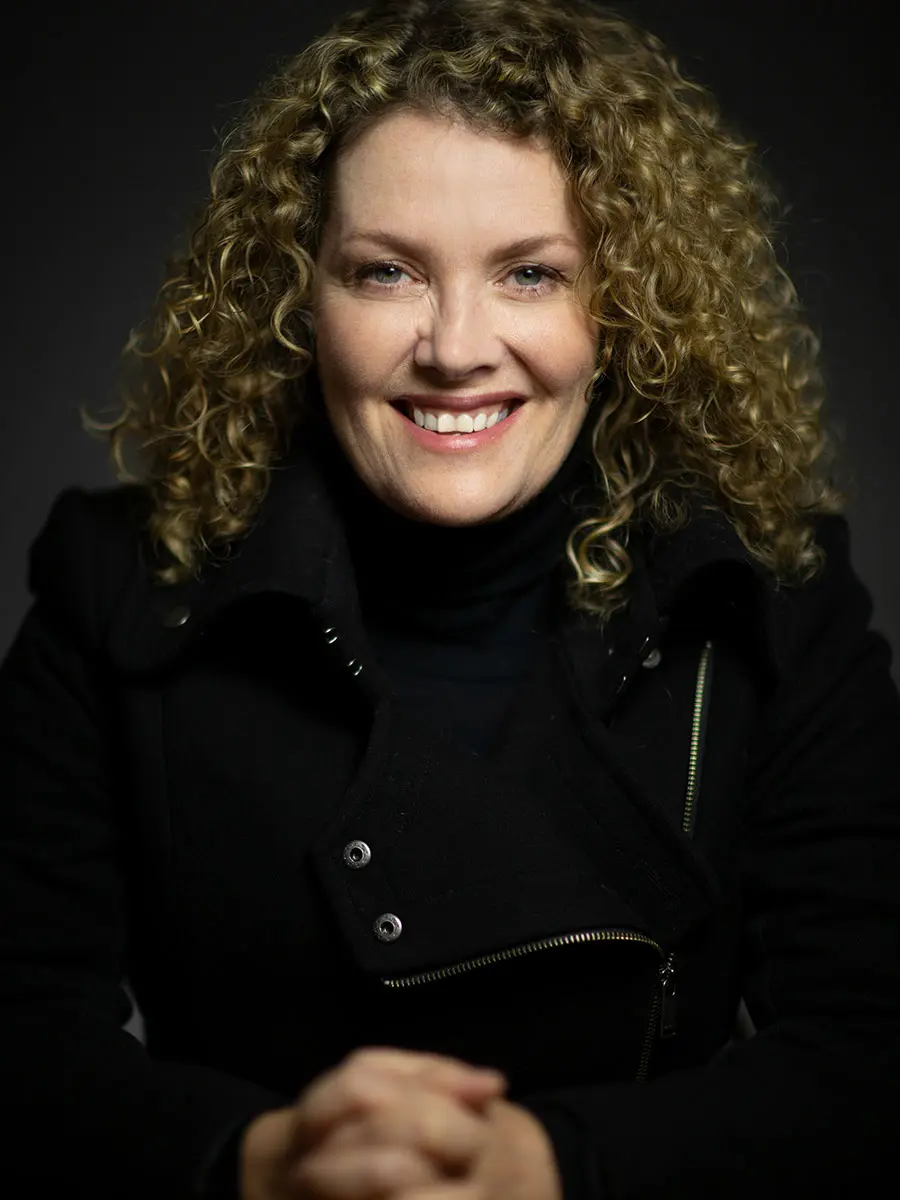

.png/_jcr_content/renditions/hero_square%20(2).webp)

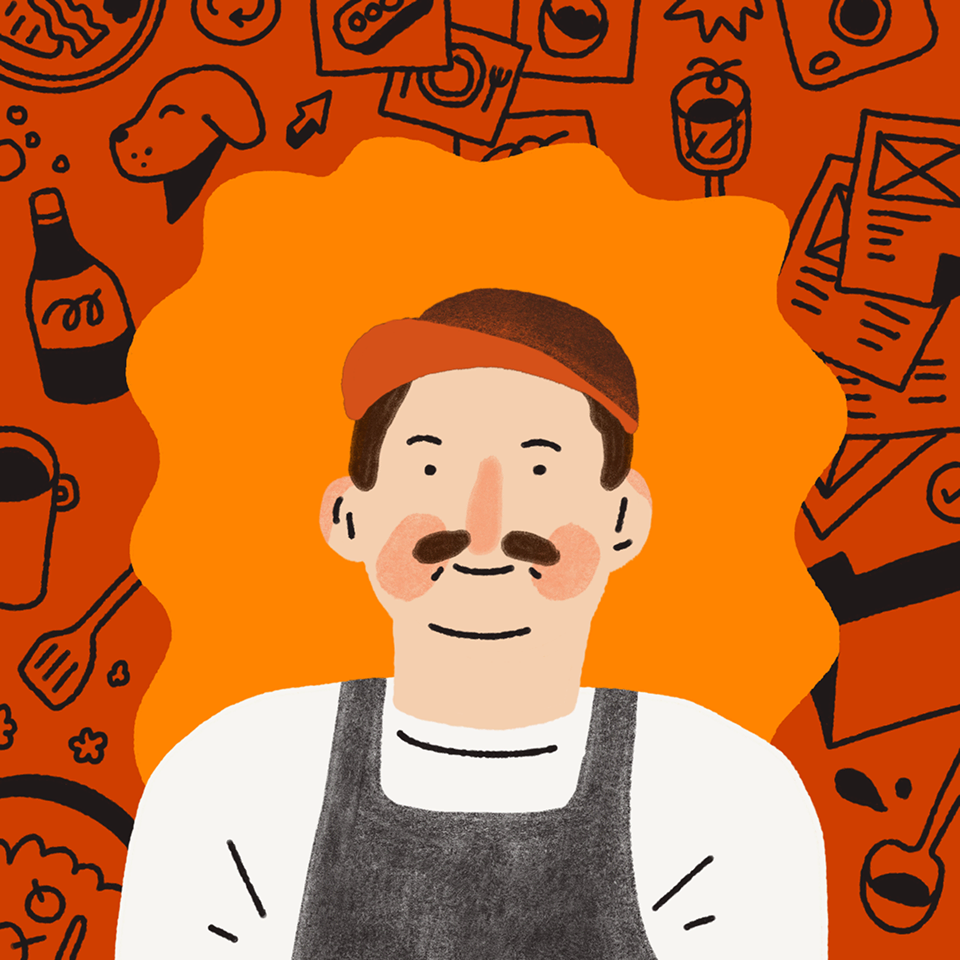





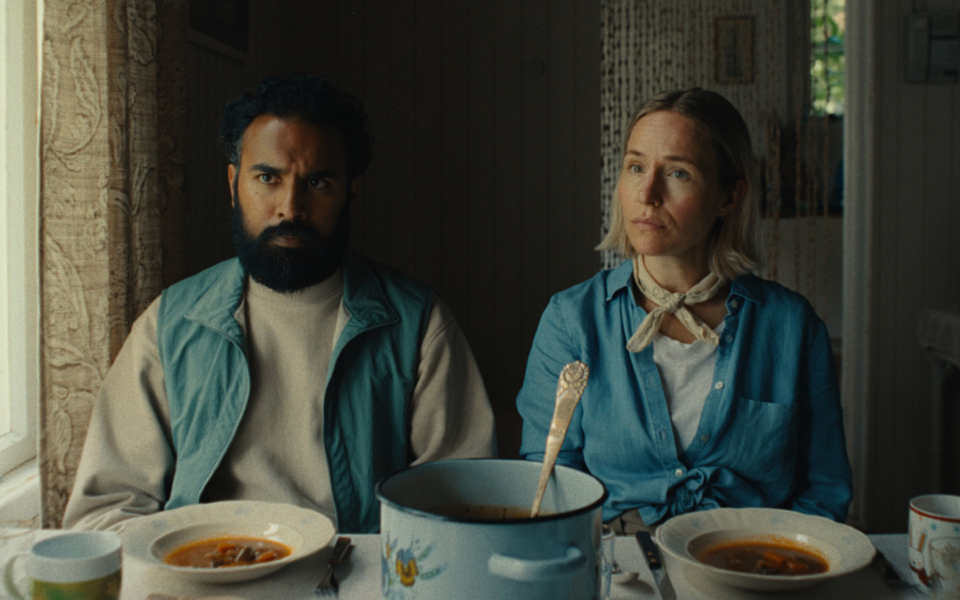
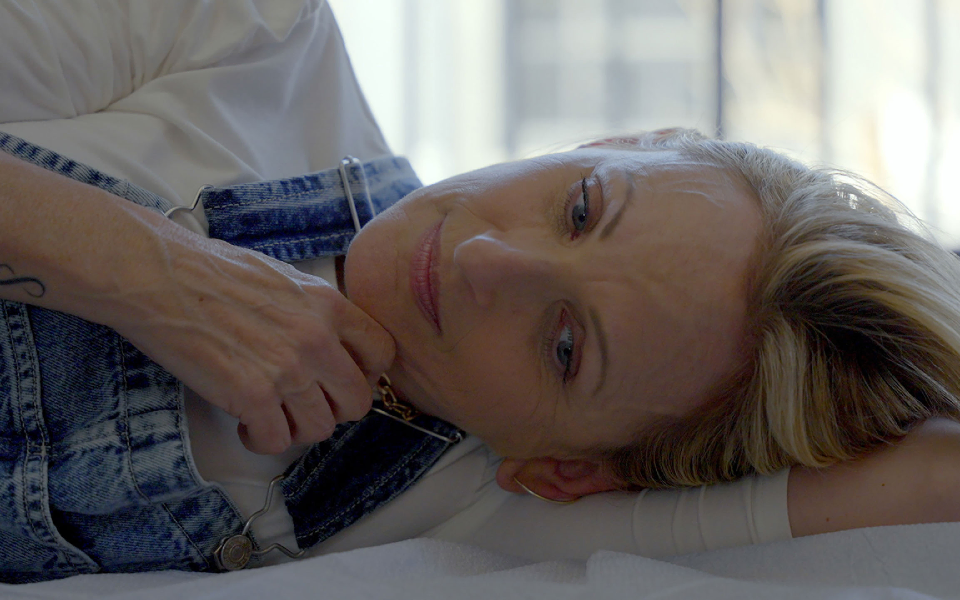




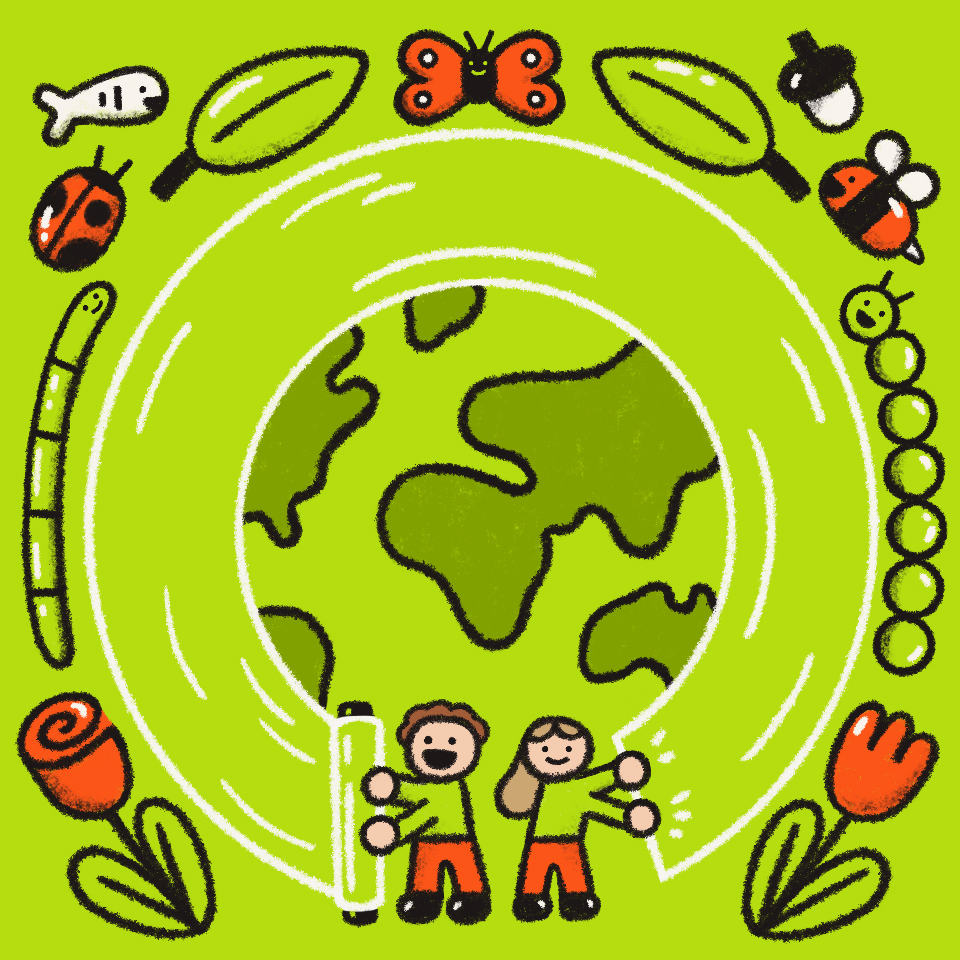
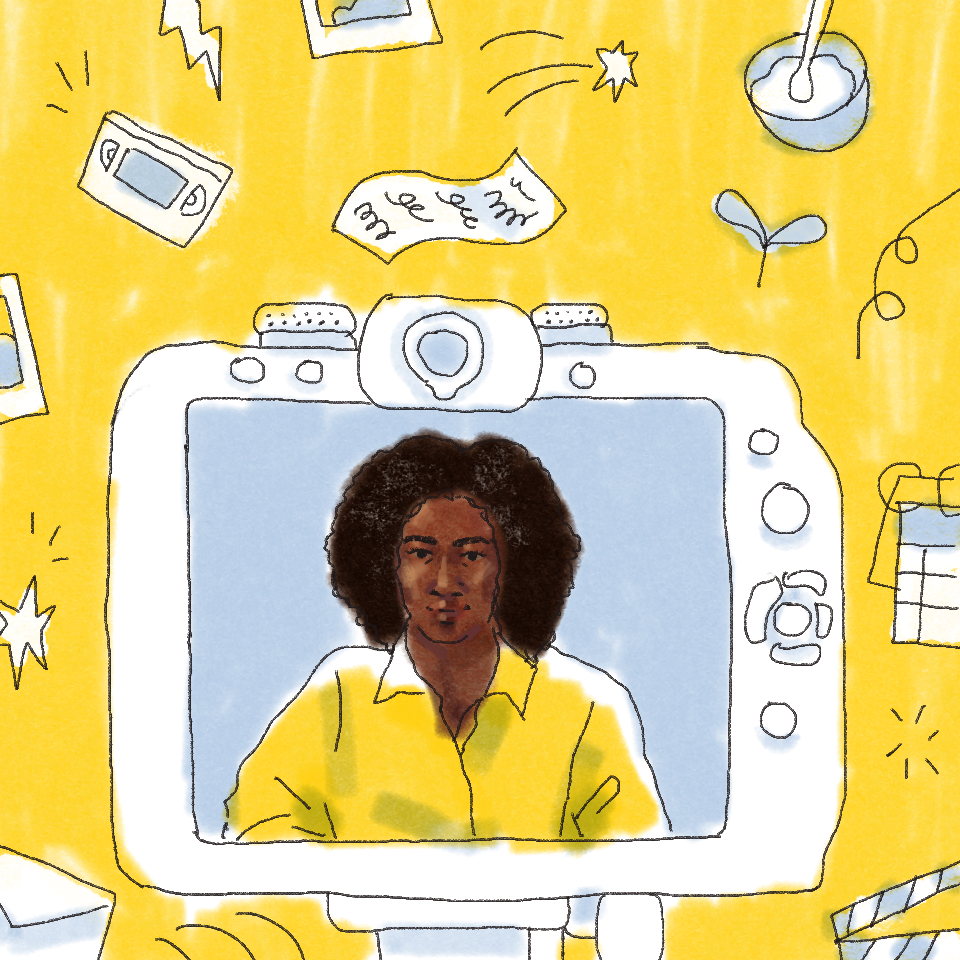
.jpg/_jcr_content/renditions/1200x628%20(5).webp)



